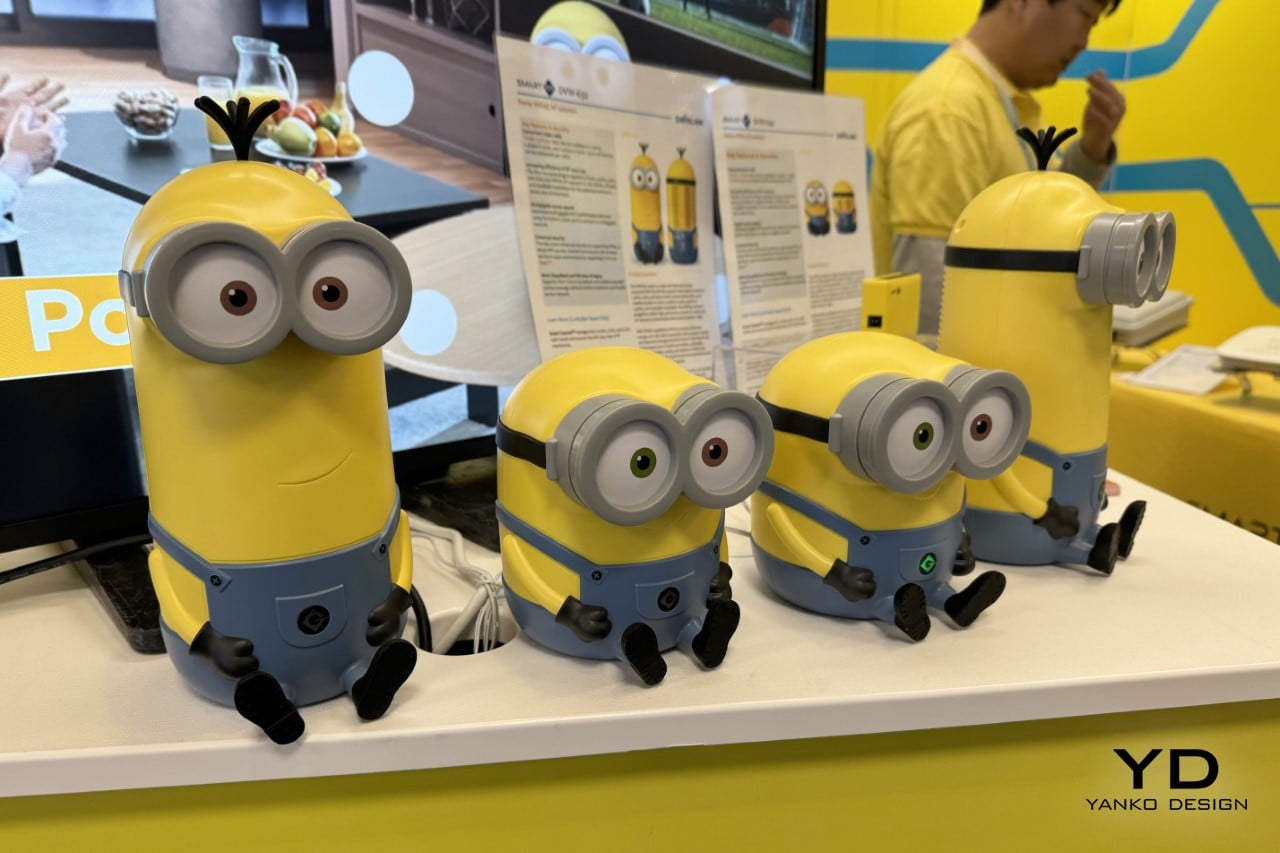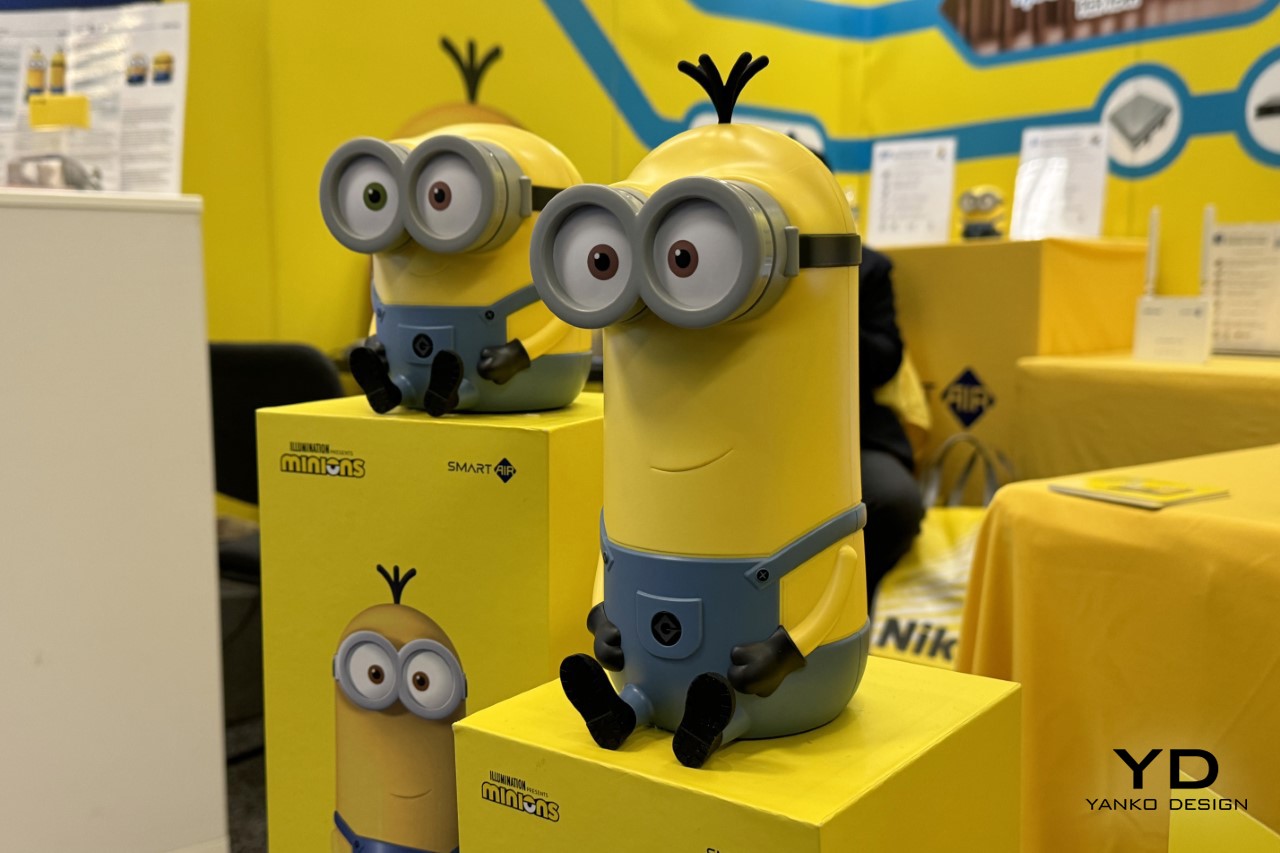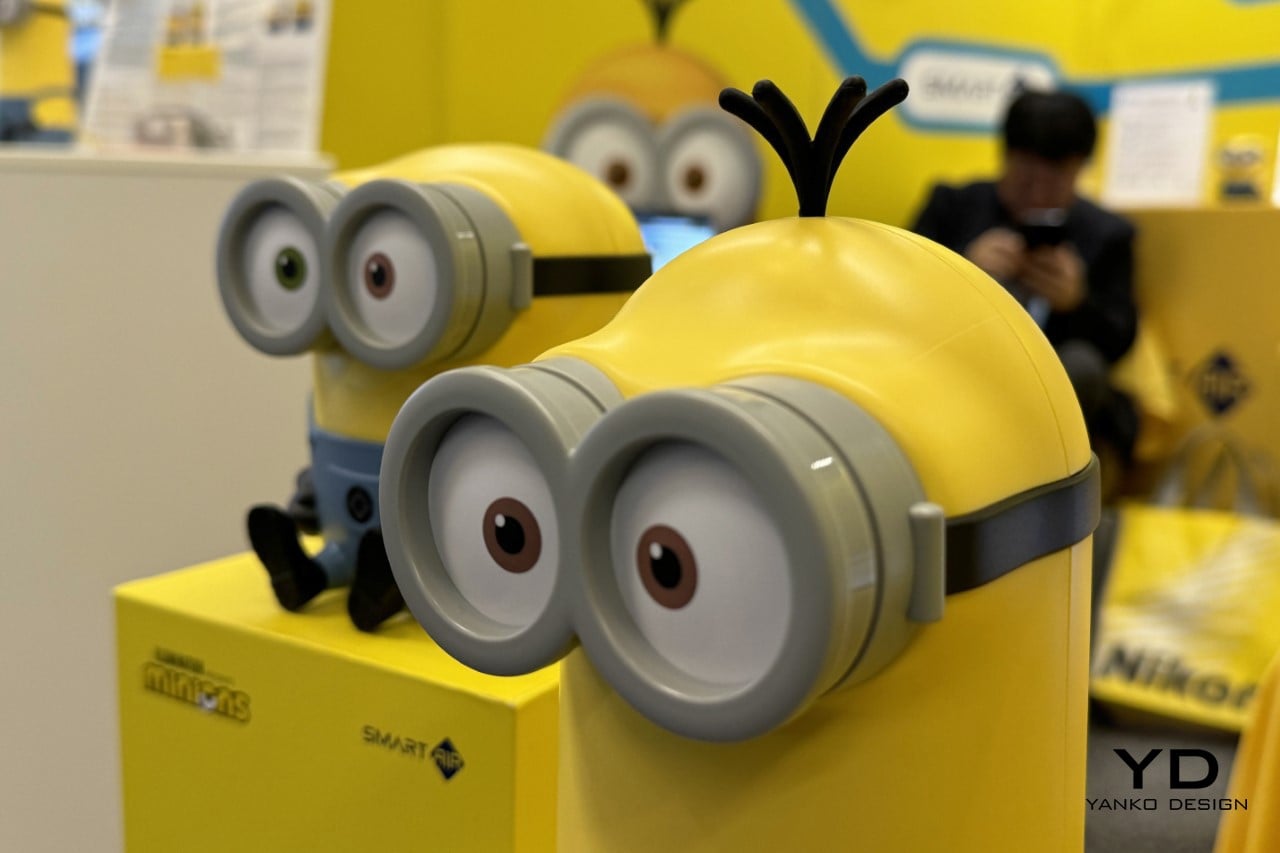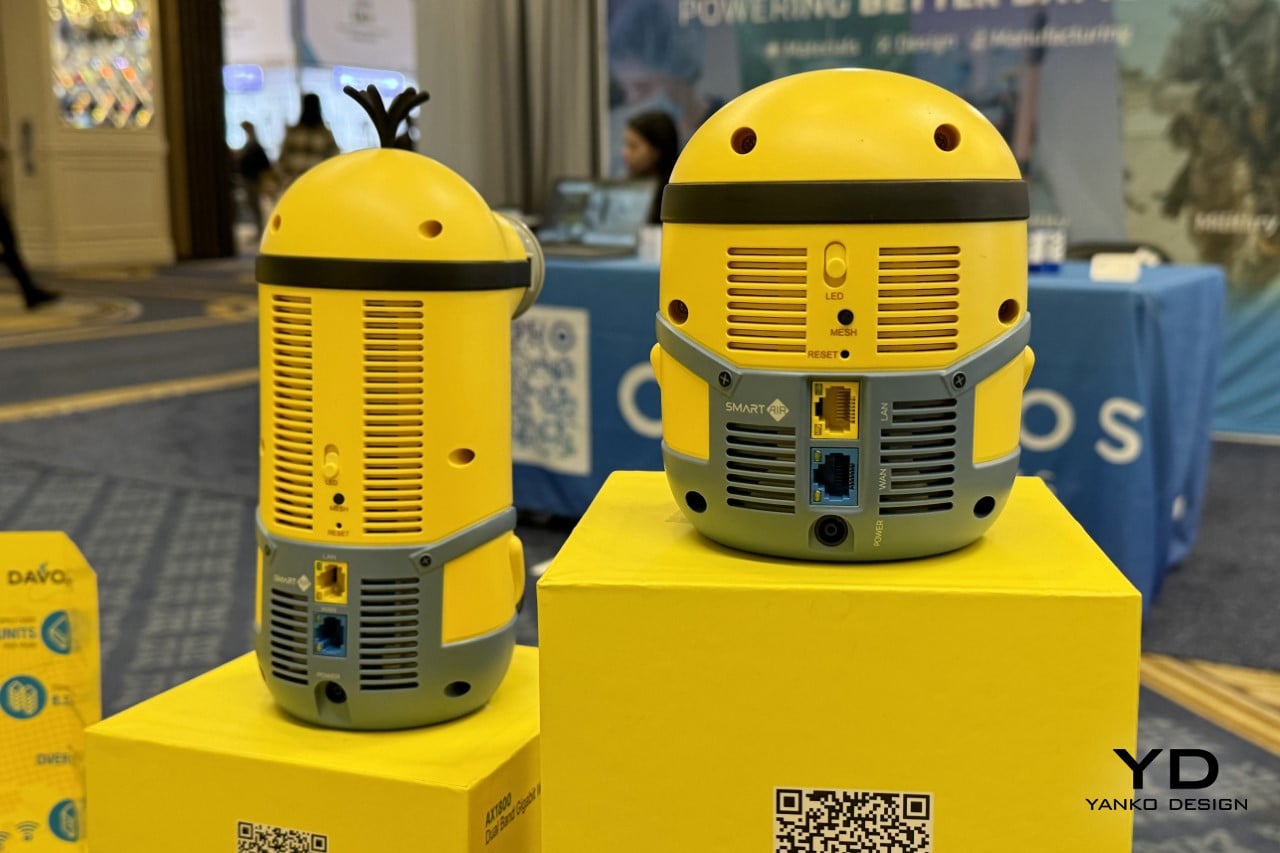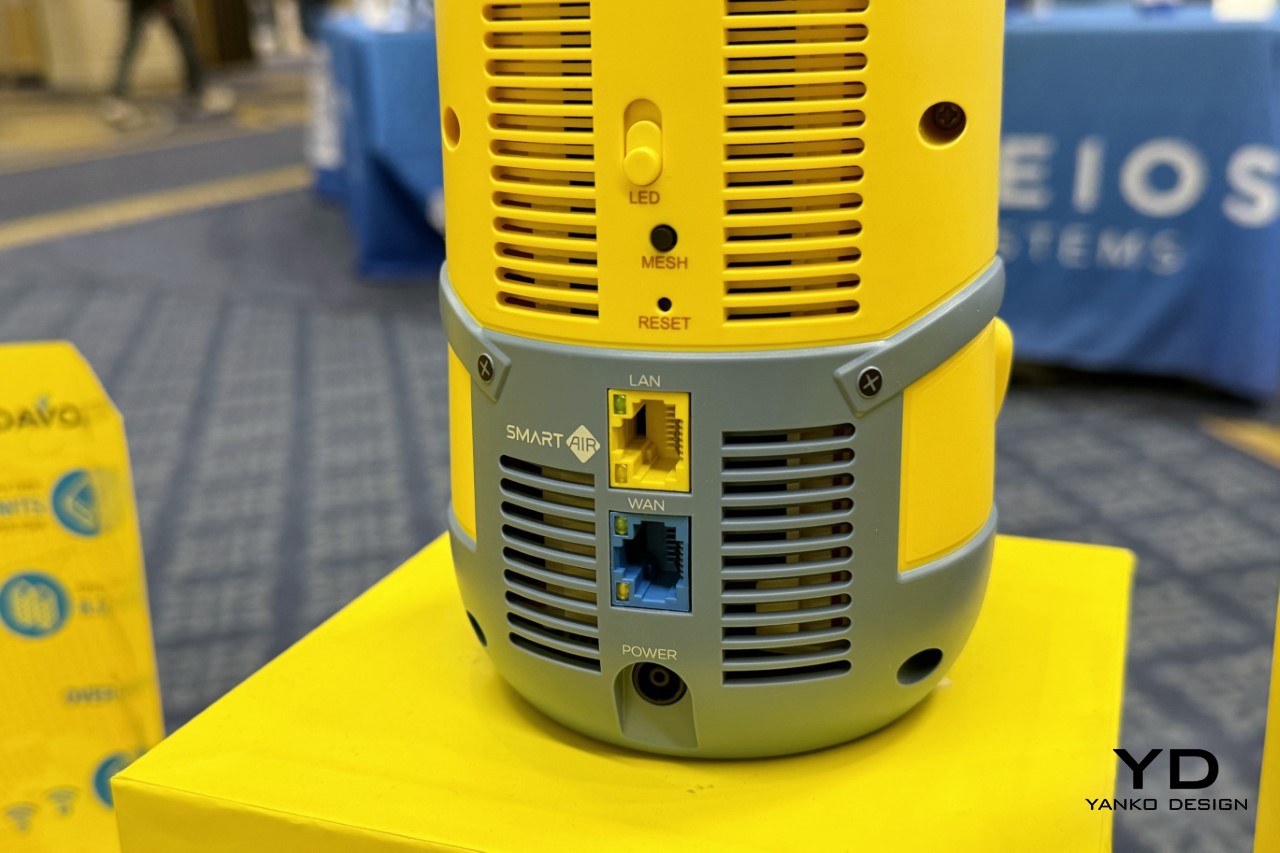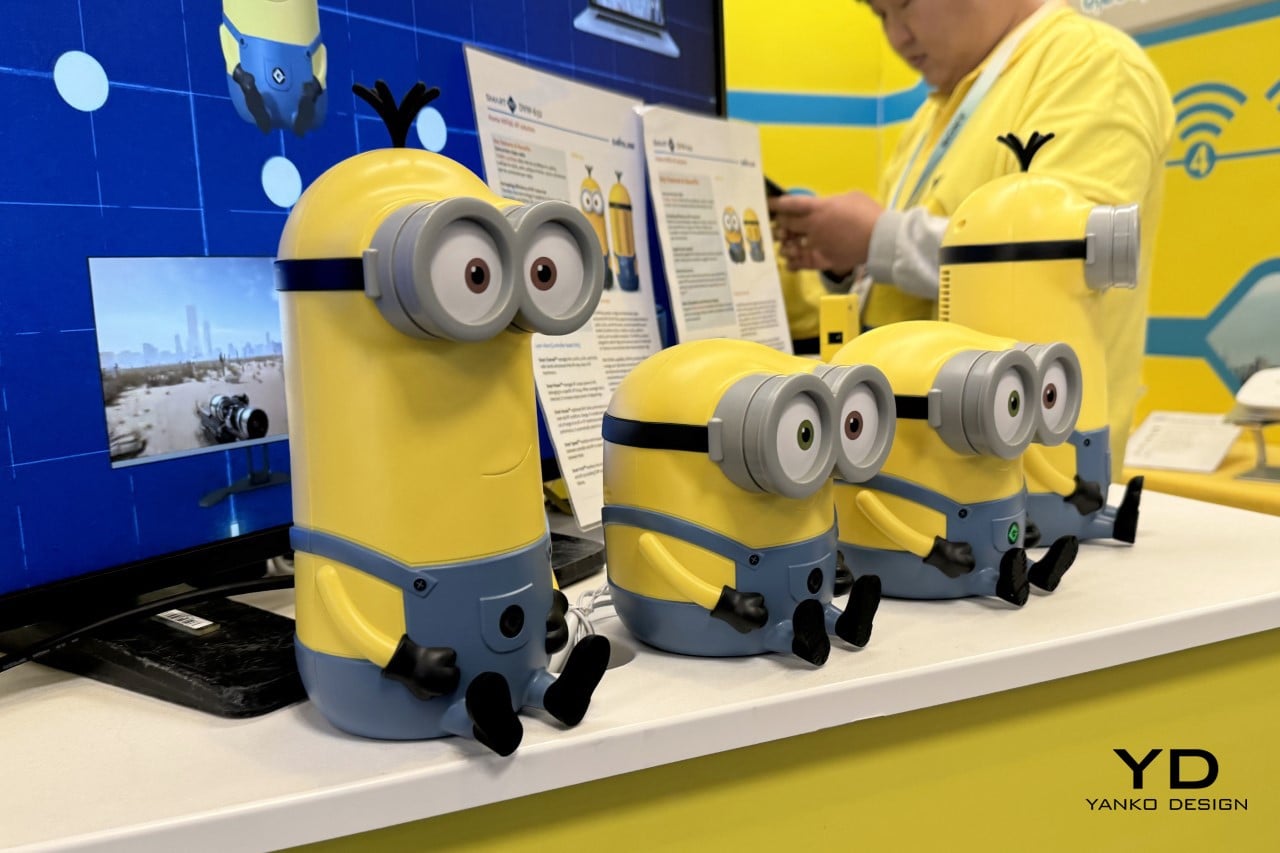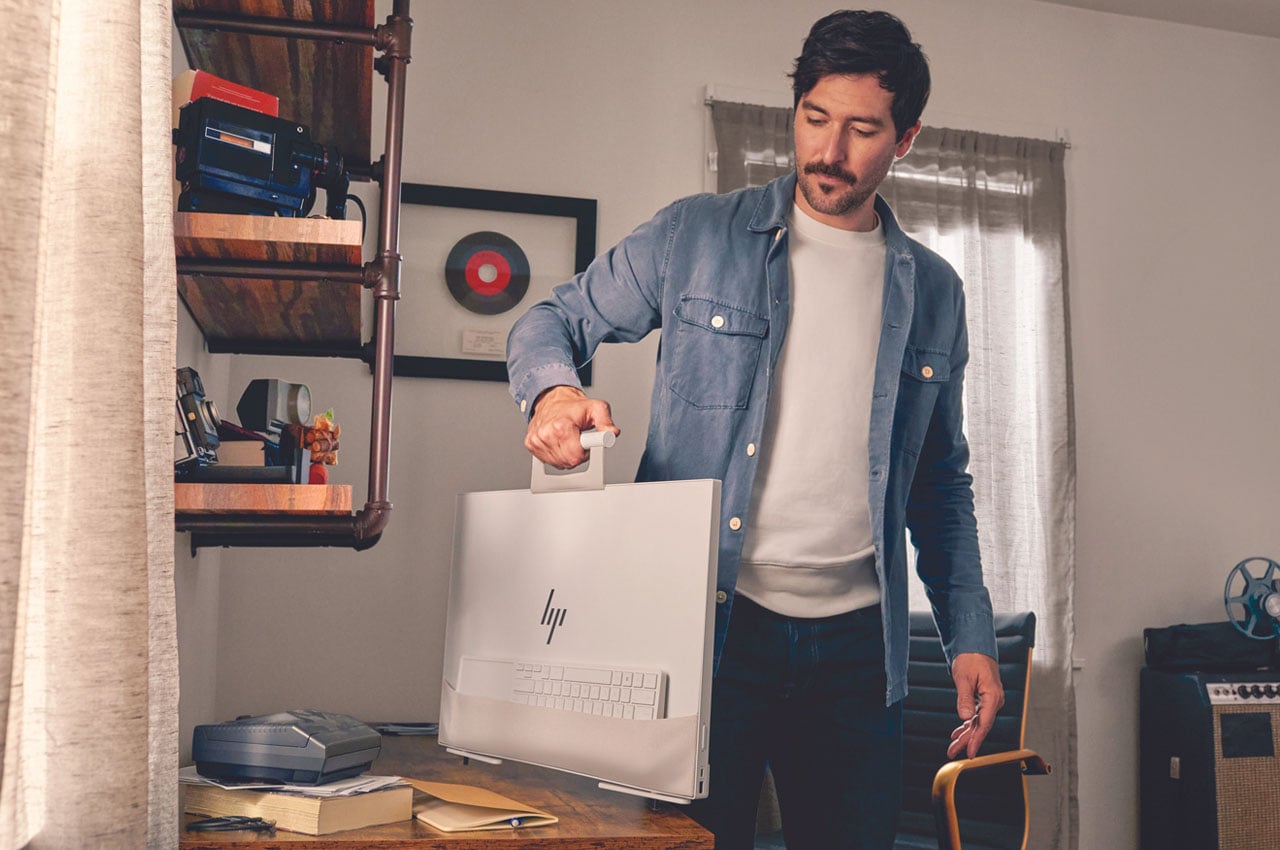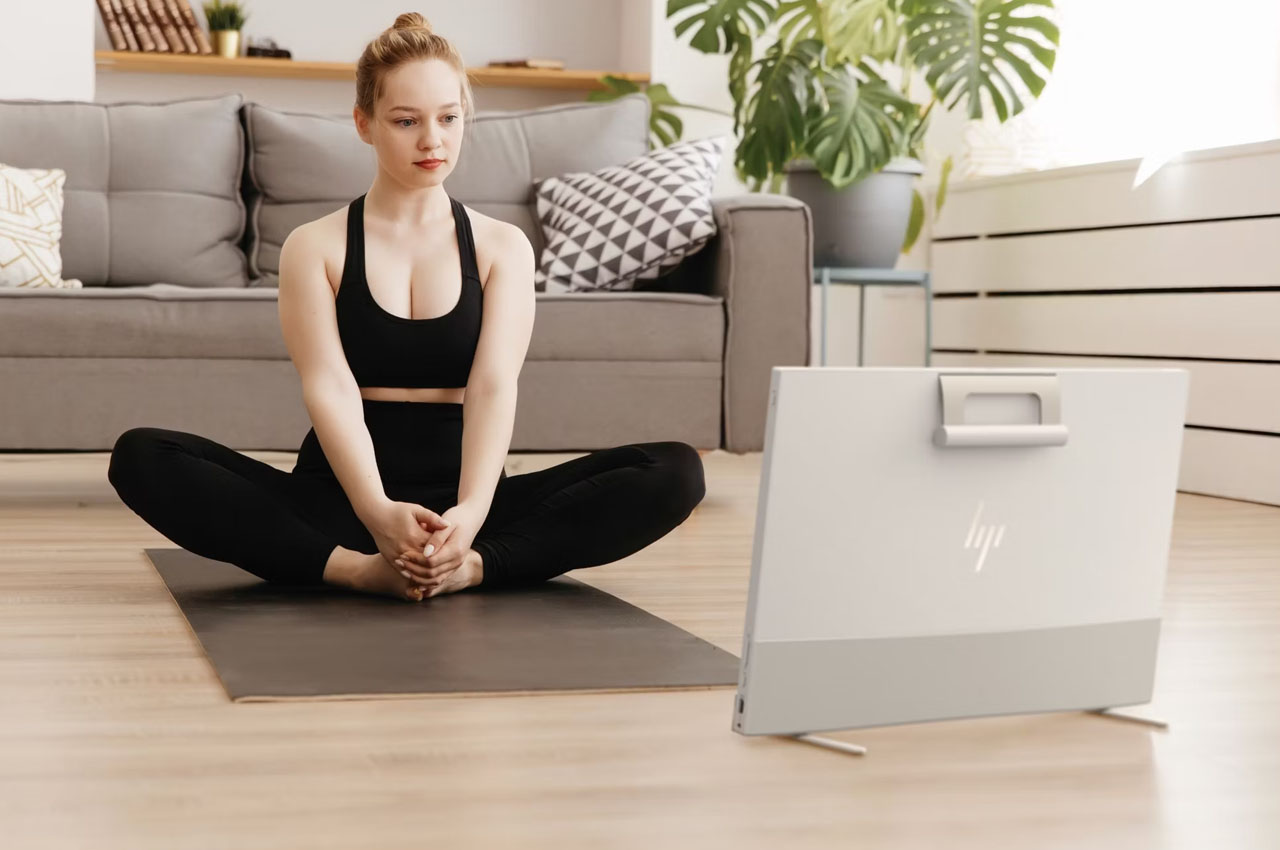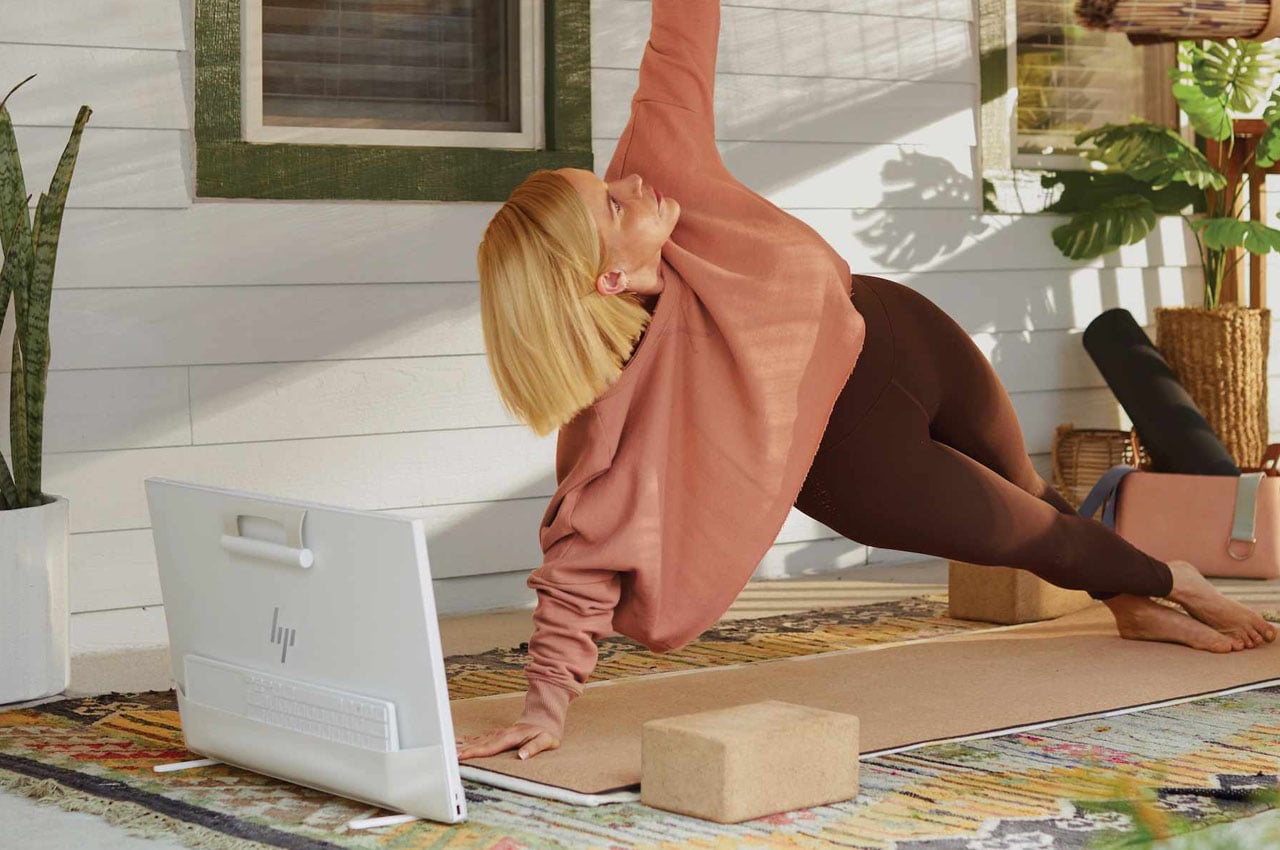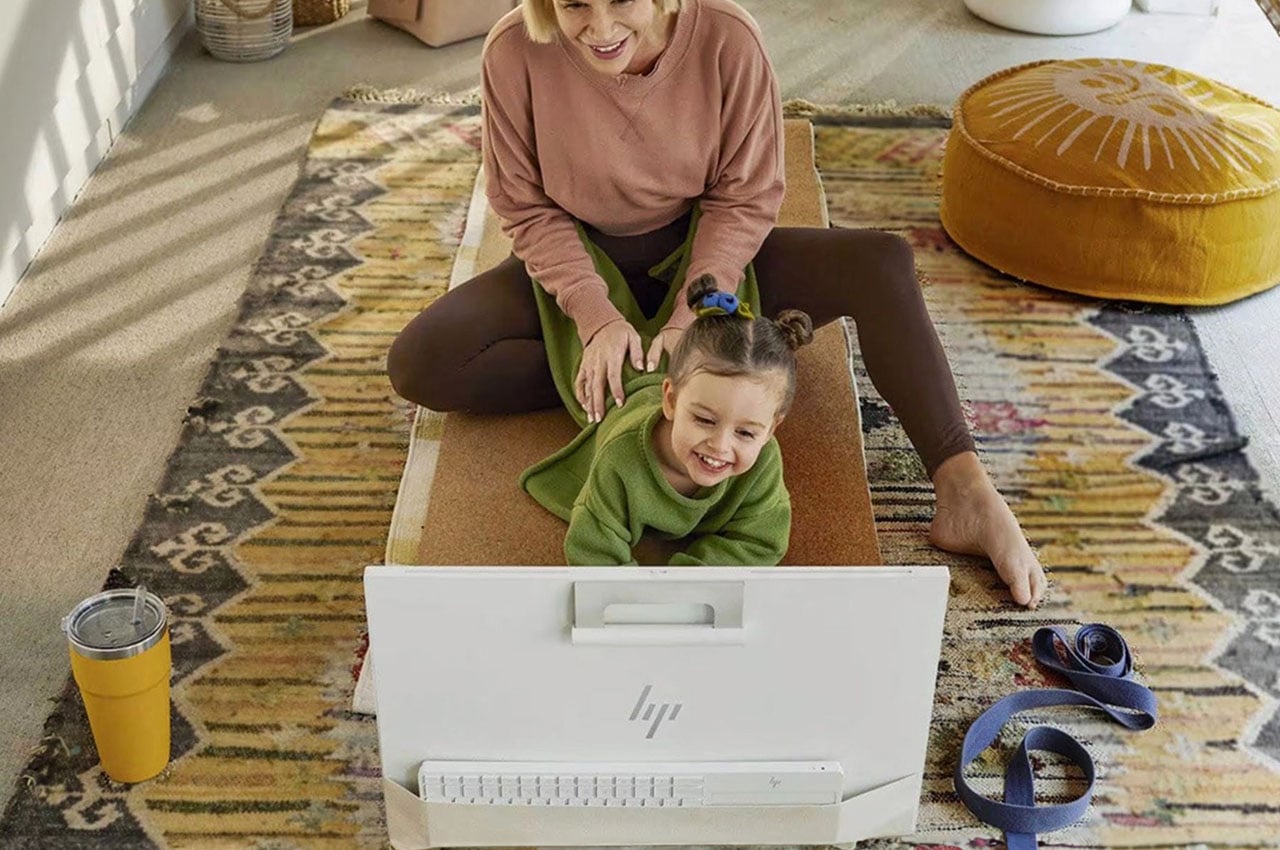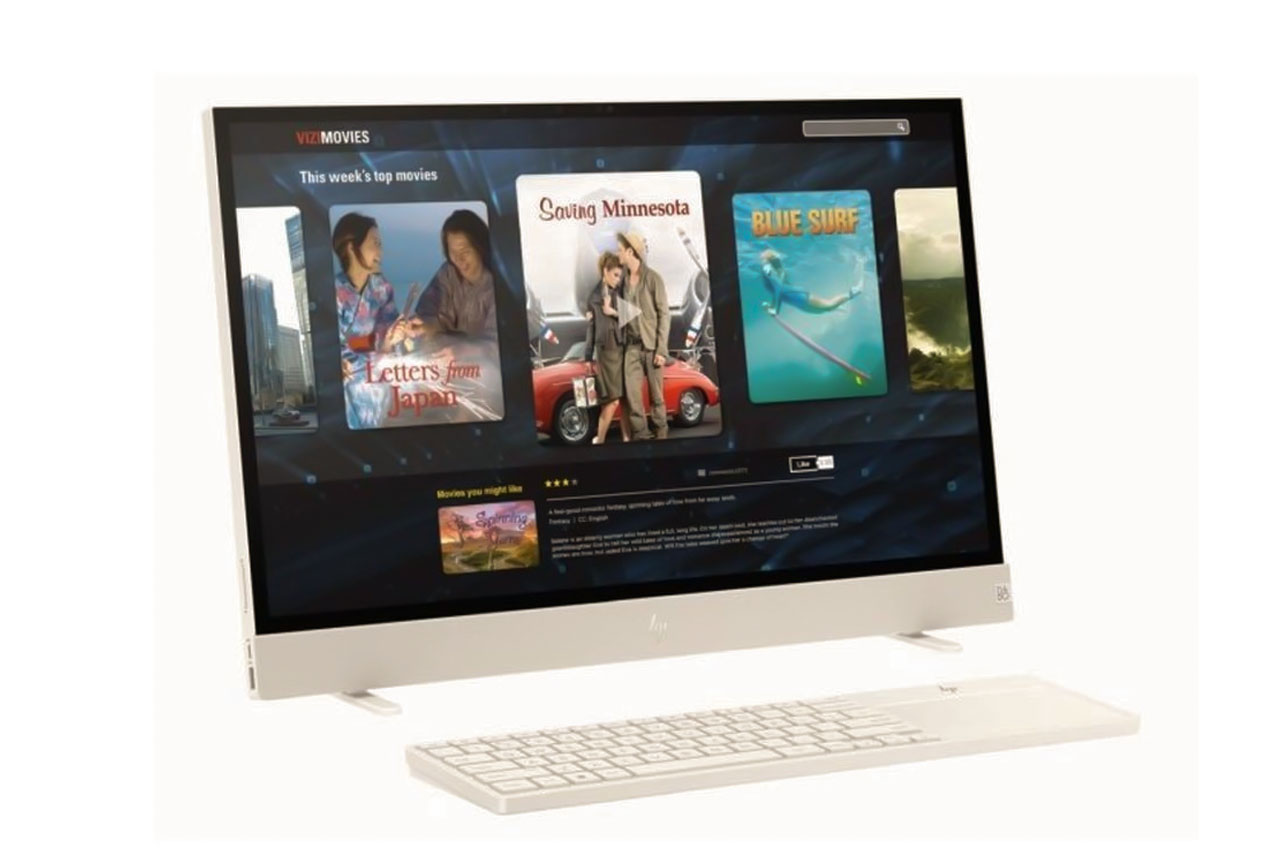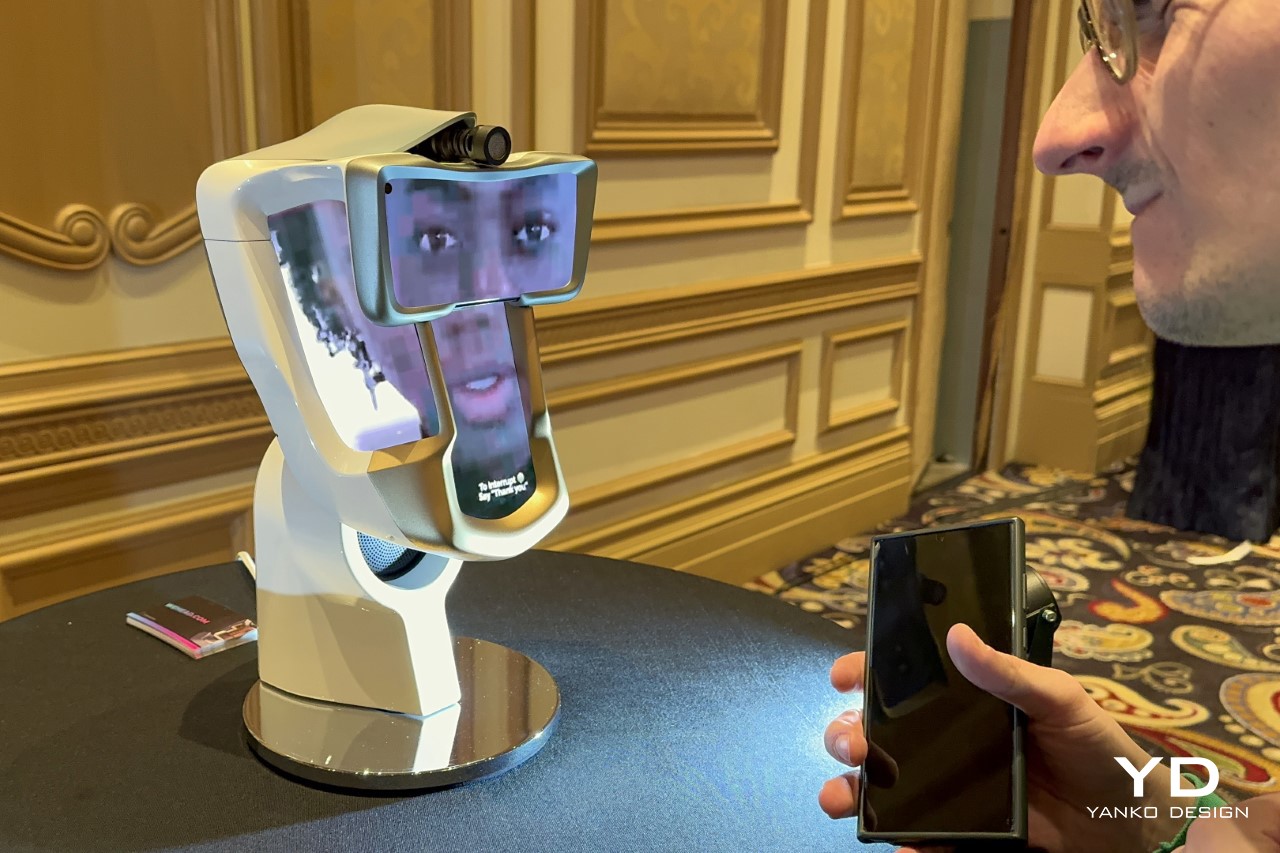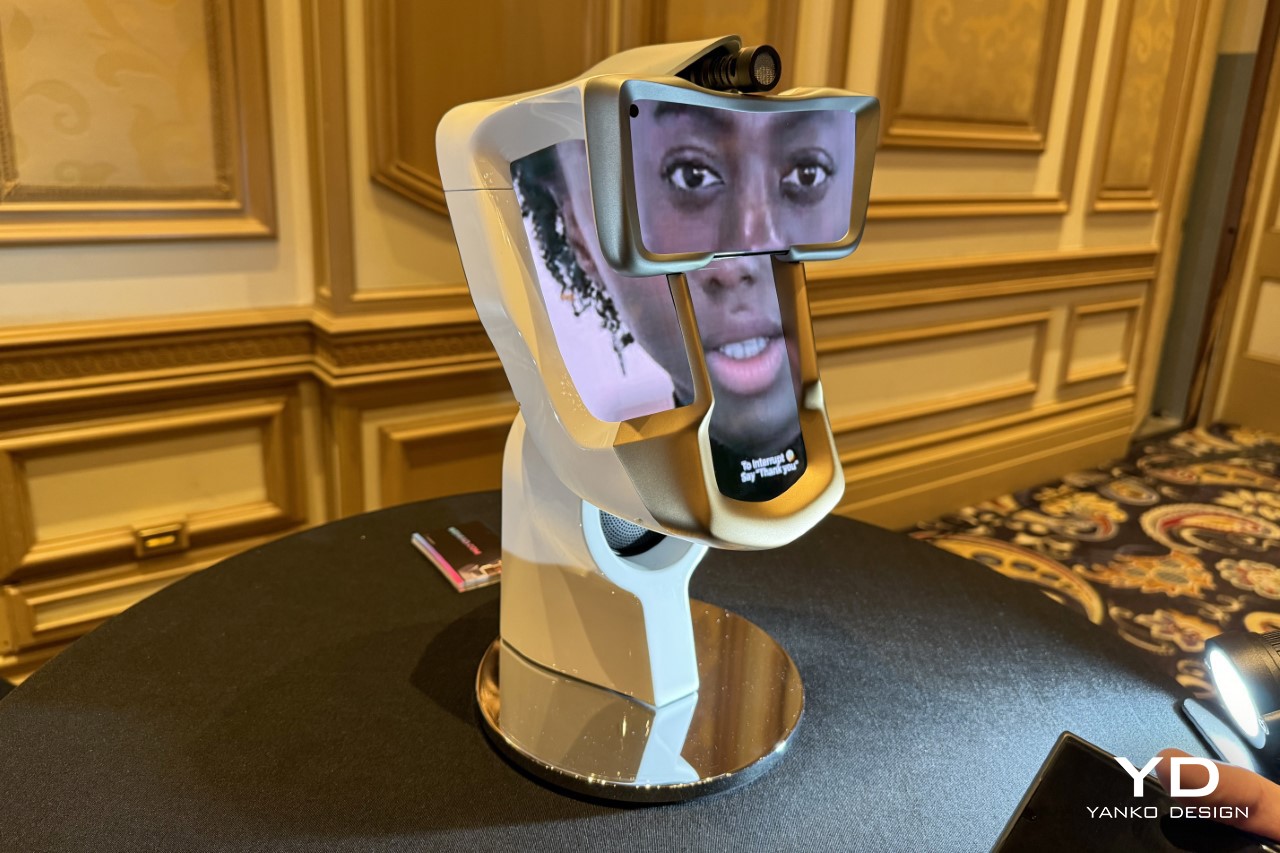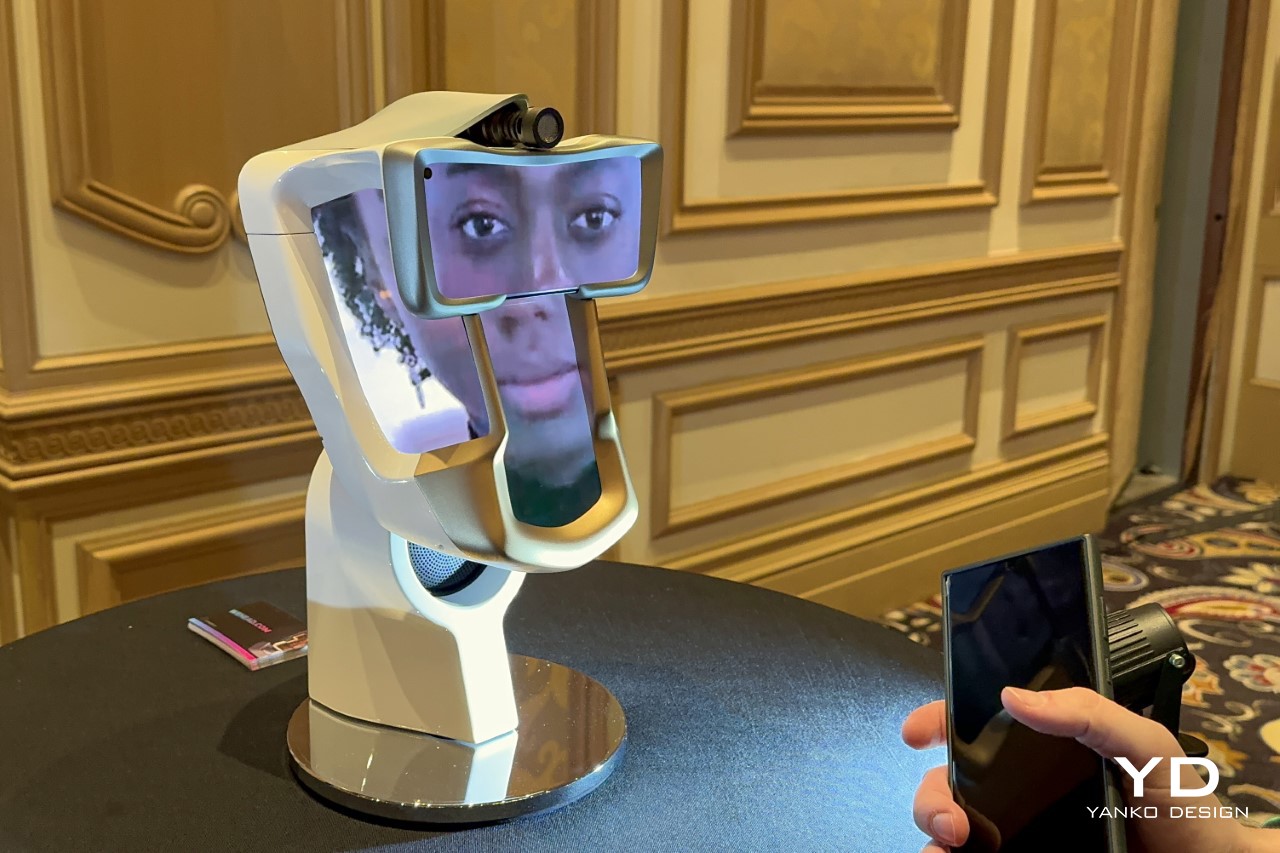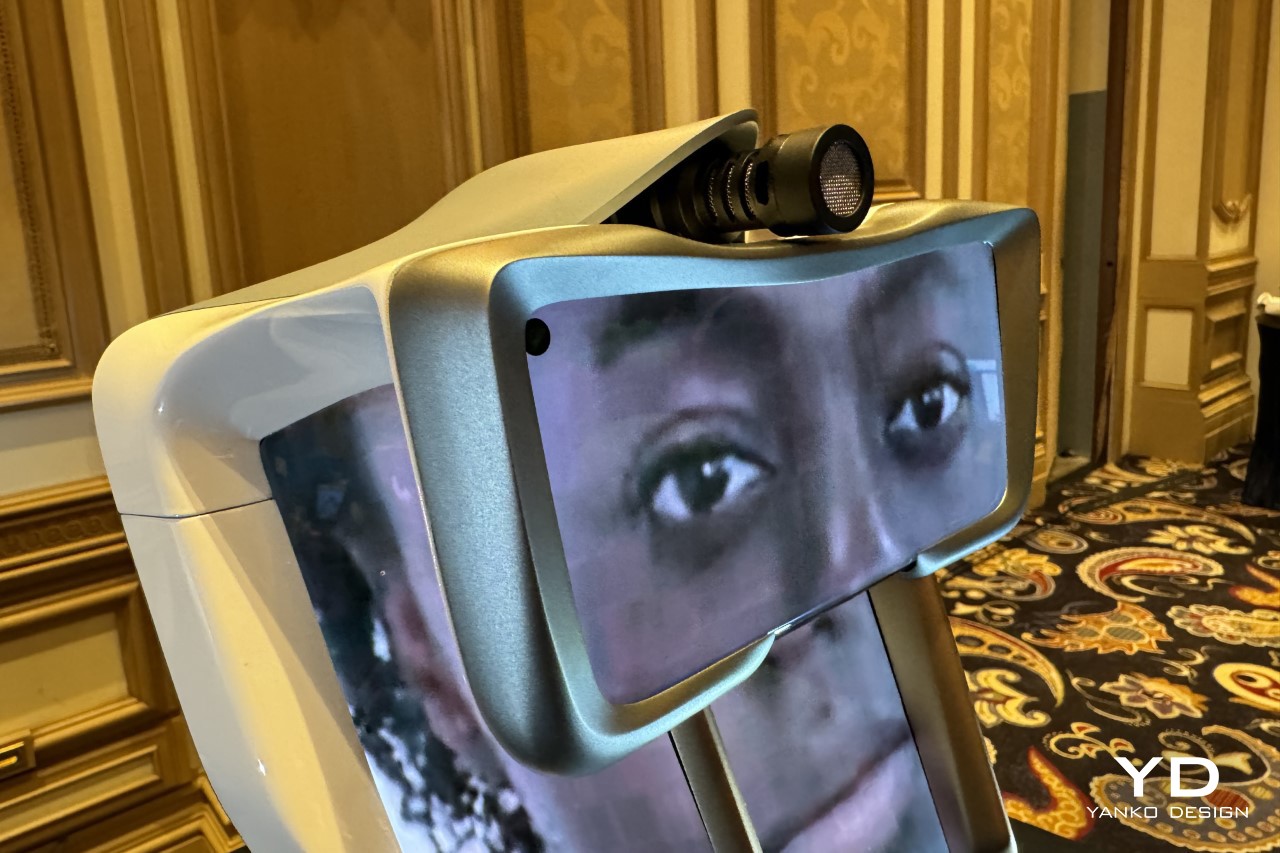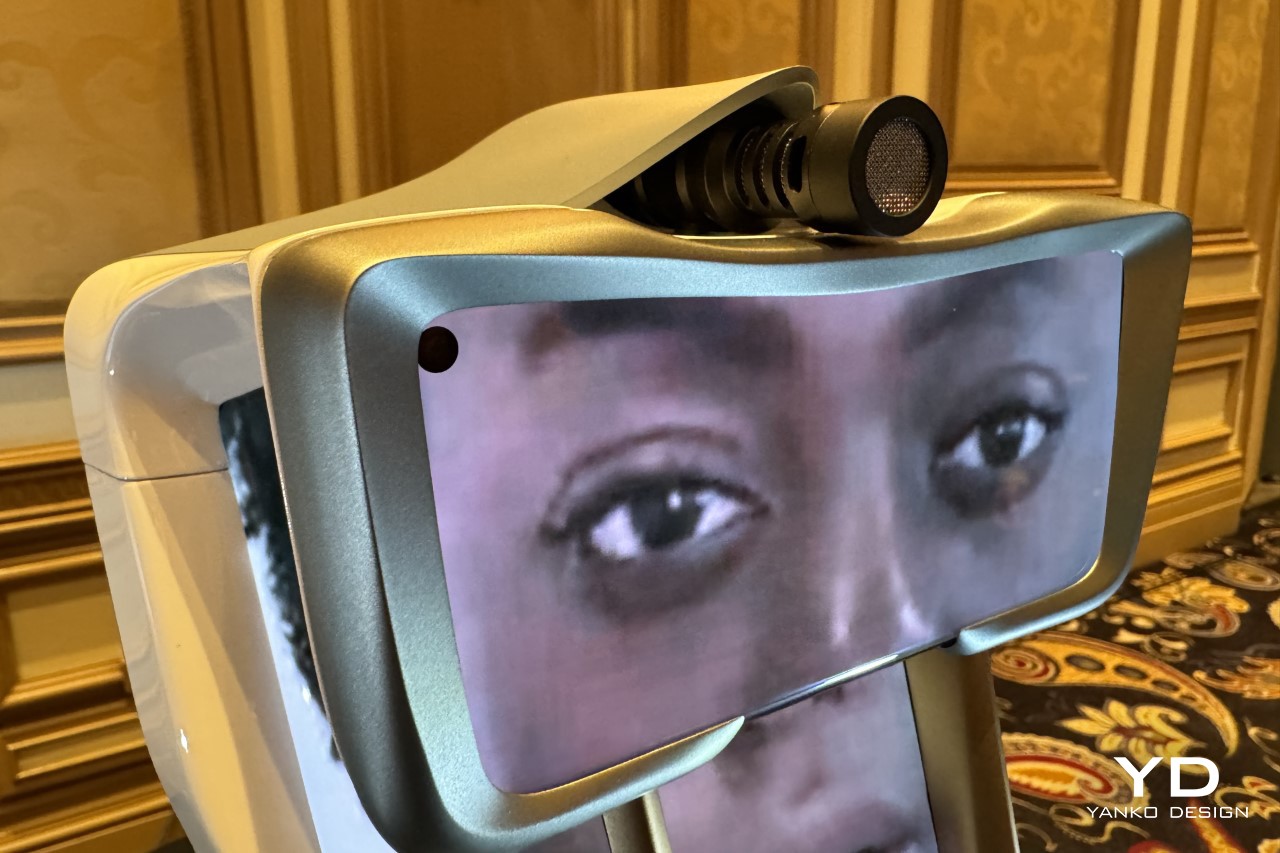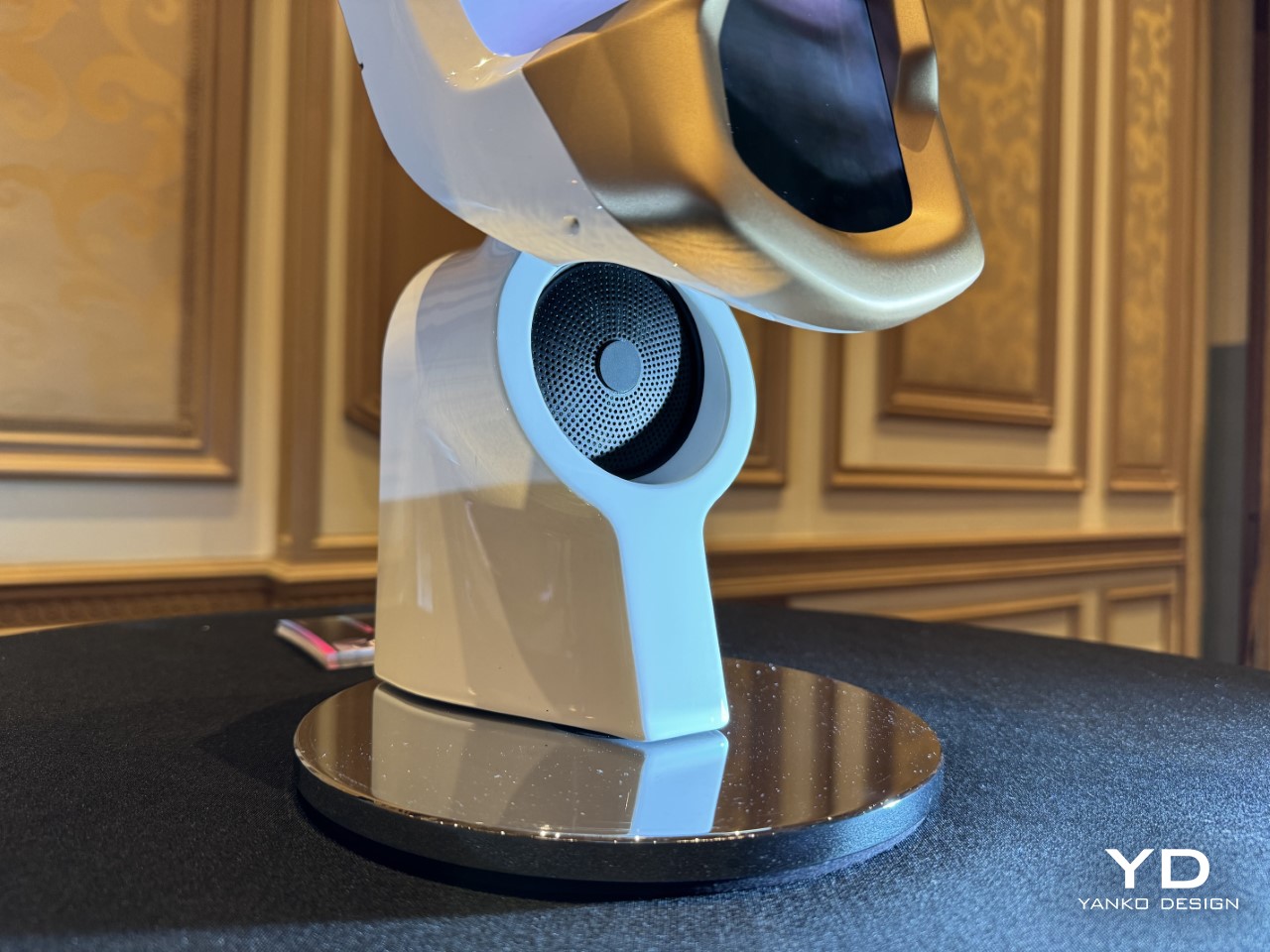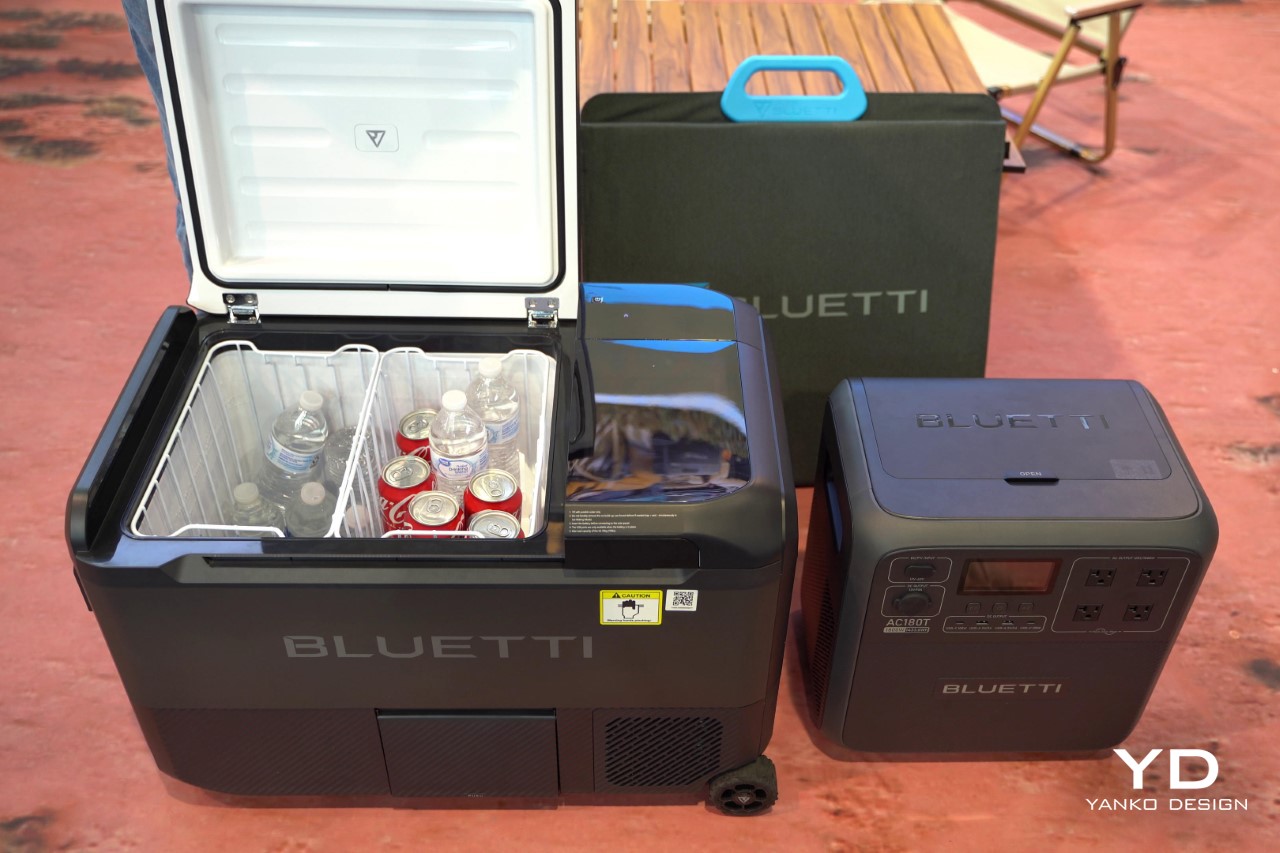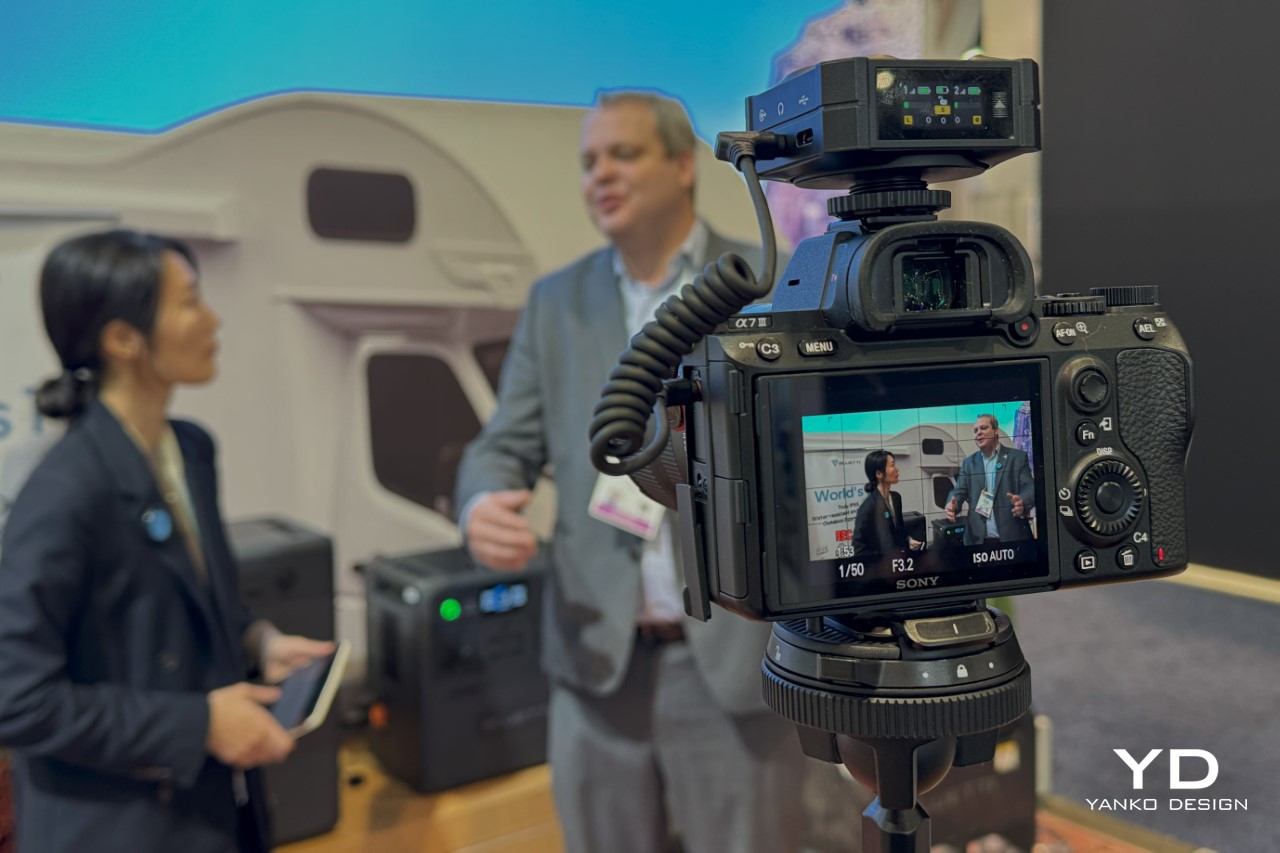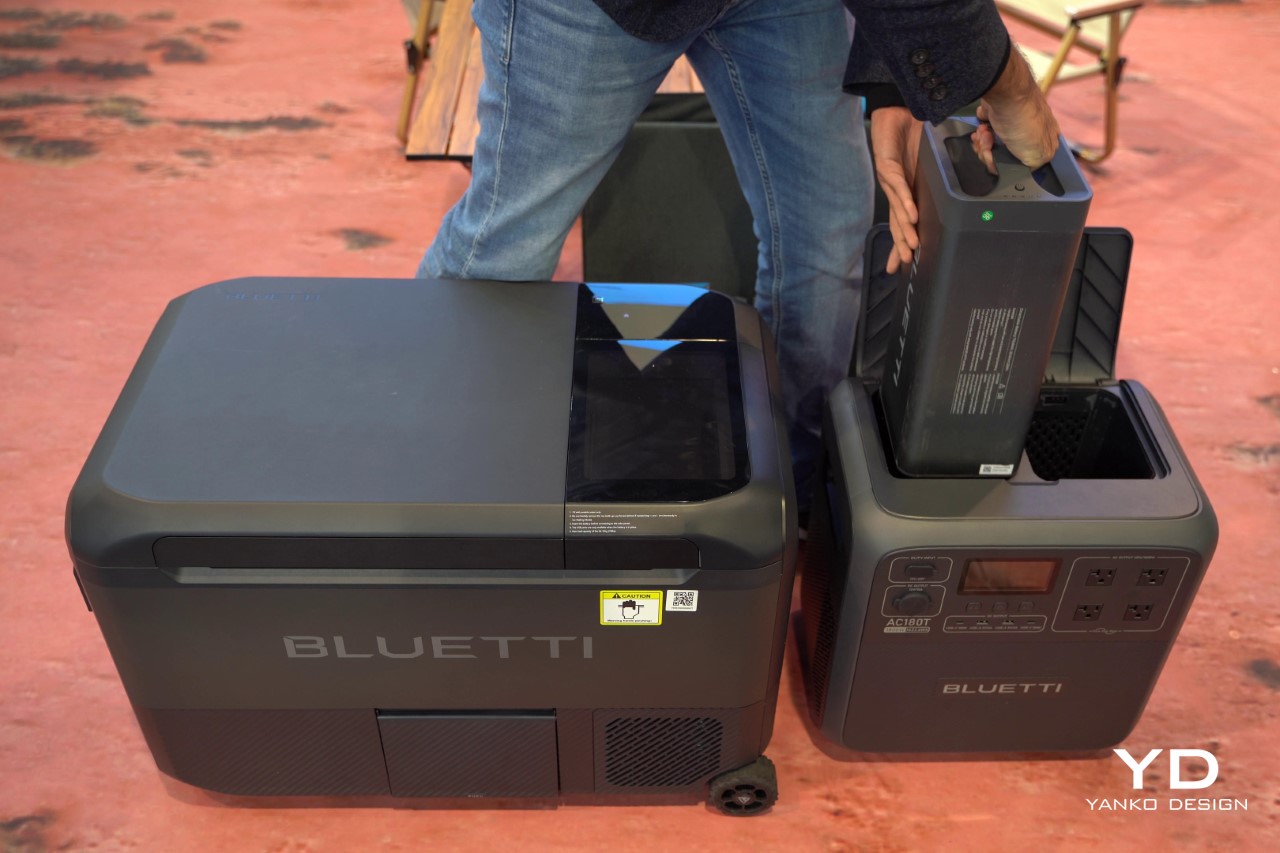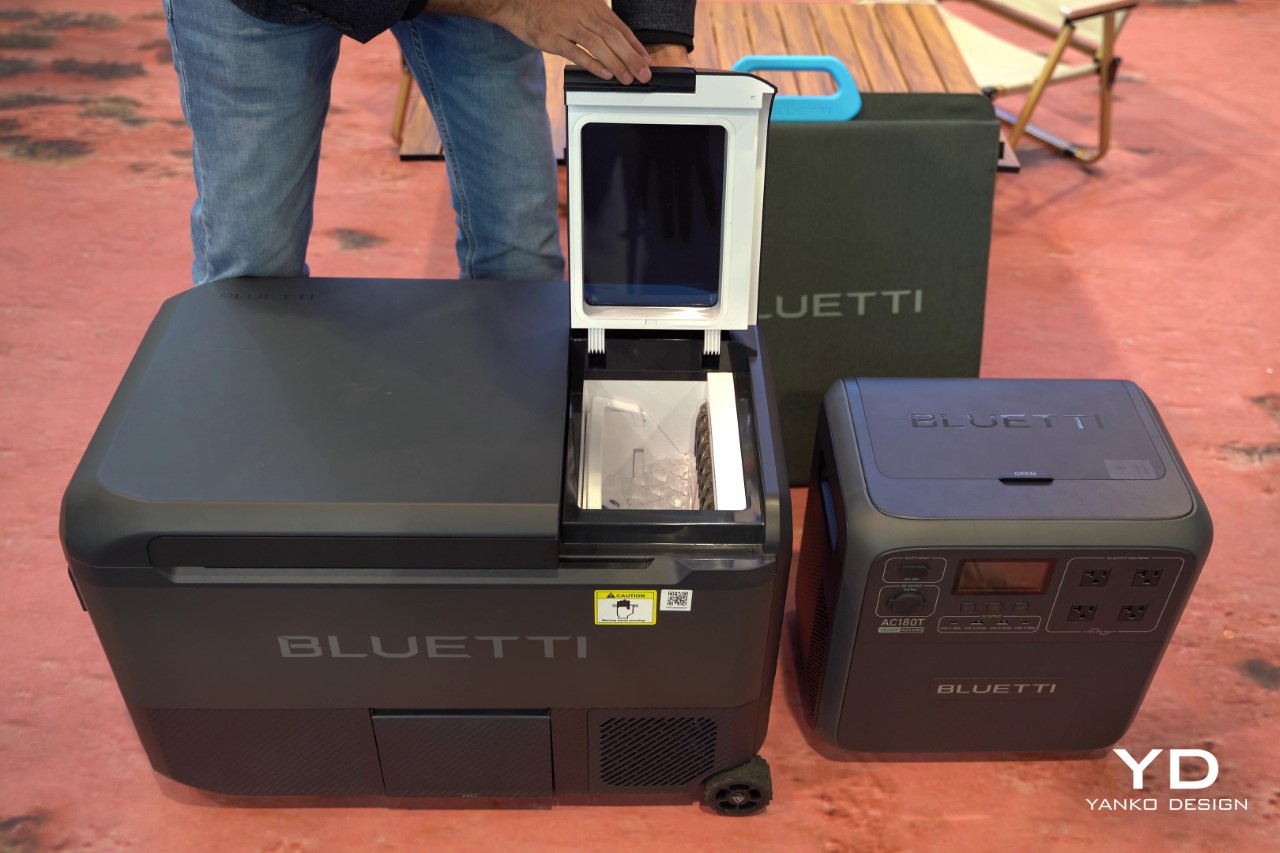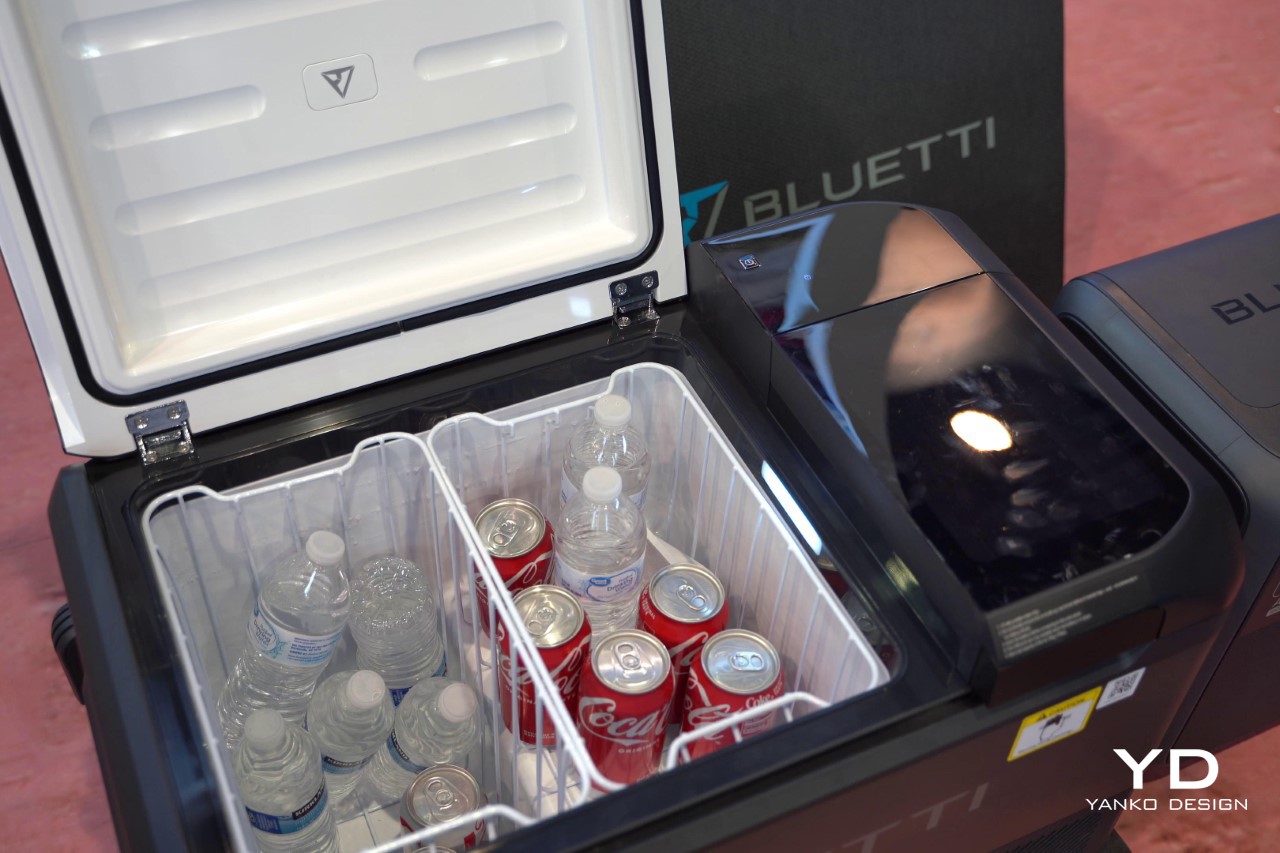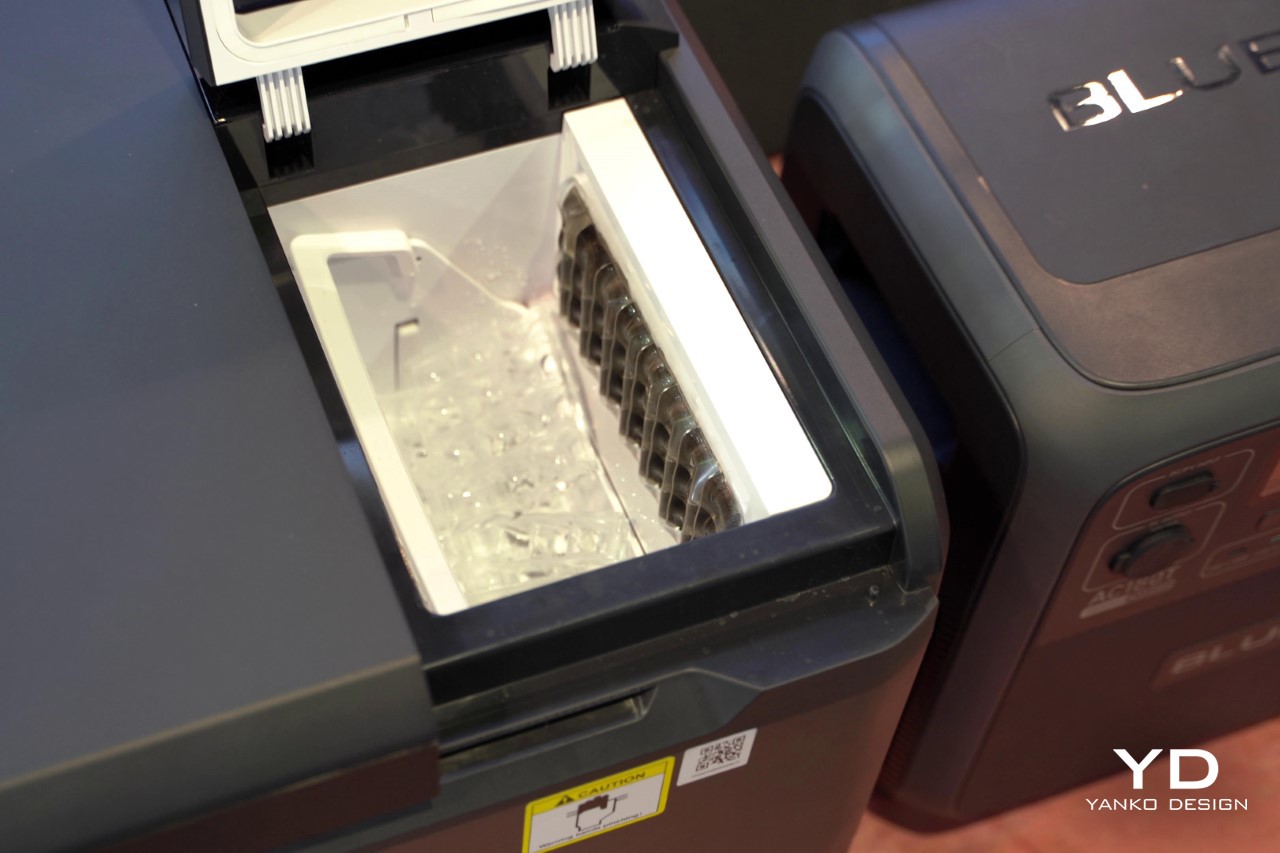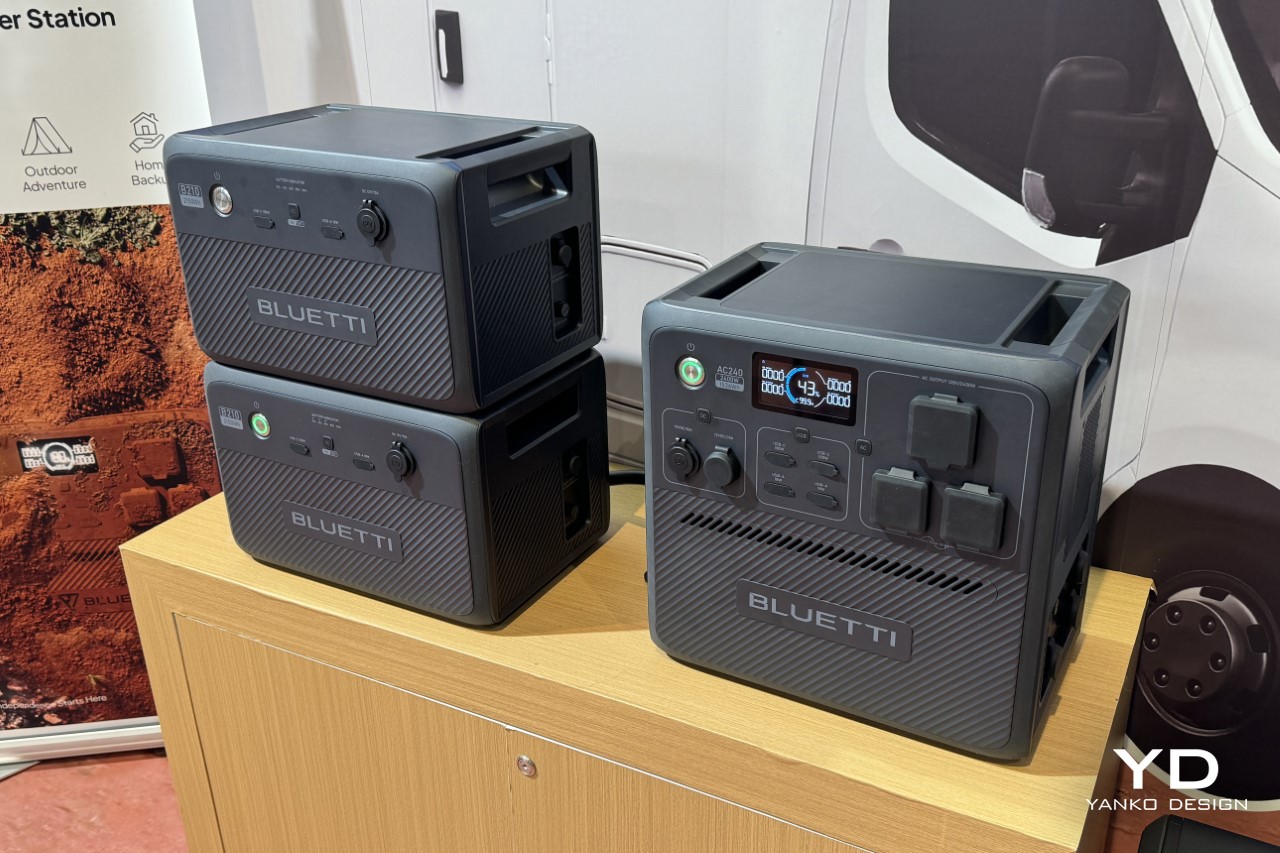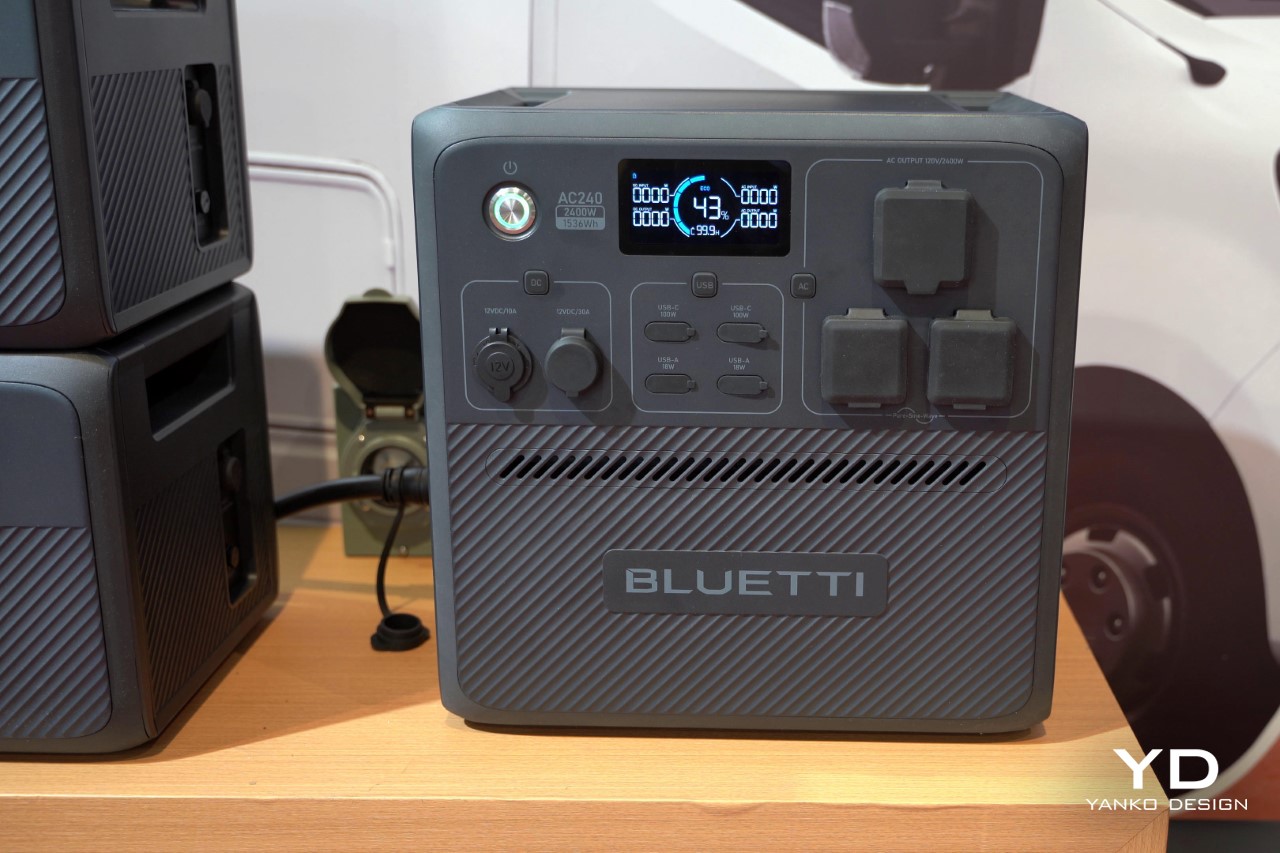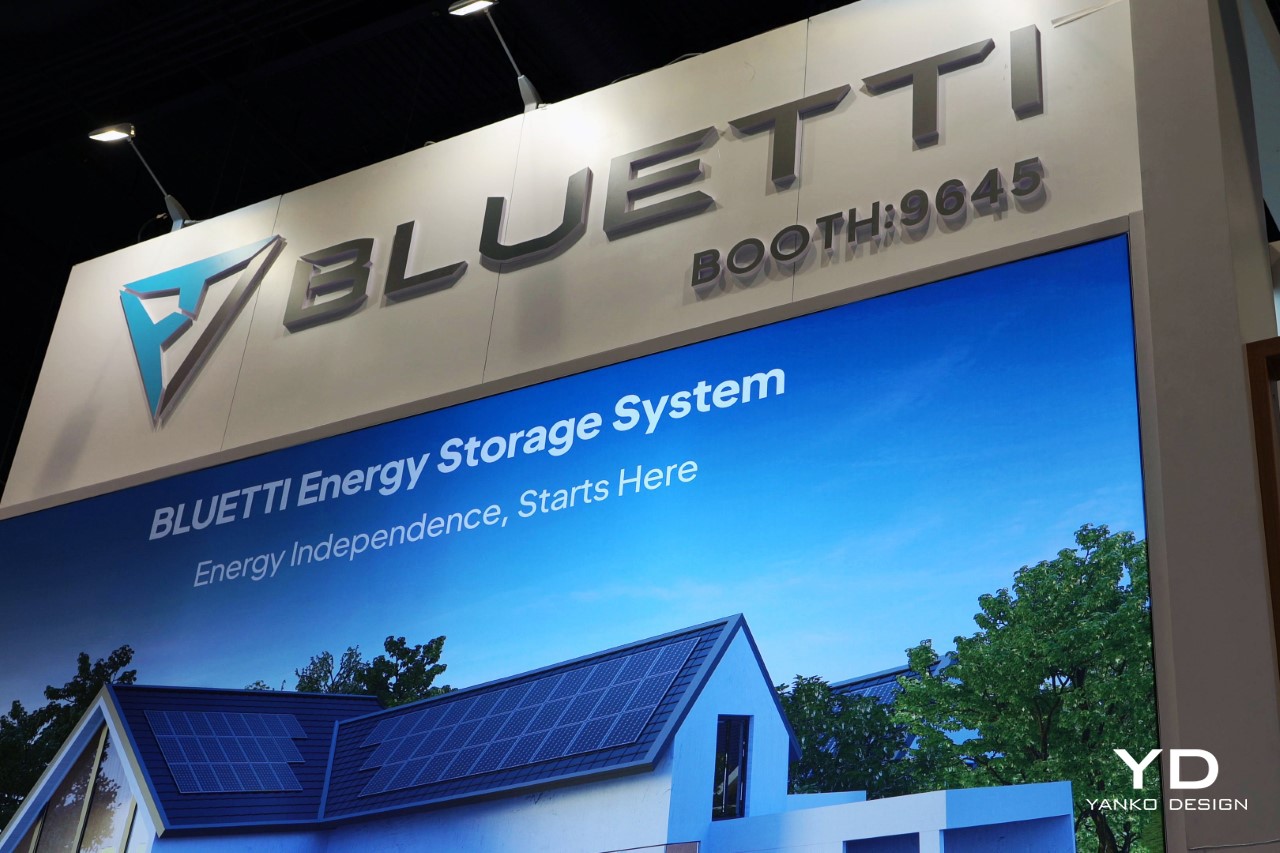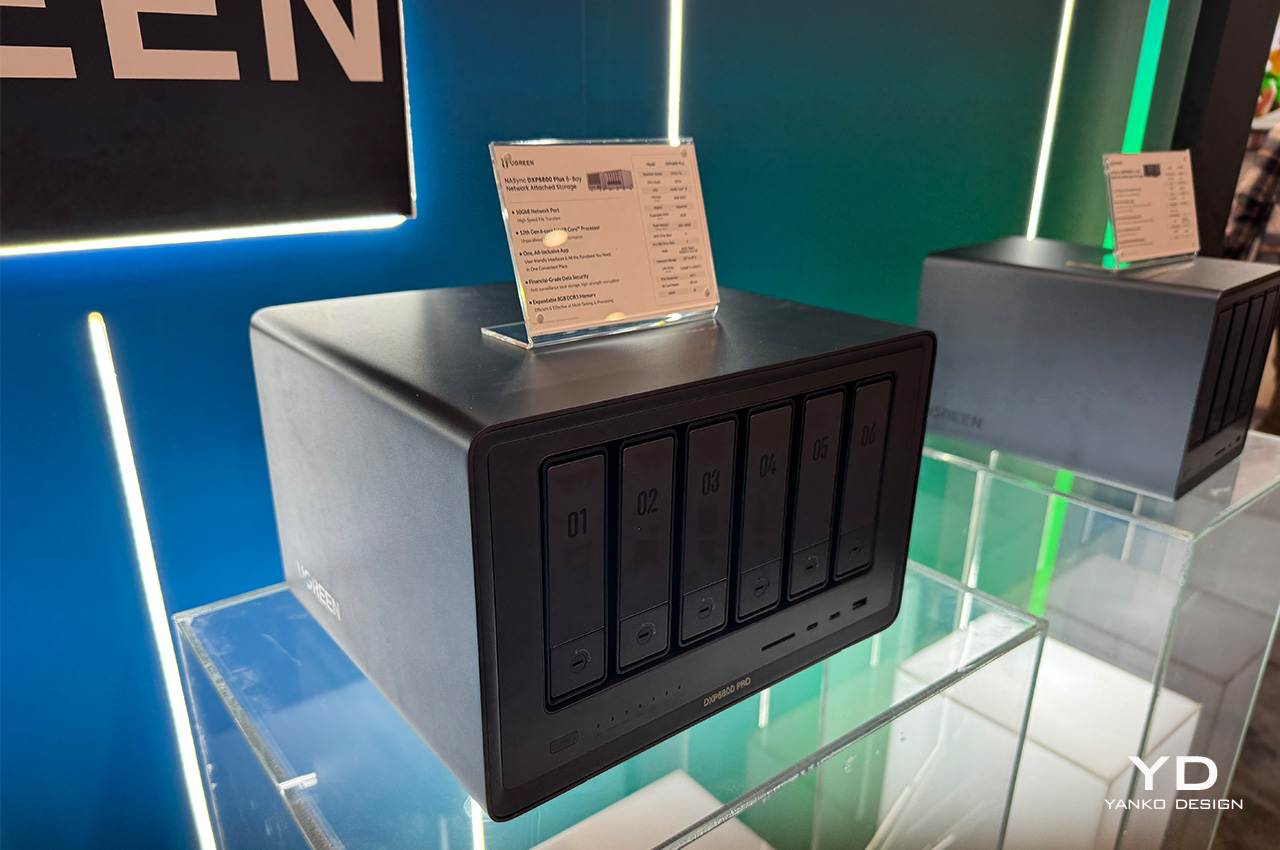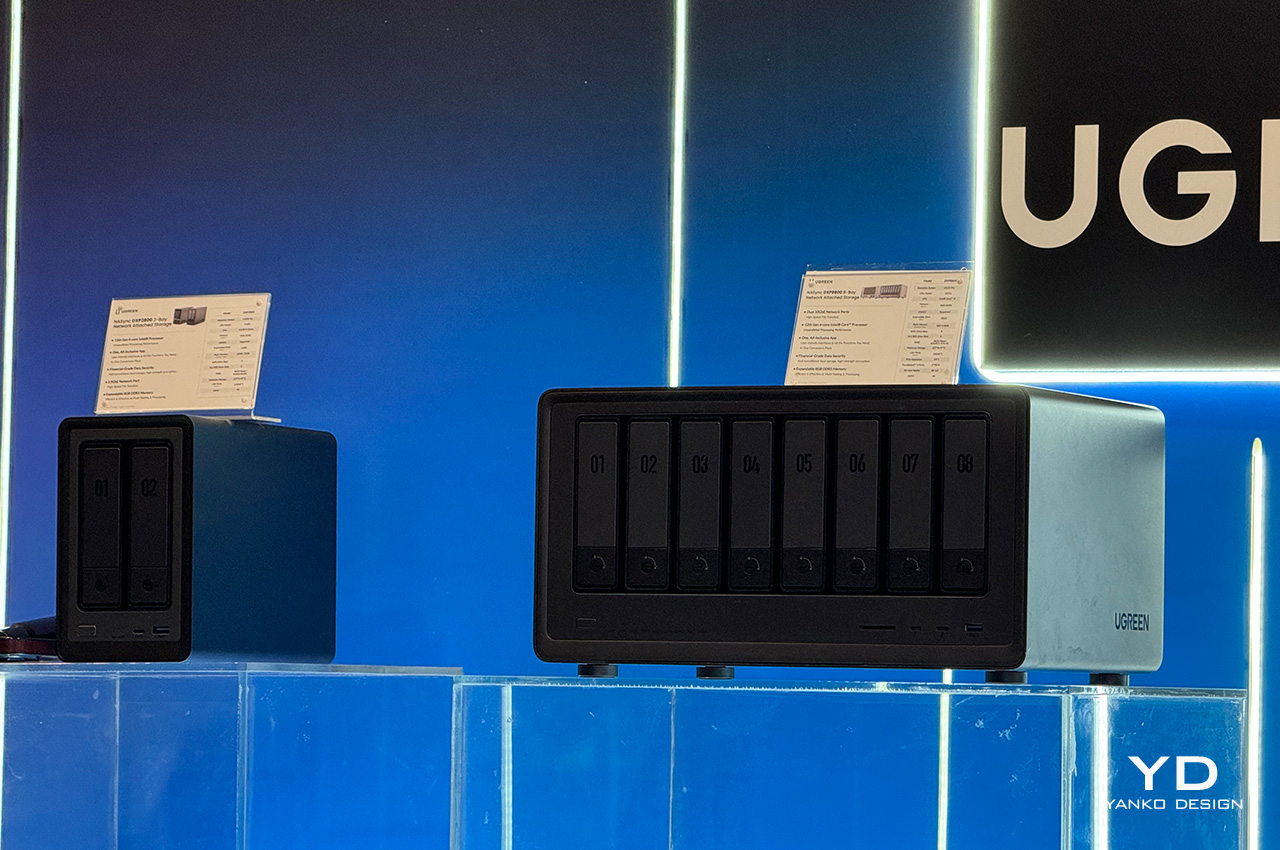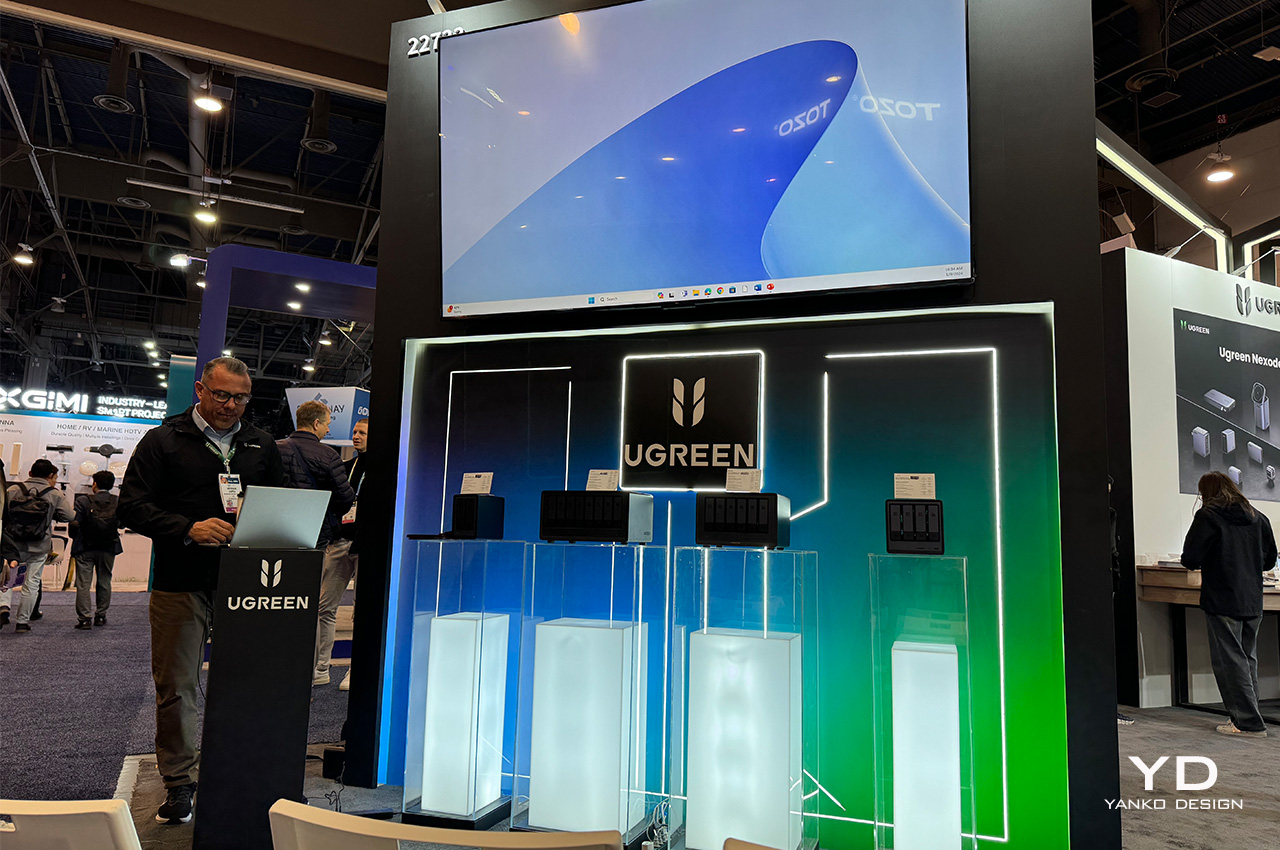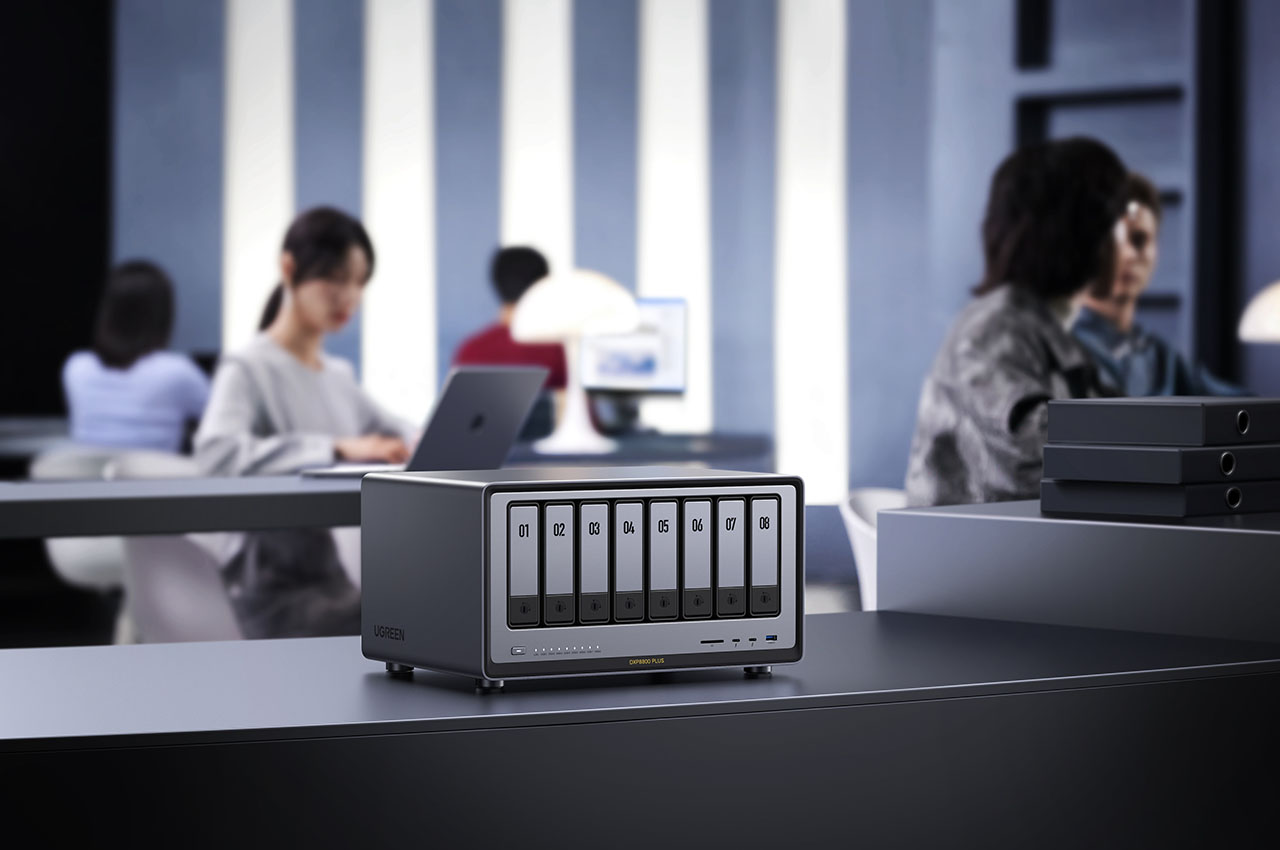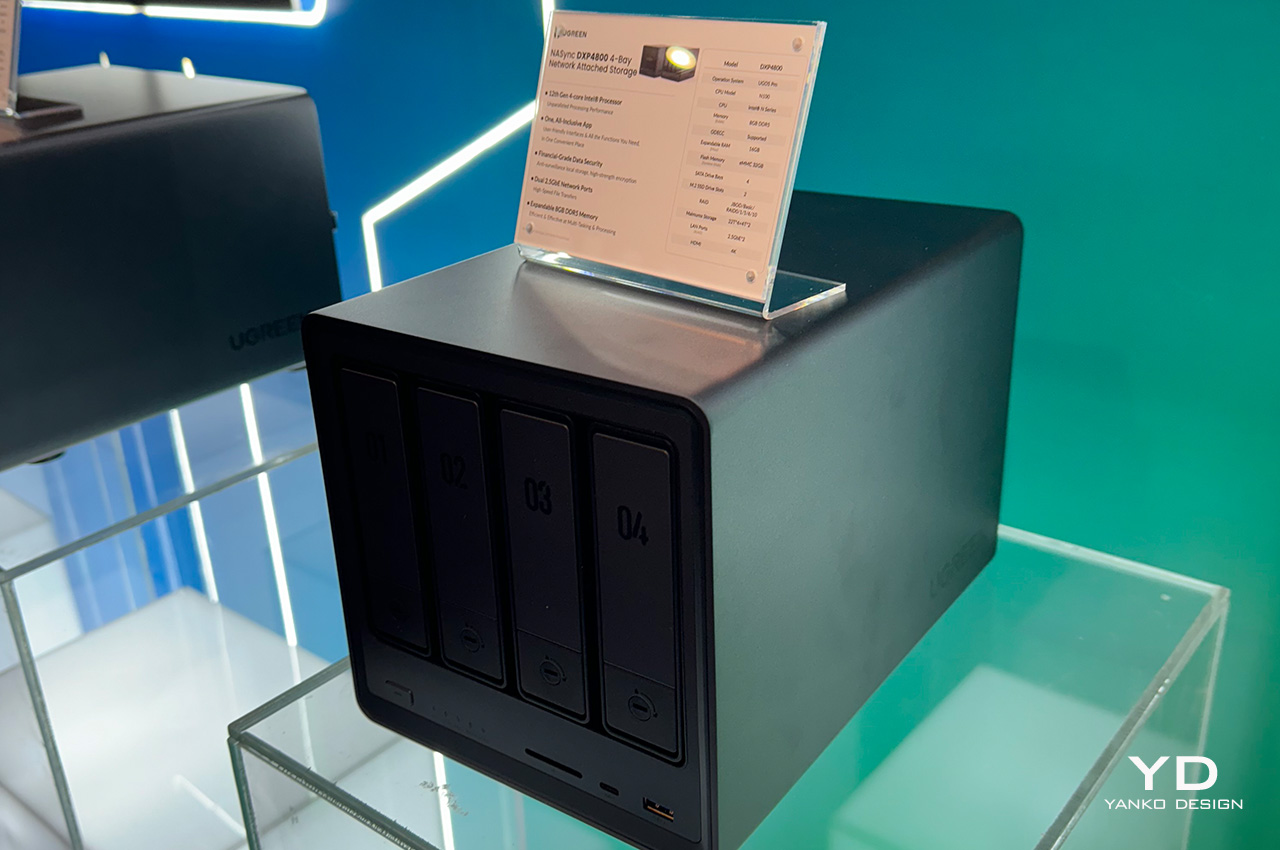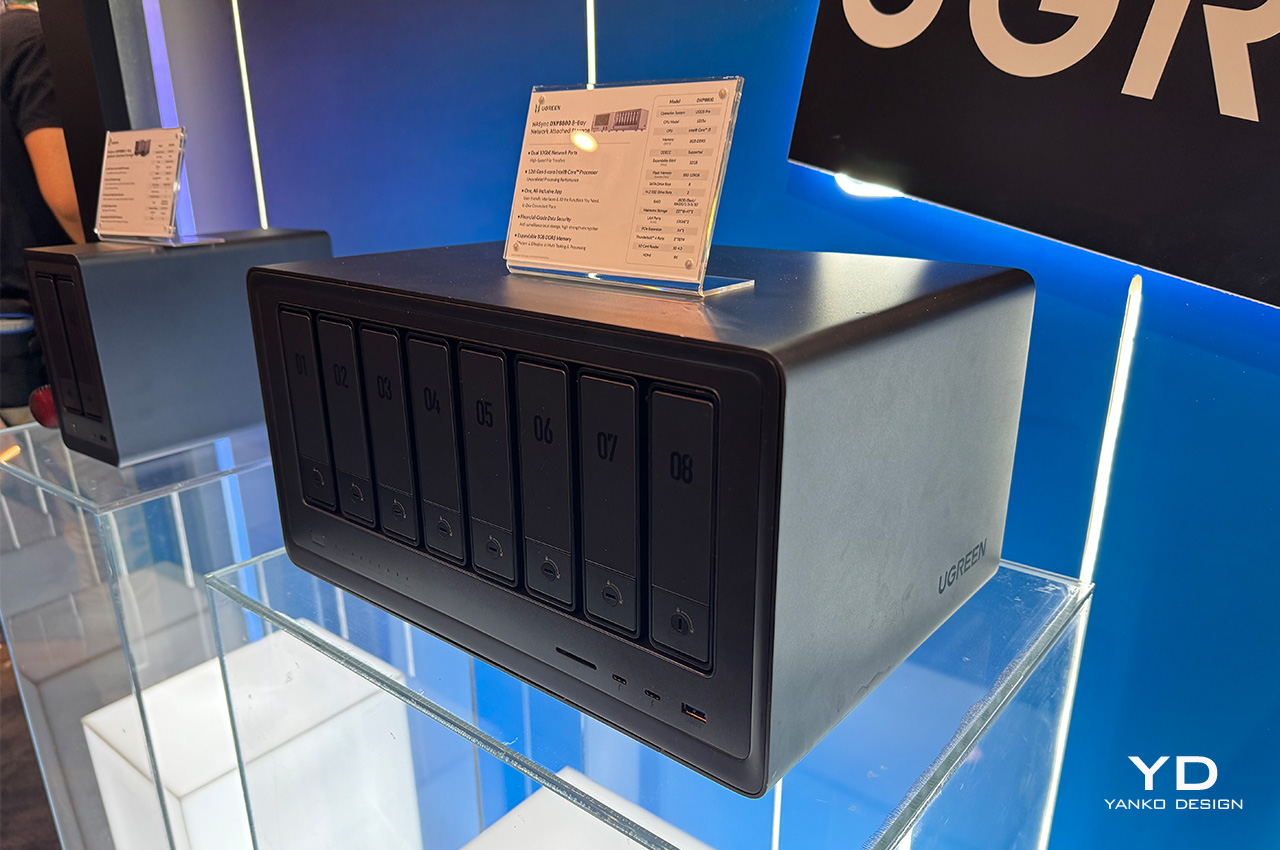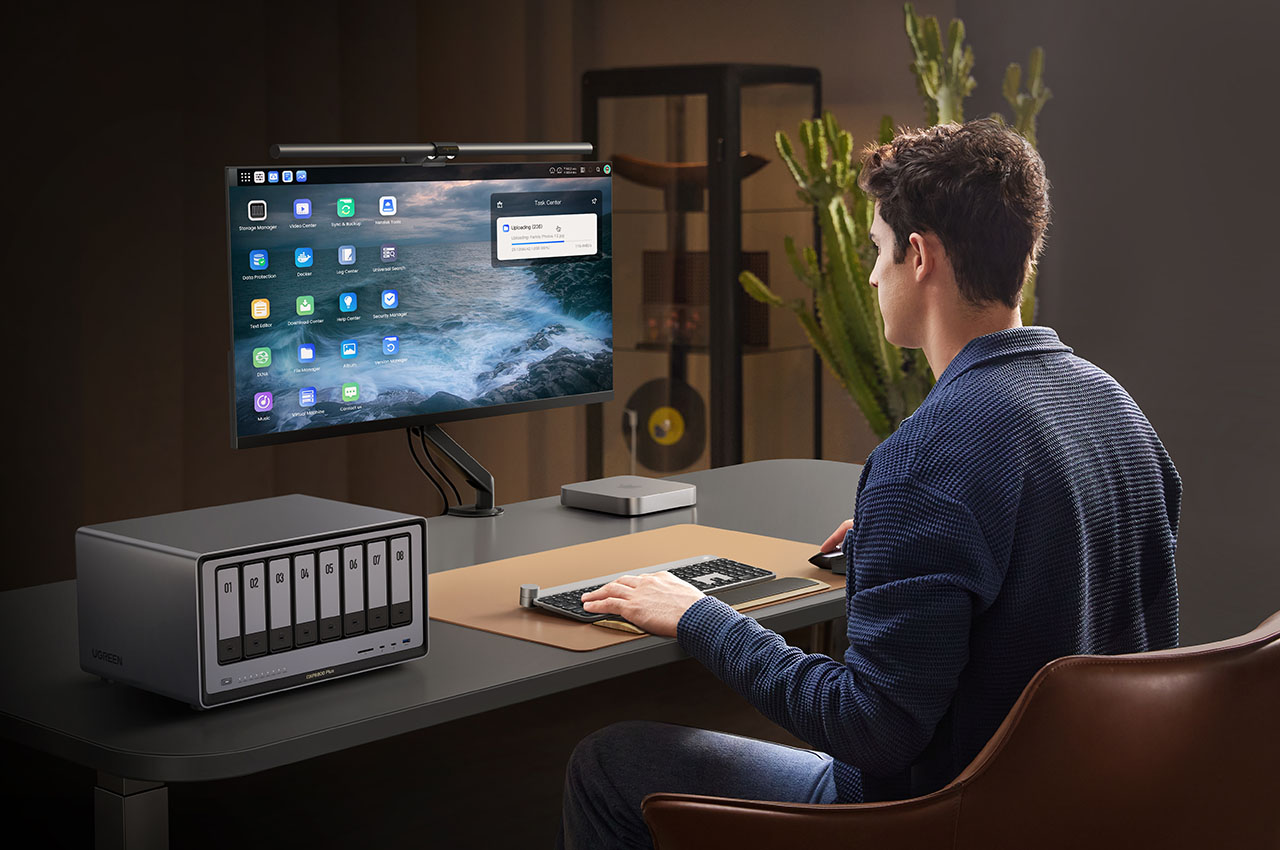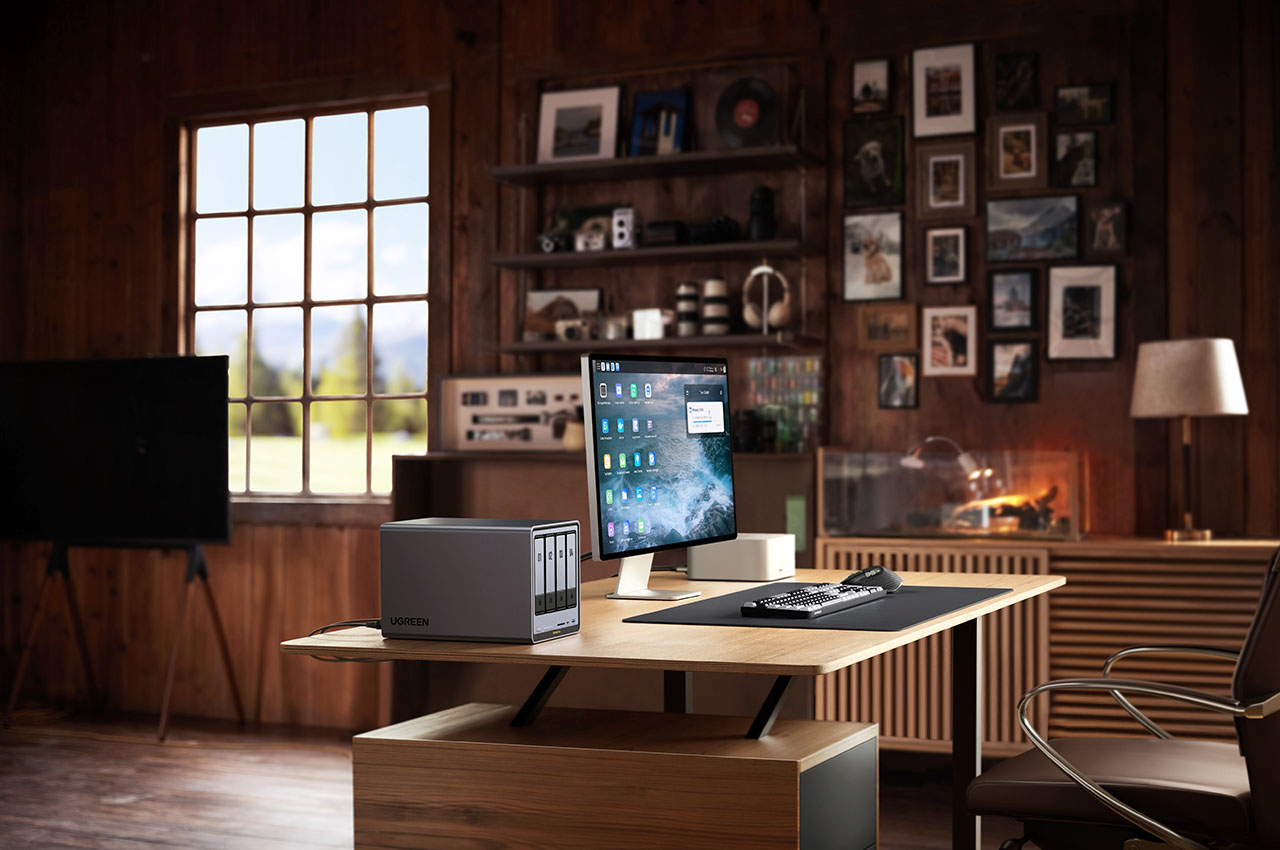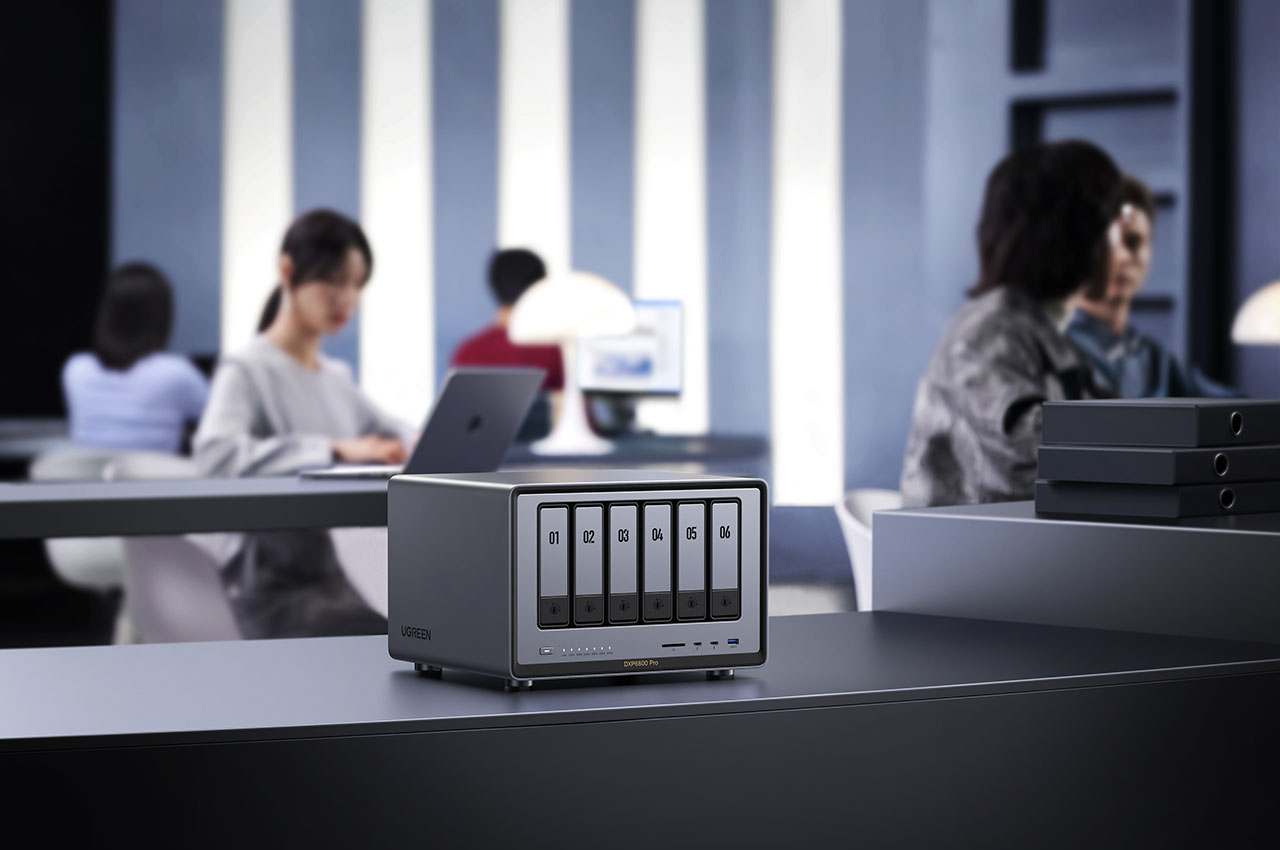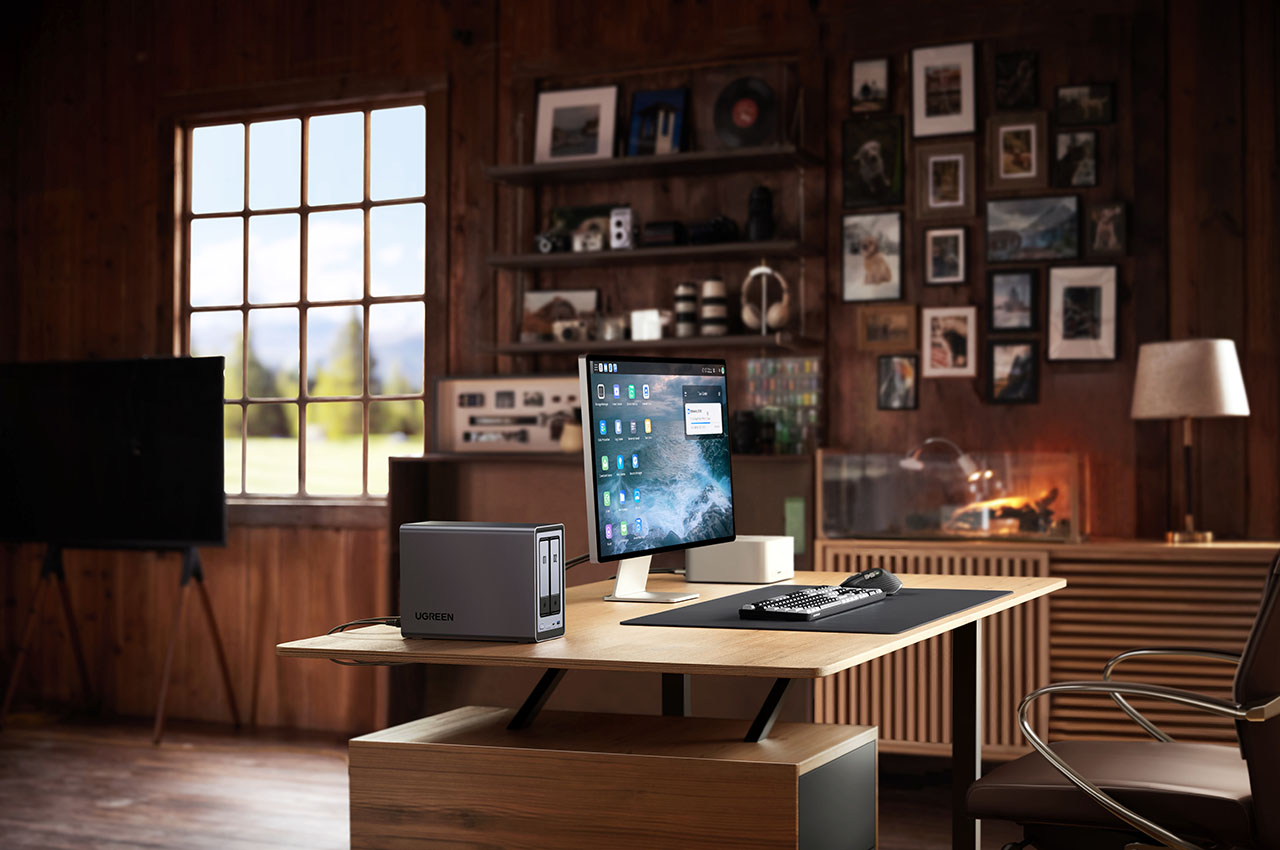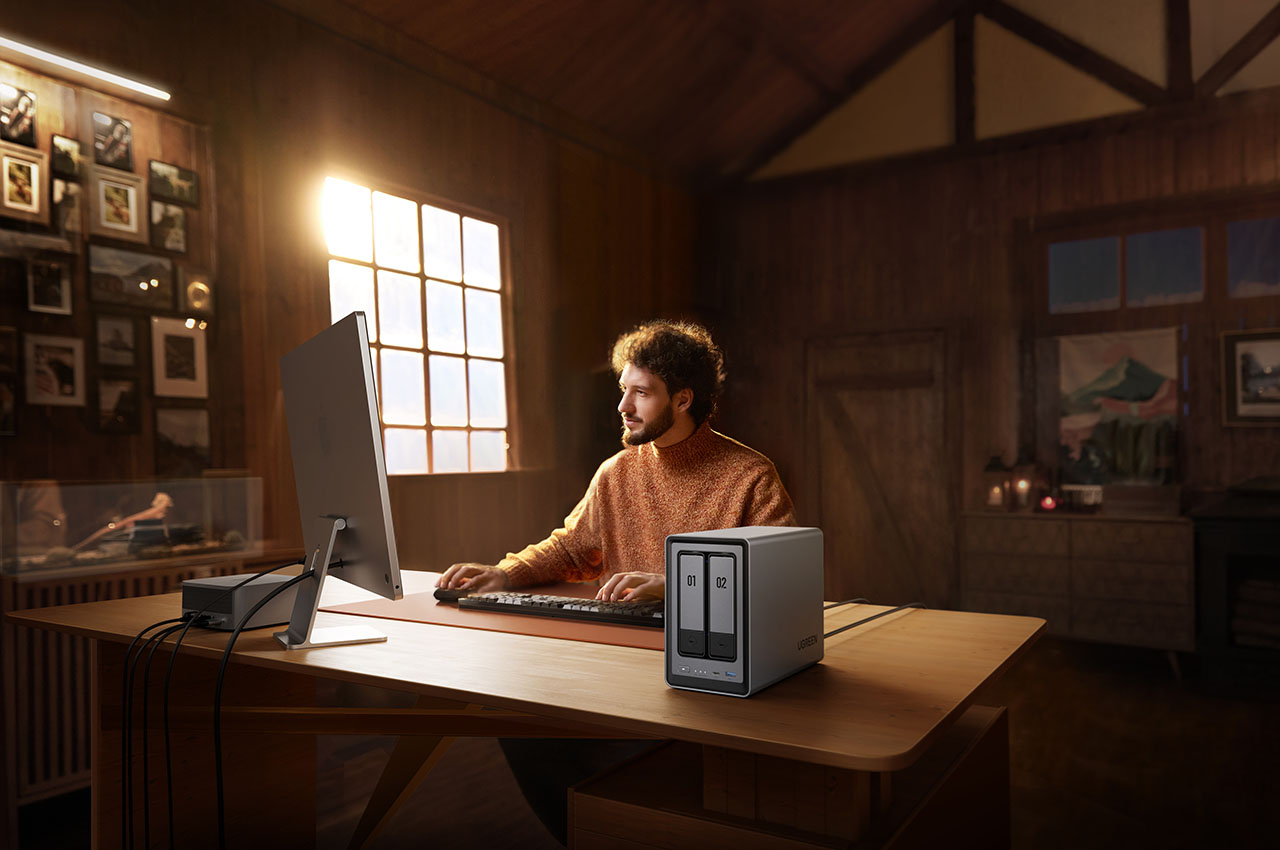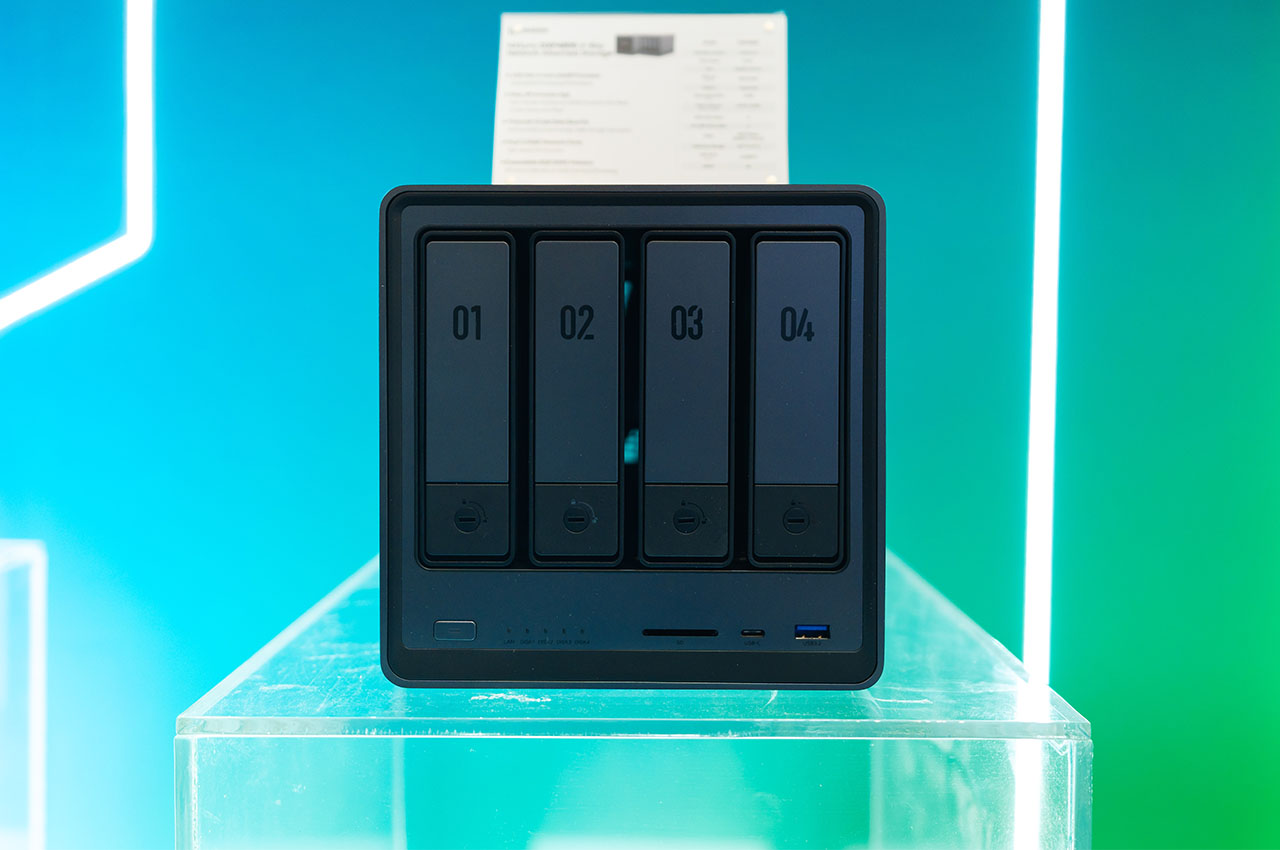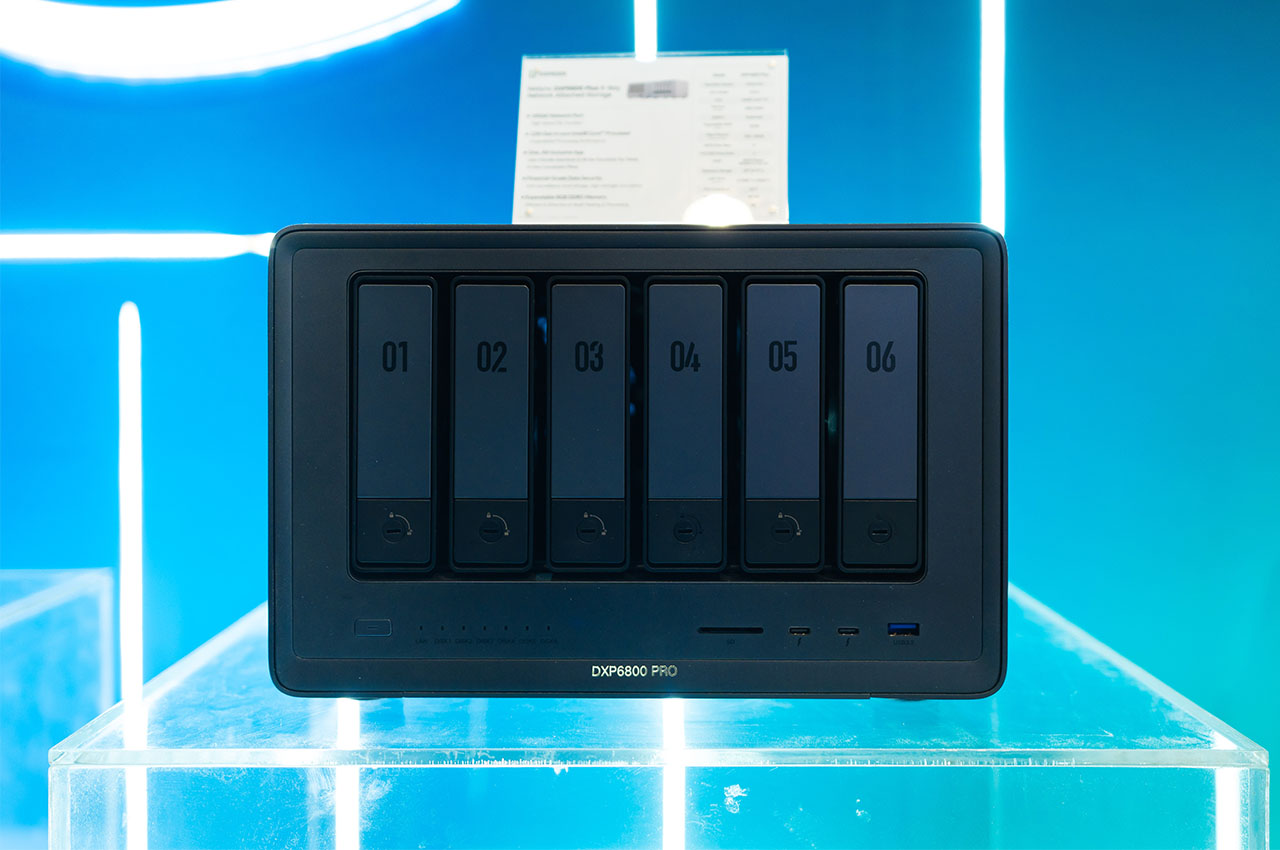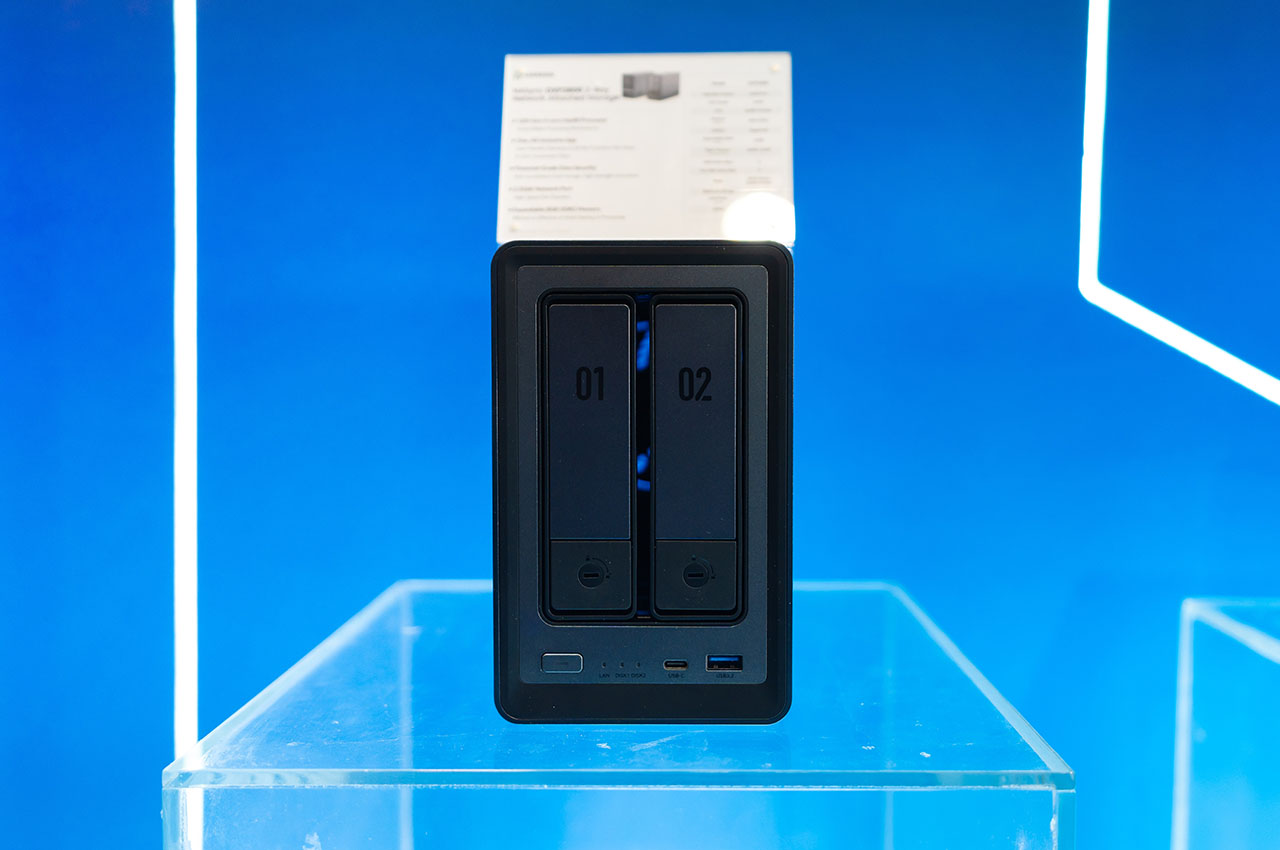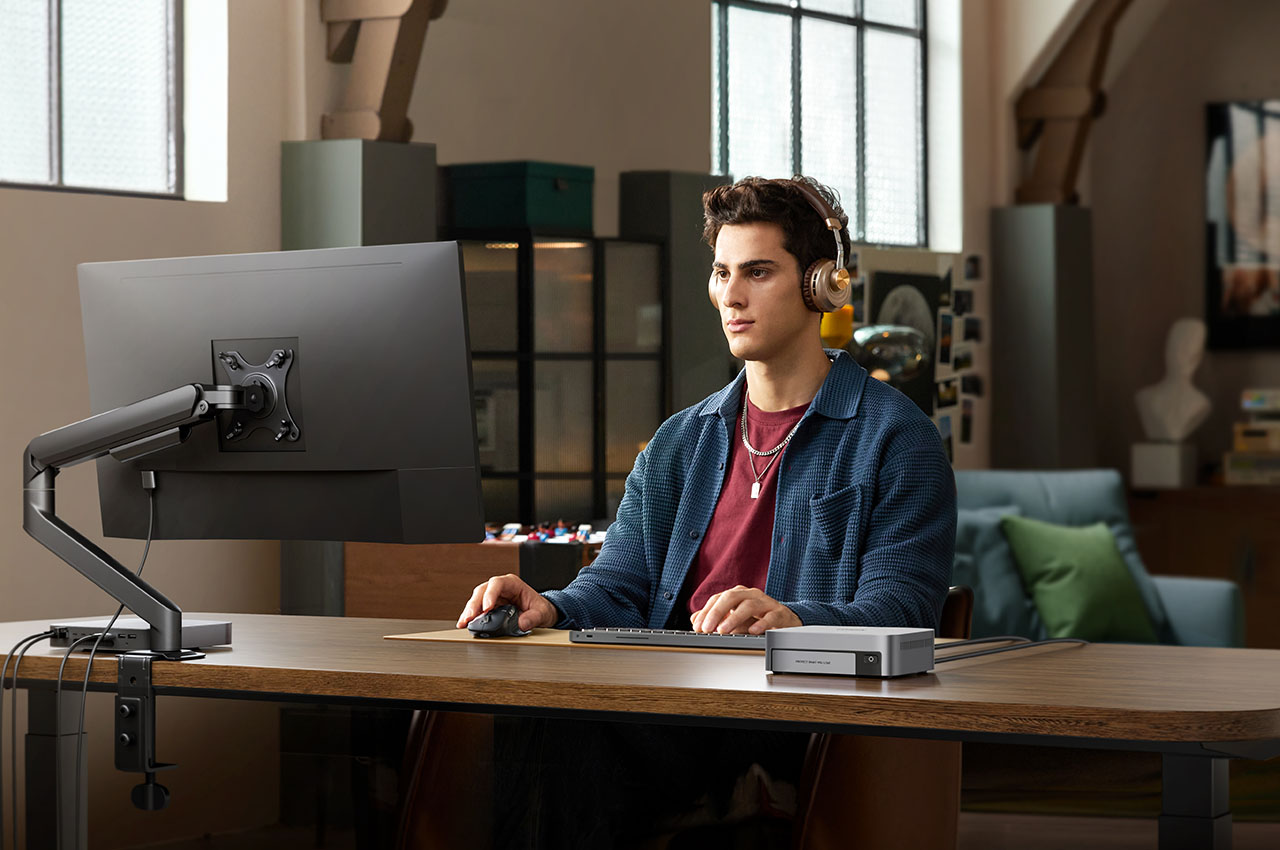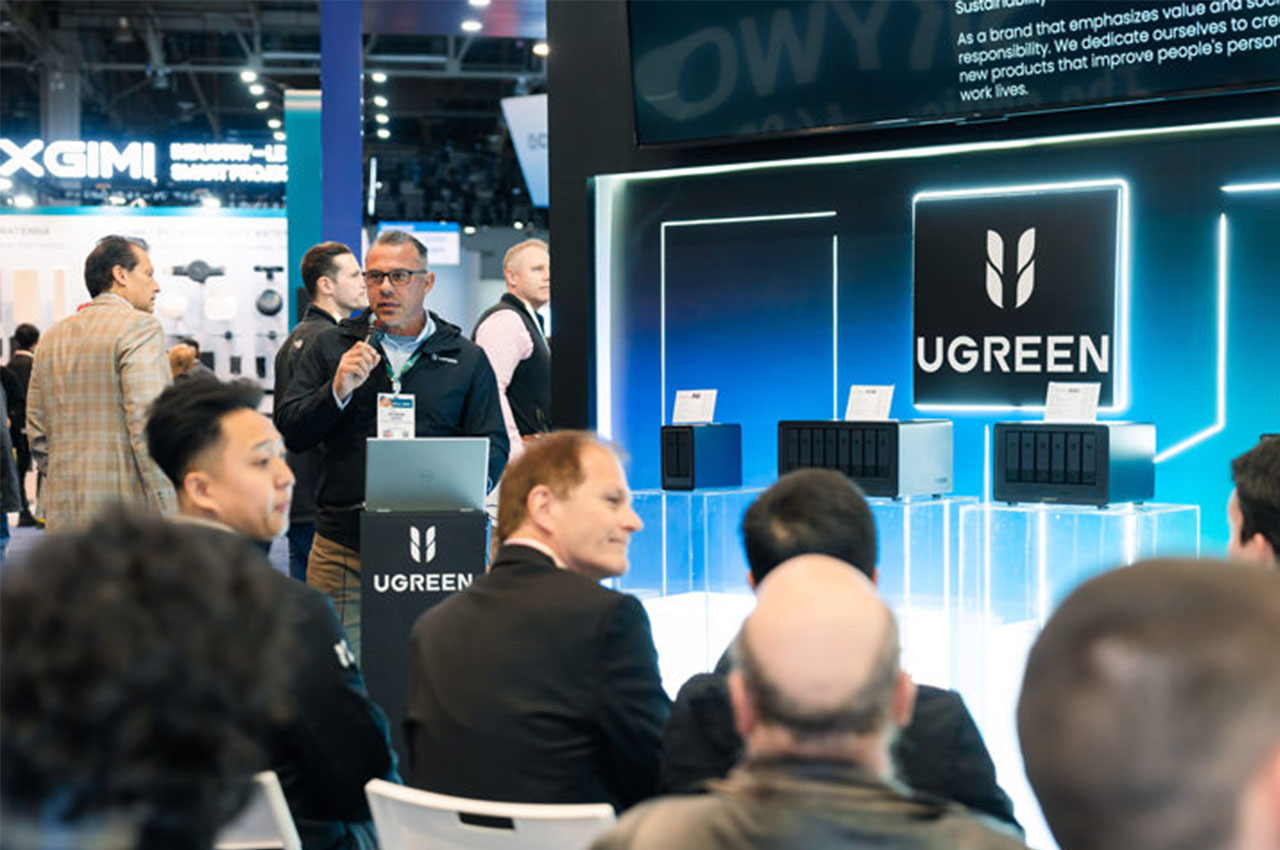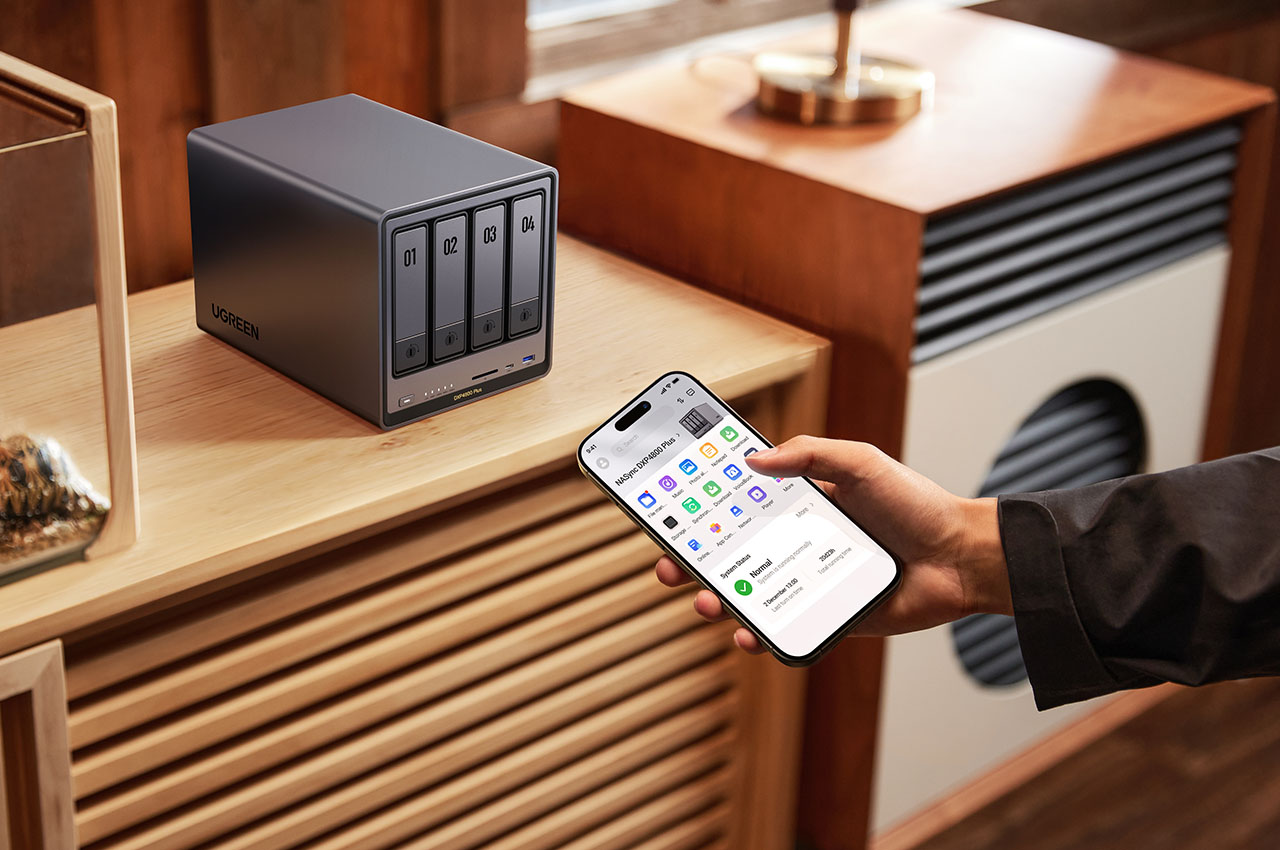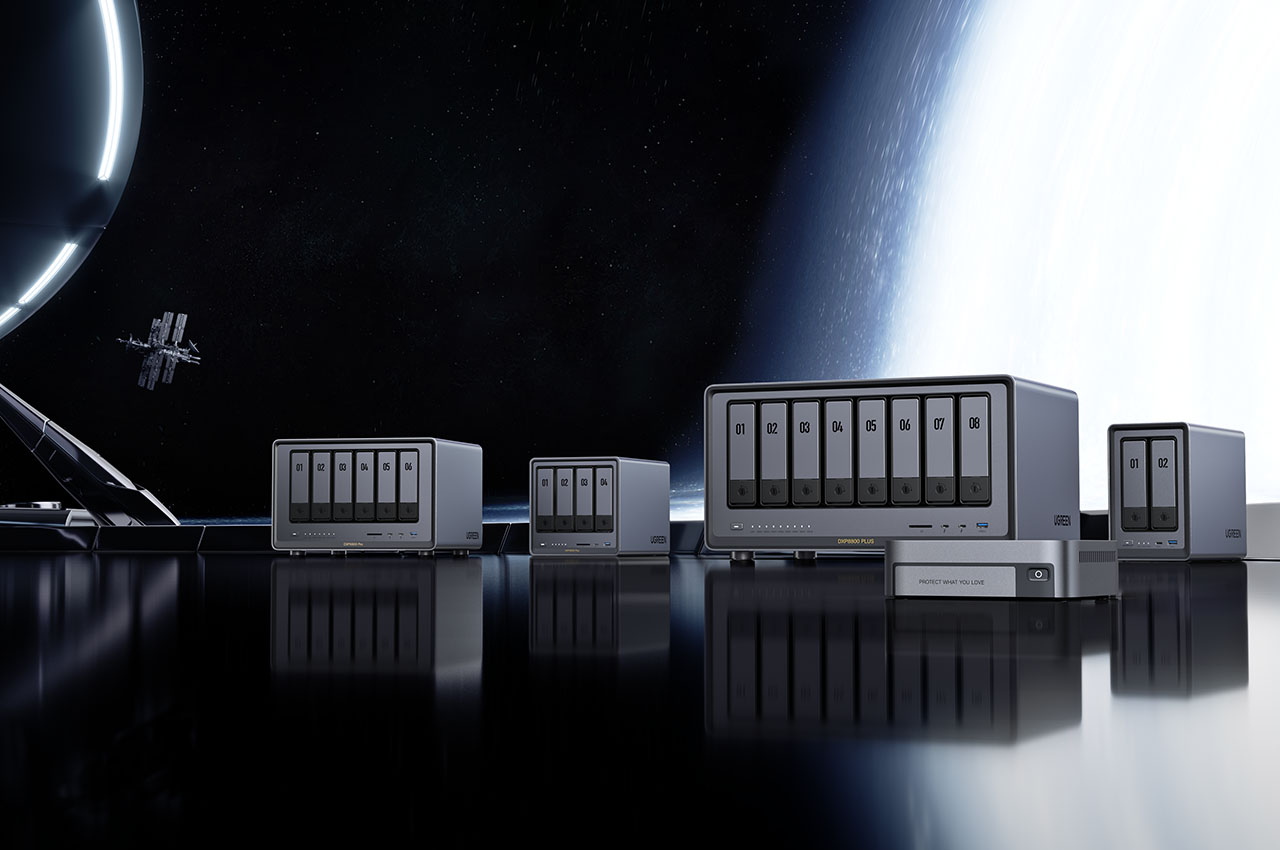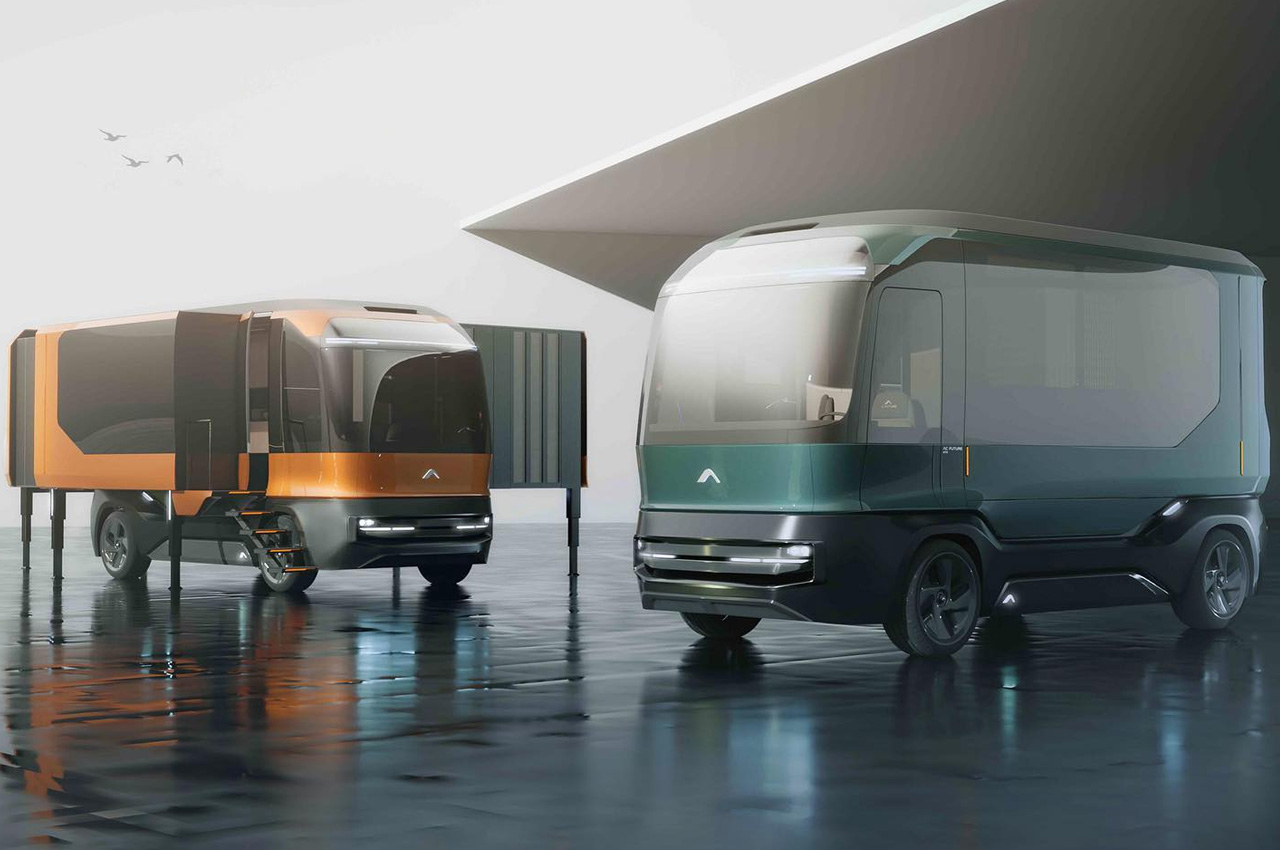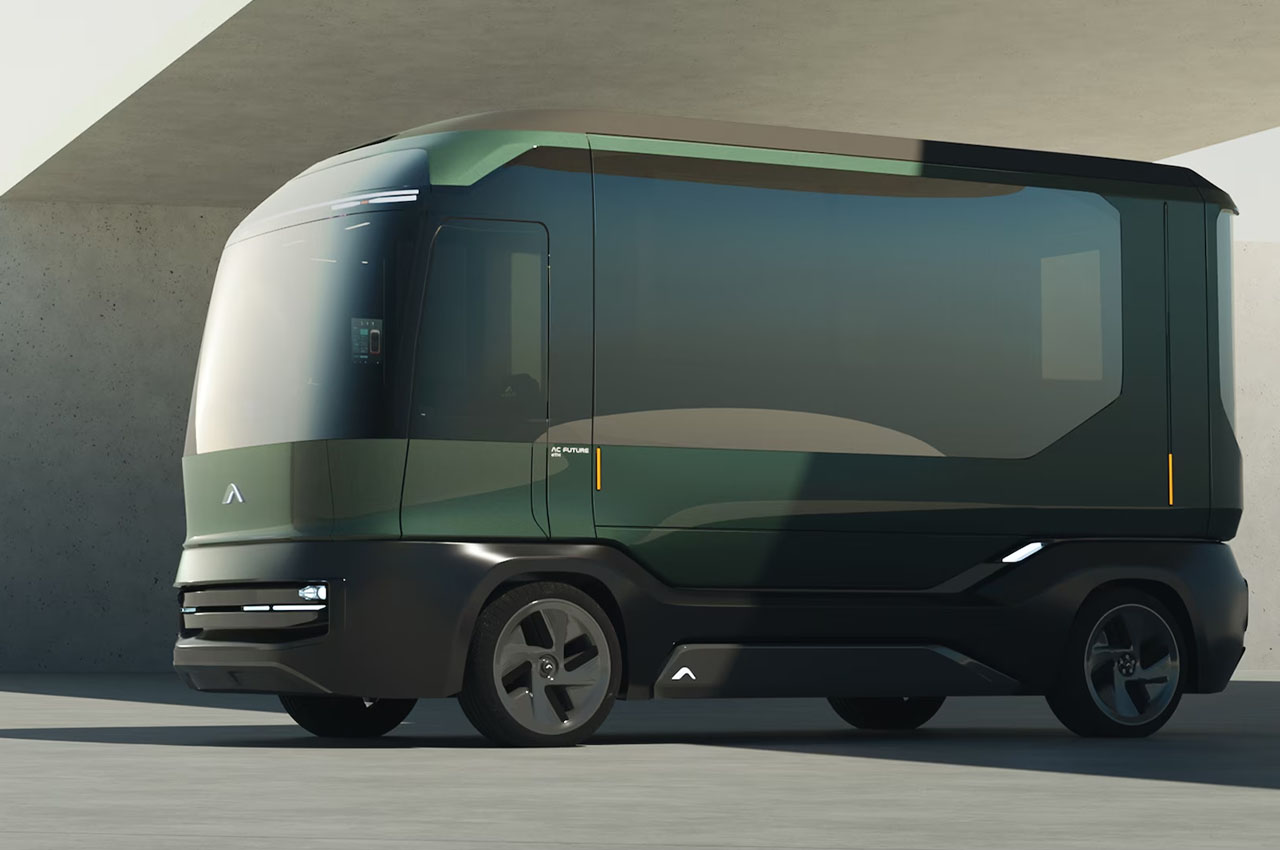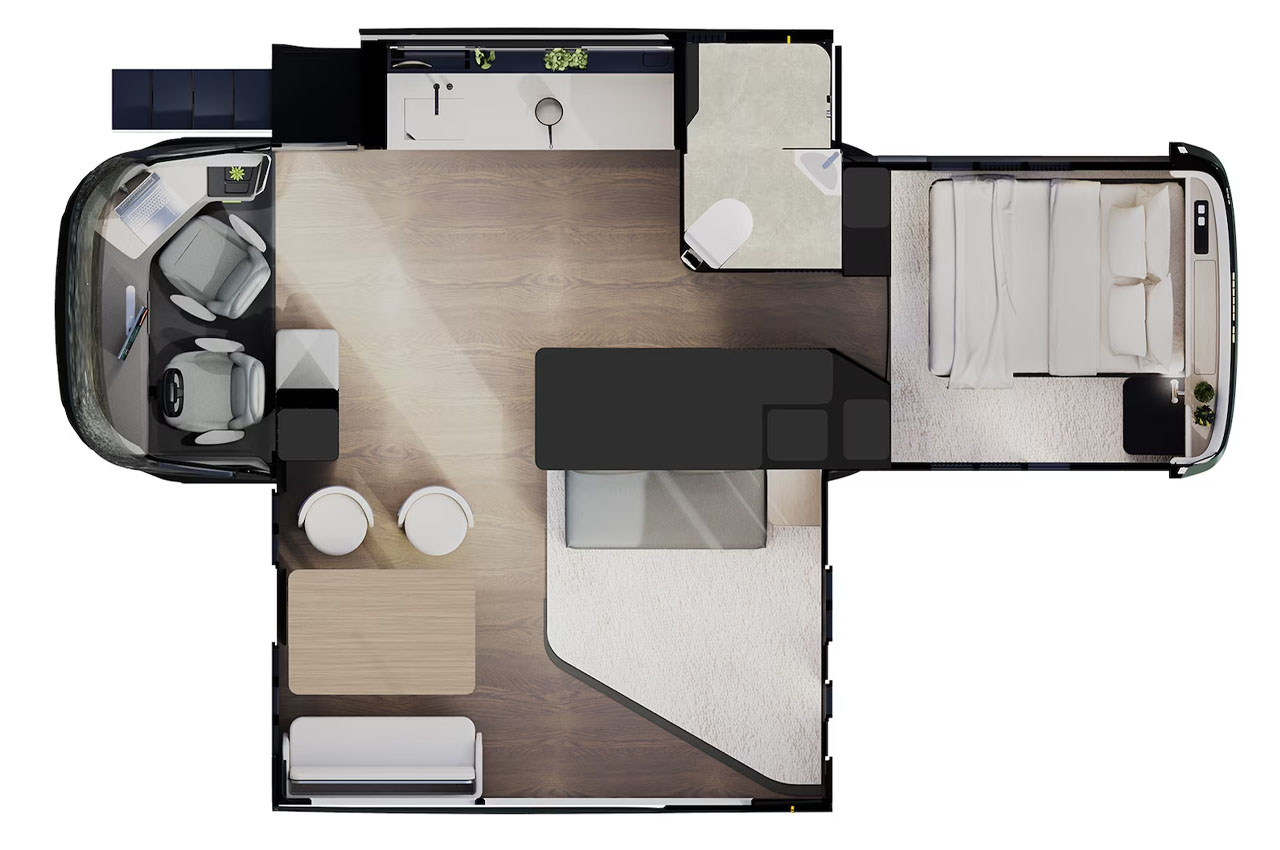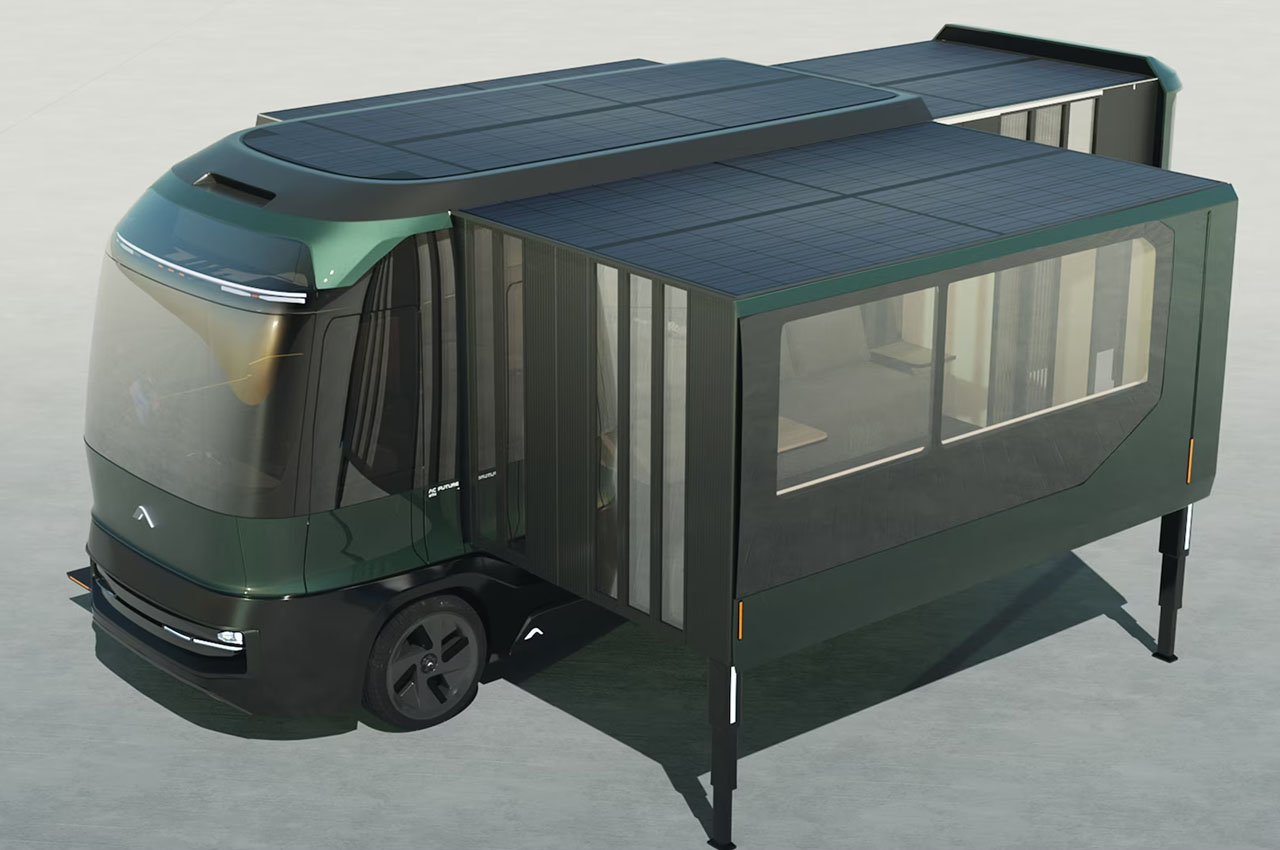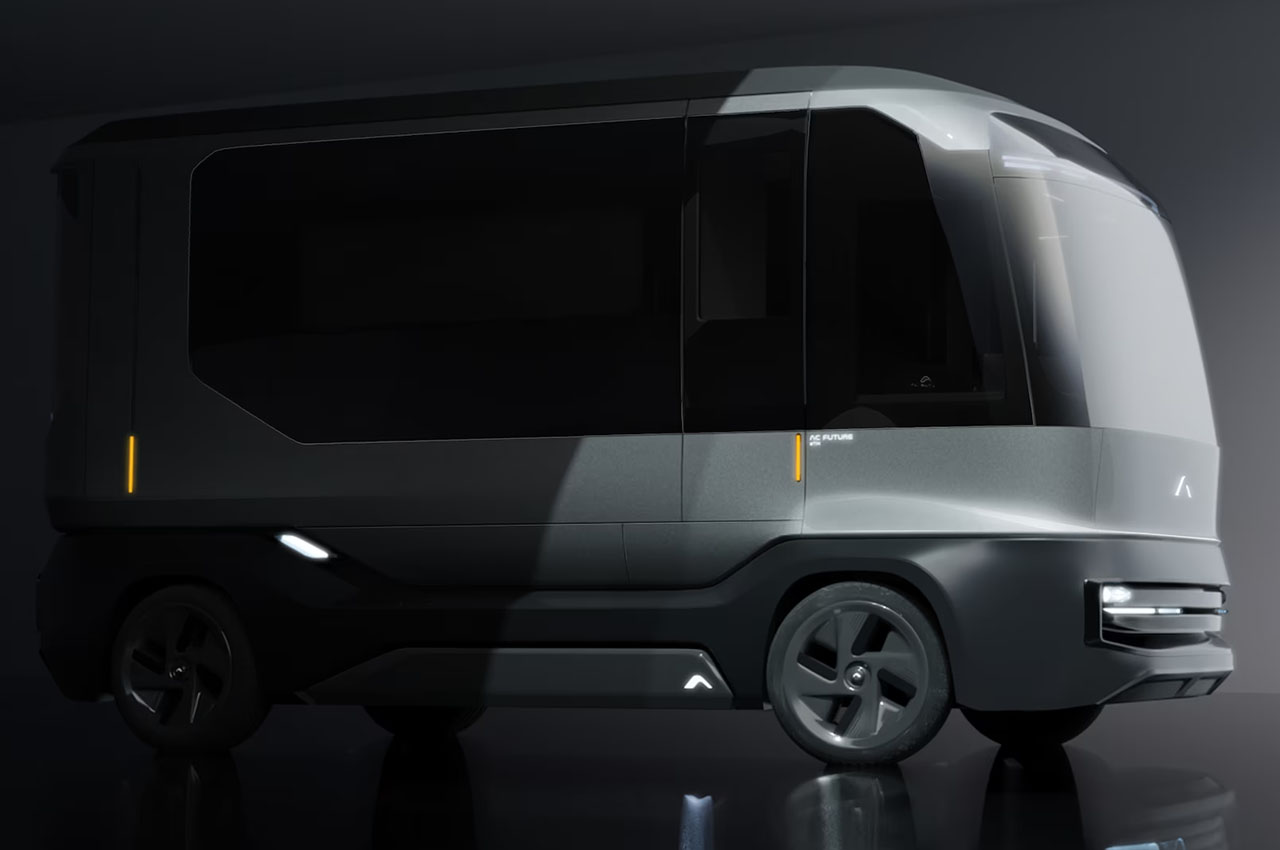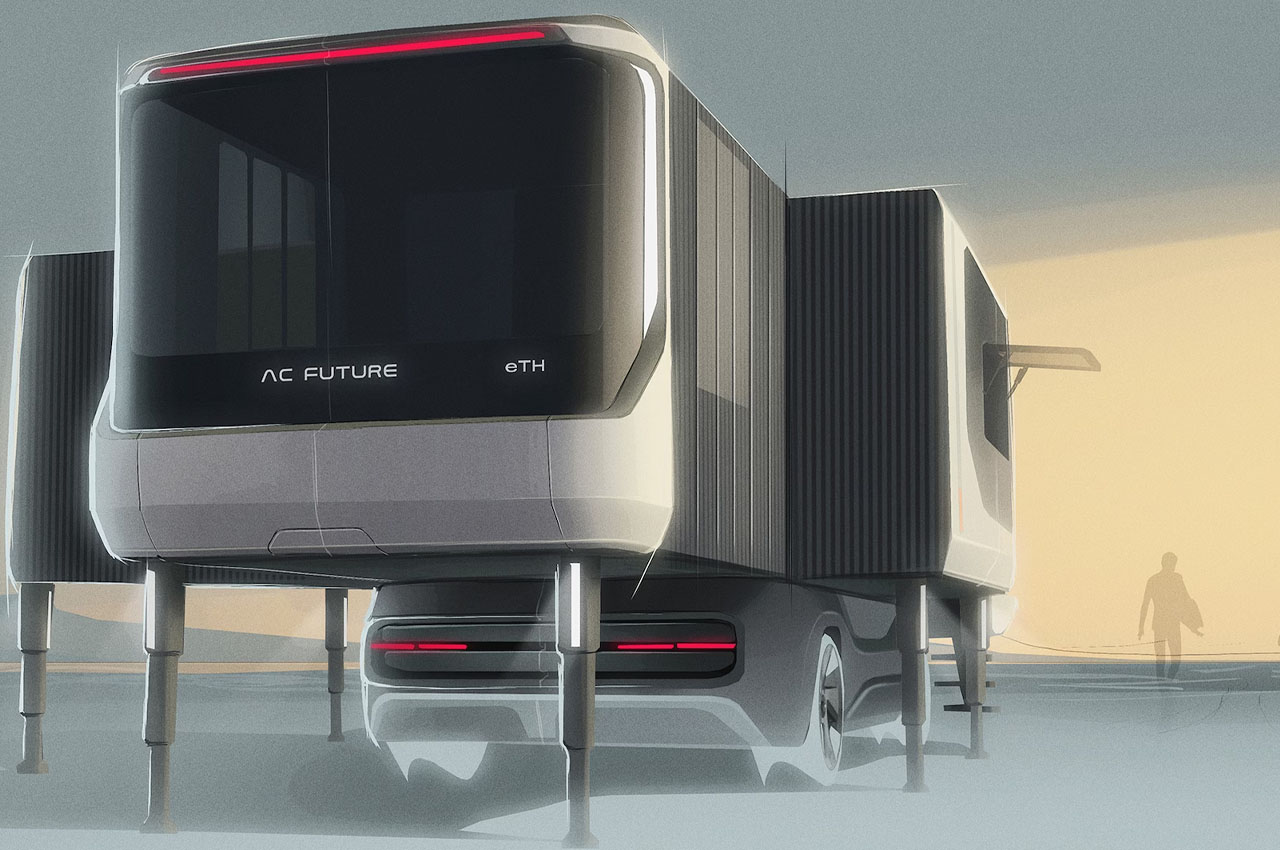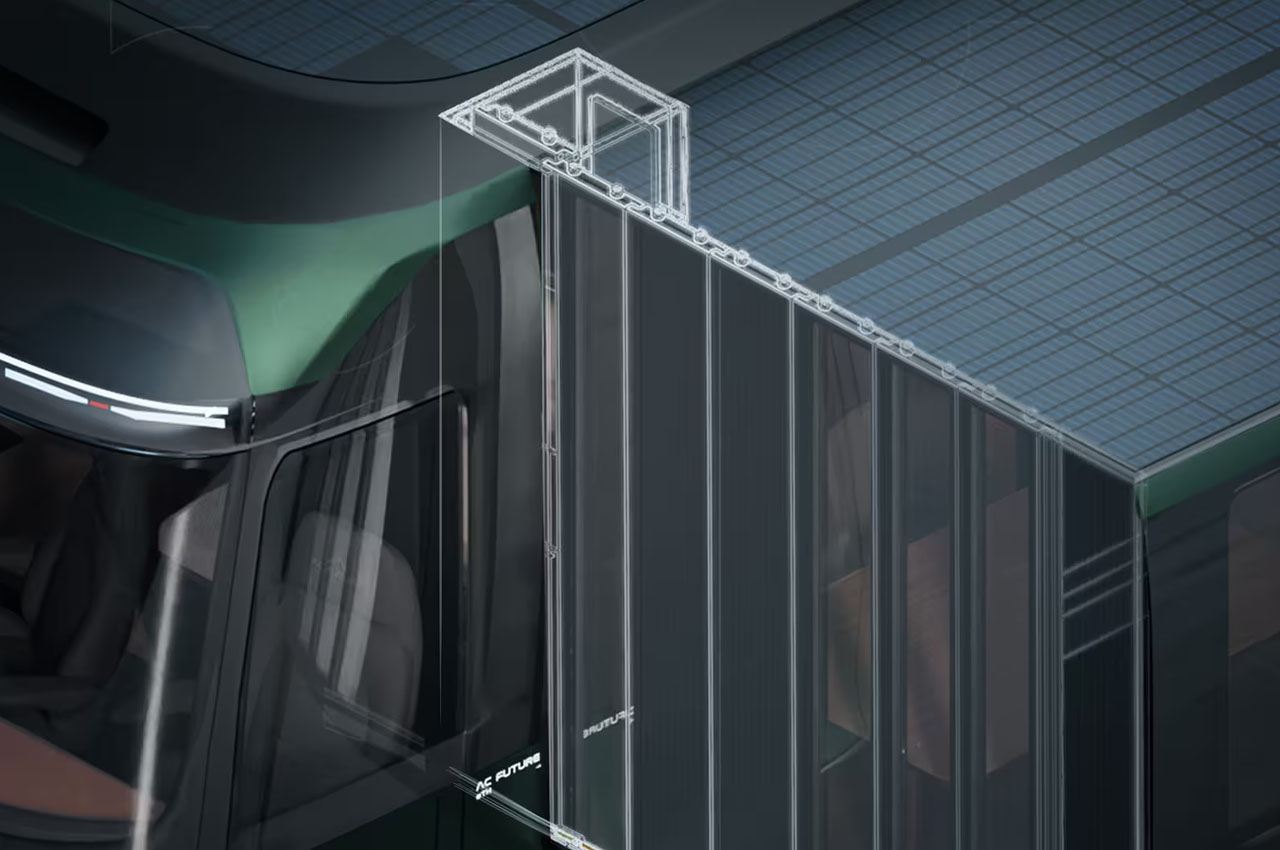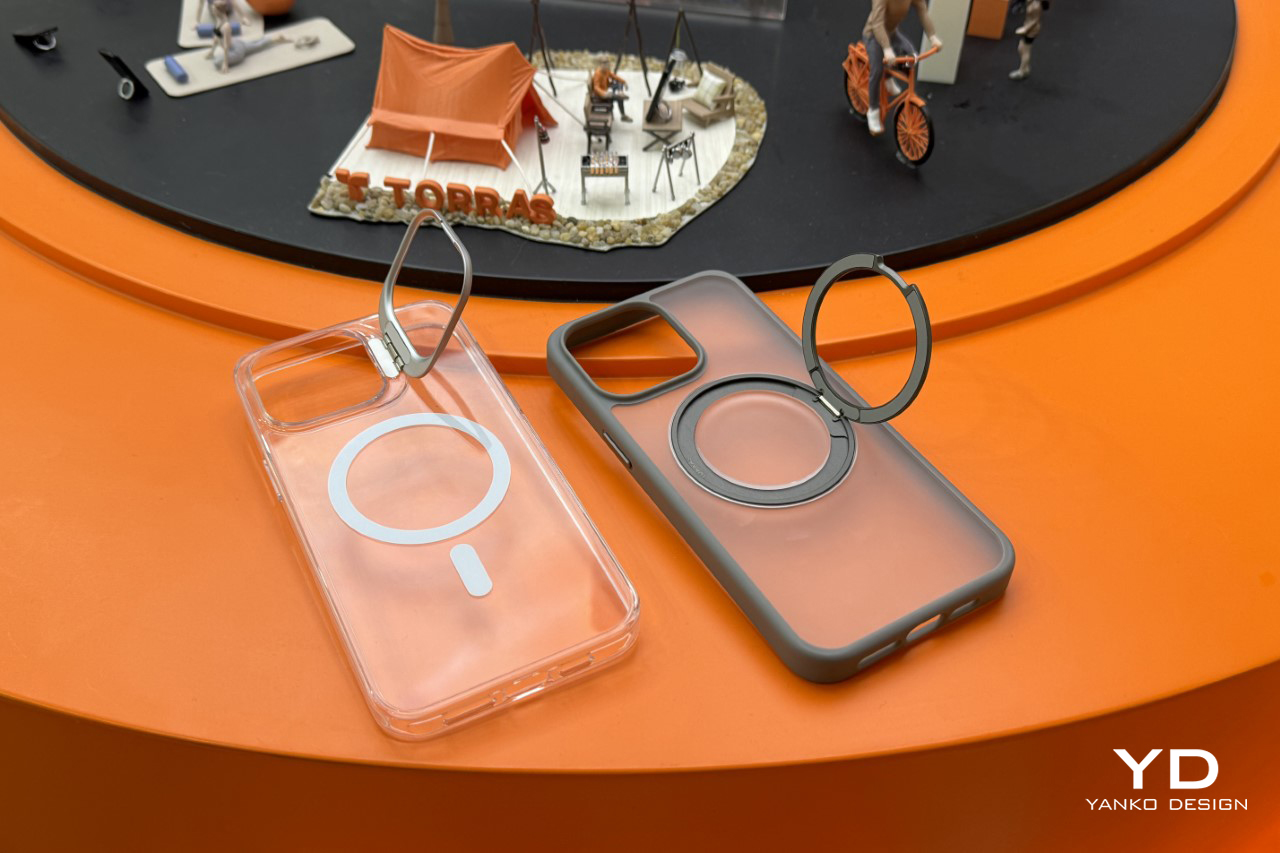
It’s 2024, and your phone case should do a LOT more than just protect your phone. The folks at TORRAS believe that too, which is why they’ve been spearheading the ‘phone stand’ movement since as early as 2018. In fact, even renowned global research firm Ipsos has ‘declared’ the phone stand as the next generation of phone cases… and after a 6-year headstart, they’ve labeled TORRAS as the global leader in this domain.
Even though the company has a wide product range, going all the way from phone accessories to neck-worn fans, the phone stand dominated the TORRAS showcase at CES this year (so much so that their booth had a massive phone stand on the front of it too, making it recognizable from a distance). The company launched two new stands this year – the simple yet delightful Lstand, and an improvement on their existing Ostand, now with a rotating ring (called the Ostand R). They also refreshed their neck-worn cooler line with the COOLiFY Cyber, which can now adjust its temperature based on your surroundings, making it the most advanced neck-worn ‘air-conditioner’ on the market!
Designer: TORRAS
Click Here to buy a TORRAS Phone Stand (20% Discount)
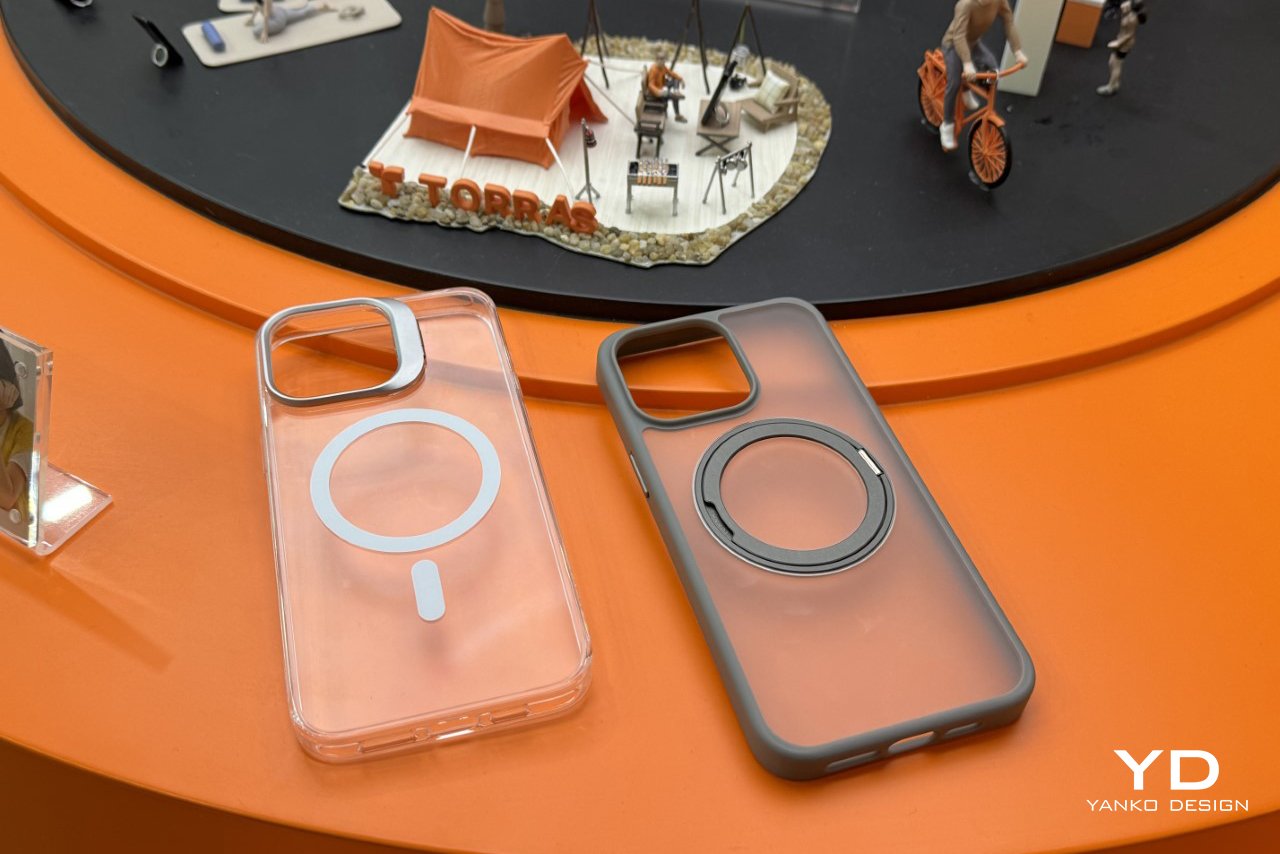
The Lstand on the left, and the Ostand R on the right.
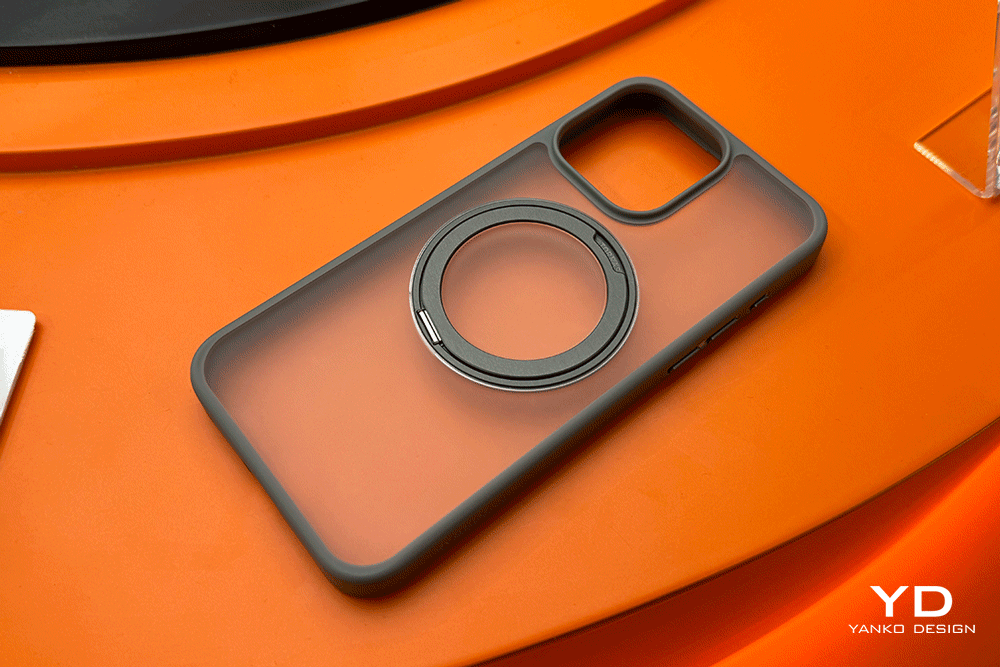
The Ostand R is an impressive case given its abilities. For starters, the case has a ring on it that folds flat when not in use, but opens up into an angle-locking stand that can be used in landscape and vertical modes (or even as a ring to support your finger as you hold the phone). Moreover, it rotates on its hubless axis, giving you the ability to position the ring wherever you want, all while still managing to support the iPhone’s MagSafe and wireless charging features.
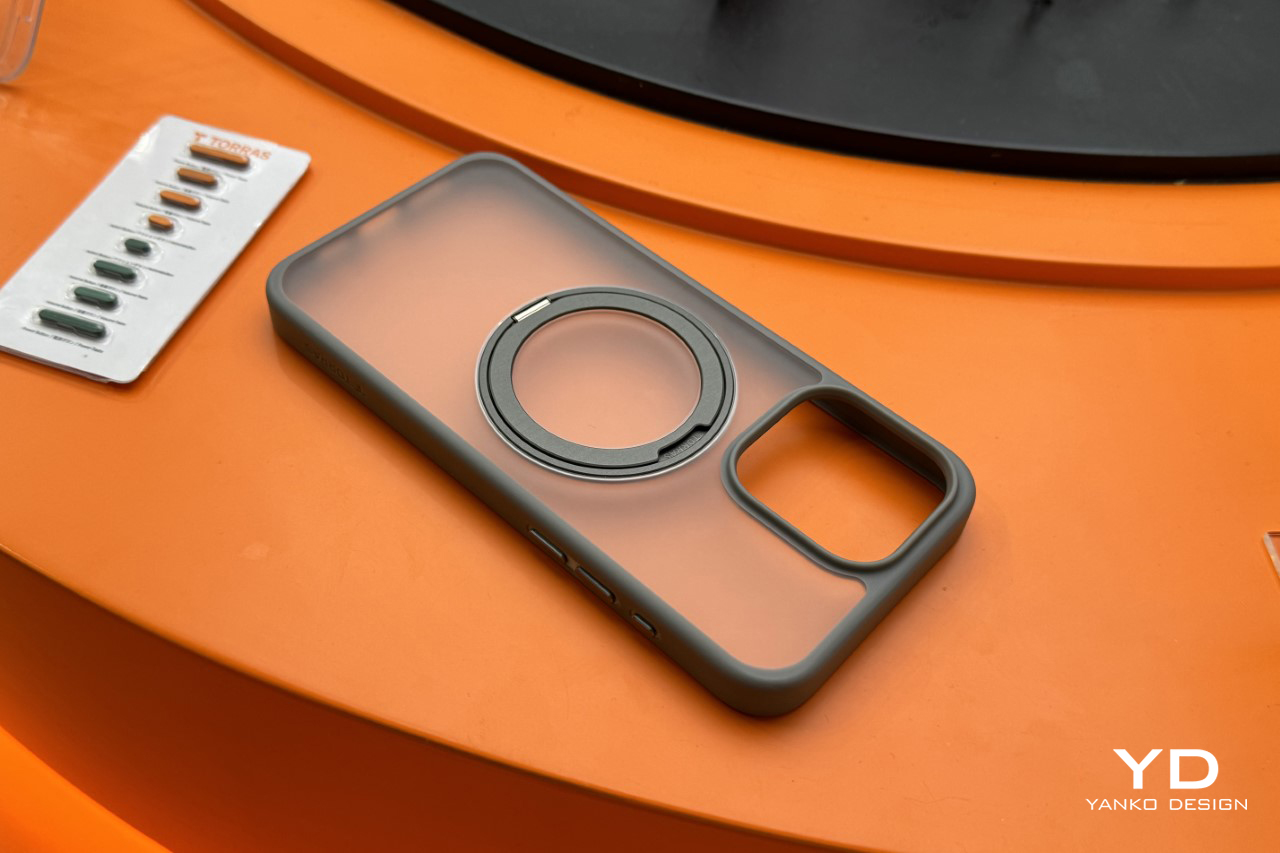
You also (obviously) get the benefits of a case, with a soft bumper frame around the sides and even the camera bump. The edges have an air cushion that gives your phone even more security from bumps or accidental drops. The frosted polycarbonate back is a great way to show off your phone’s color, while the Ostand R’s colors on the TPU rim and the metallic buttons complement your smartphone from top to bottom.
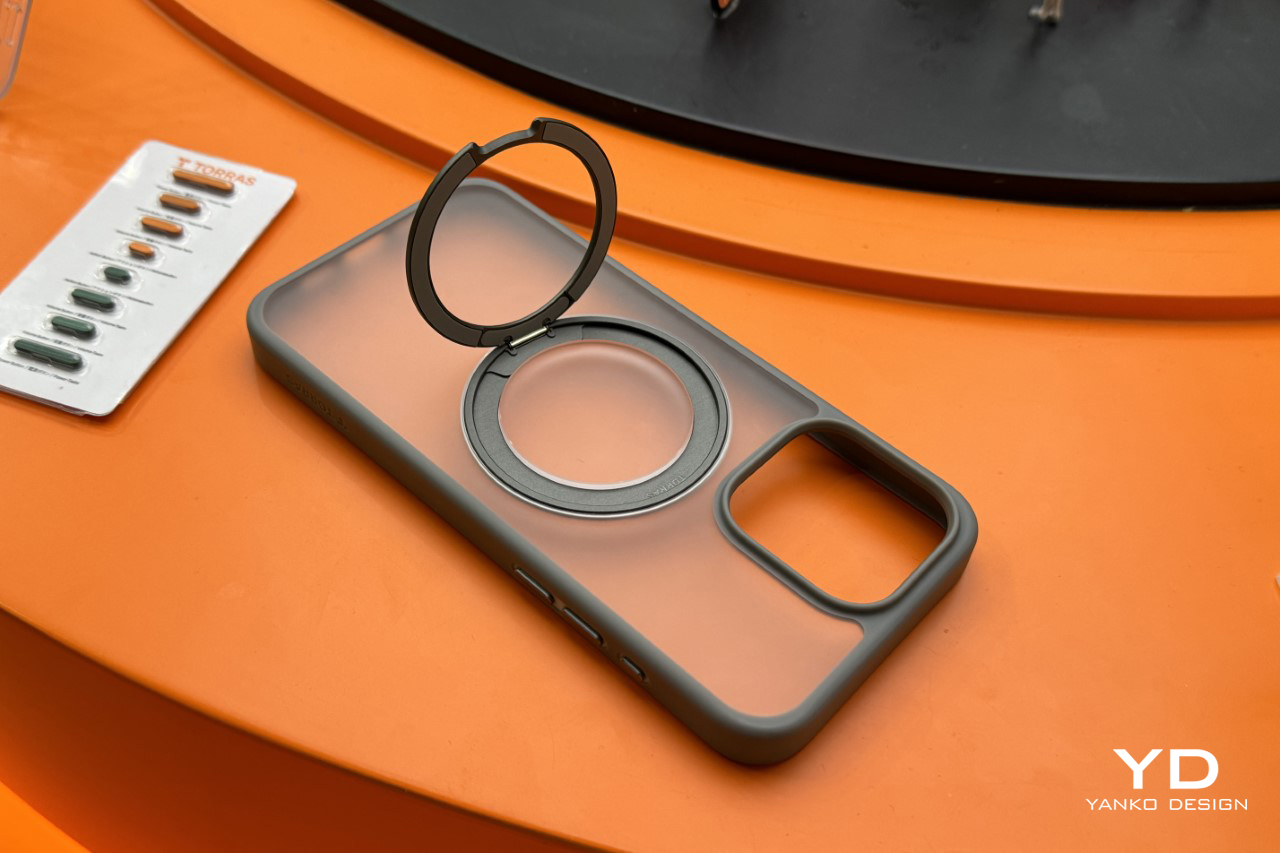
It isn’t easy building a phone case that has its own stand which rotates, while still maintaining a slim profile… but TORRAS lifted the veil on the Ostand R’s design to show the amount of research and innovation that goes into every detail. A specially designed hinge measures a mere 1.2mm (0.04 inches) thick, but can resist tens of thousands of folds, and can even hold its angle like a laptop hinge (while taking the weight of your phone). The hinge is also accompanied by a hubless rotating element that lets the ring orient however you want it to, giving you the kind of freedom you wouldn’t get with other cases.
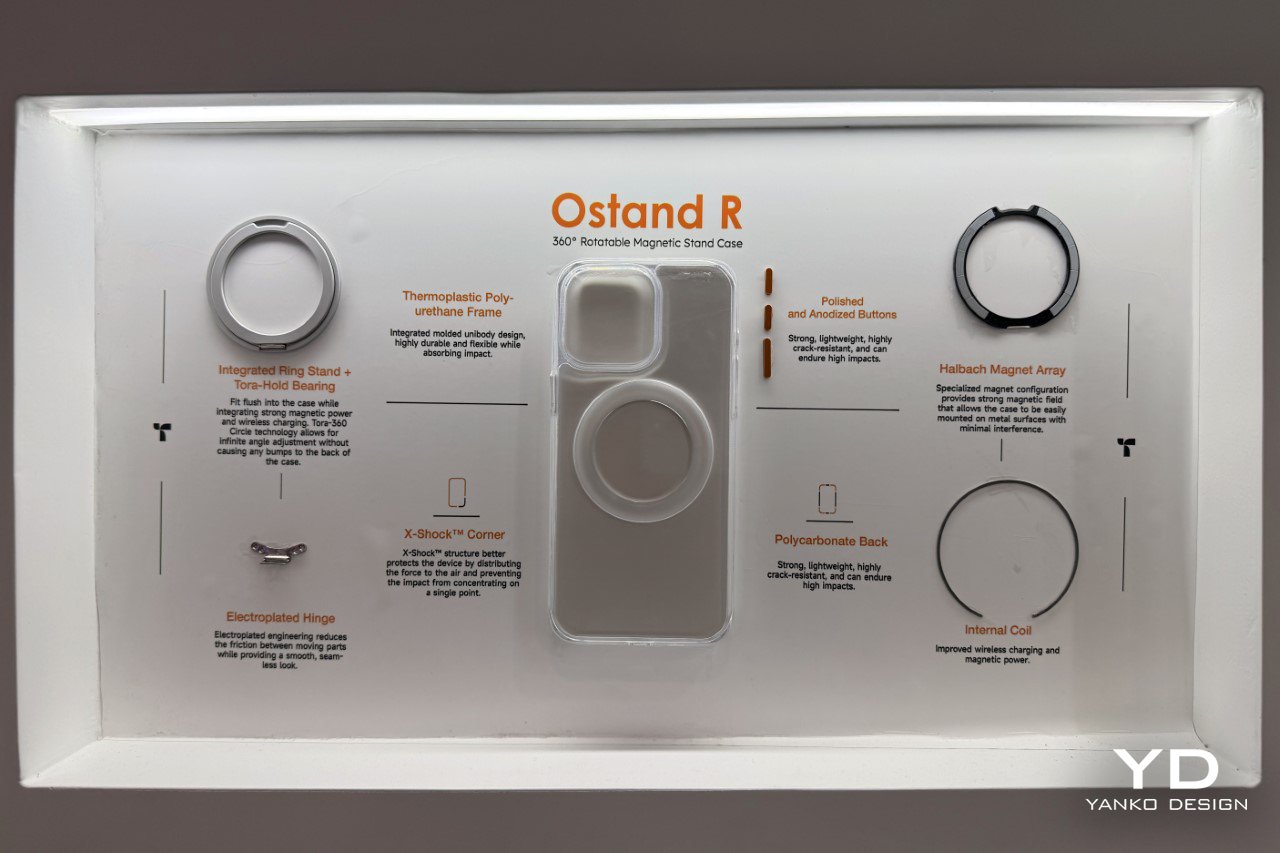
A quick breakdown of the Ostand R shows all the innovation gone into its features and details
The Lstand, on the other hand, is for people who want a smooth case with nothing on the back. Research from TORRAS’ customer base showed that while the Ostand was a hot favorite, there were some who liked the appeal of the company’s older stands that were either built into the bottom of the phone, or the sides. To cater to these people, TORRAS built the Lstand, a stand case with a fold-out element around the camera lens. The robust ring adds an extra layer of beefed security to your iPhone camera, but pop it open and it transforms into a nifty stand to rest your phone on.
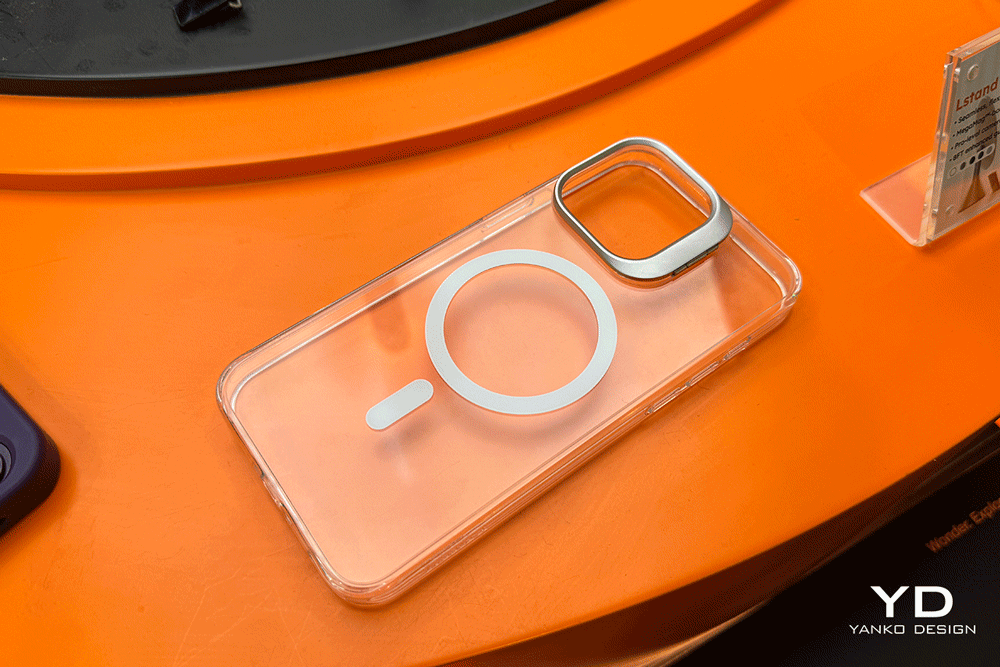
The two stands, while impressive, come backed by an Ipsos paper that puts Torras at the forefront of the upcoming phone stand trend. Ipsos mentions that the rise of digital nomads and of social media has prompted a lot of people to rely on their phone for staying connected, and entertained. Given that phones are now growing bigger, flatter, and heavier, it’s becoming more and more important to shift focus from merely ‘phone cases’ to phone stands that allow people to hold their phones better, and to rest them on surfaces for work, leisure, and everything in between. Phone cases aren’t going anywhere, because people inherently need to have protective accessories for their expensive smart-devices… but more than 52% of people mention that they want their phone cases to have a hands-free feature, while a staggering 59% mention the need to still maintain a minimalist sleek design. The Ostand R and Lstand (along with Torras’ other stands) maintain these considerations, resulting in smartphone accessories that don’t protect the phone… they enhance the phone’s experience too.
When asked about TORRAS, the Ipsos study revealed: “Through continuous innovation and research and development, TORRAS integrated upgraded protection and portability, restoring the design style of bare phones. At the same time, it pioneers a new design of phone case with the combination of kickstand and magnetic suction, which performs excellently and has won many international design awards, patented innovations, and industry honors, leading the development and progress of the kickstand and magnetic suction phone case products.” They added that “TORRAS is the next generation of phone cases.”
Click Here to take a look at the Ipsos study on the future of Phone Stands
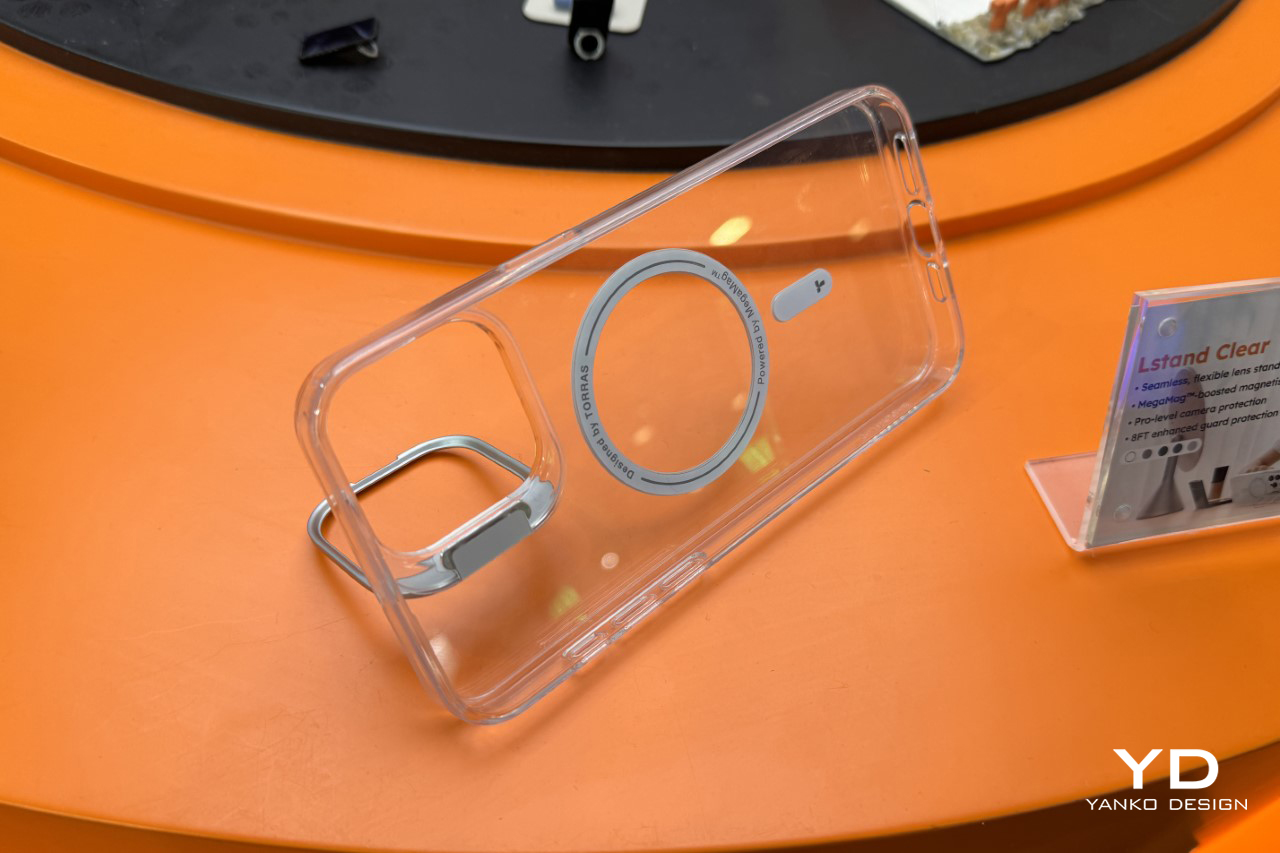
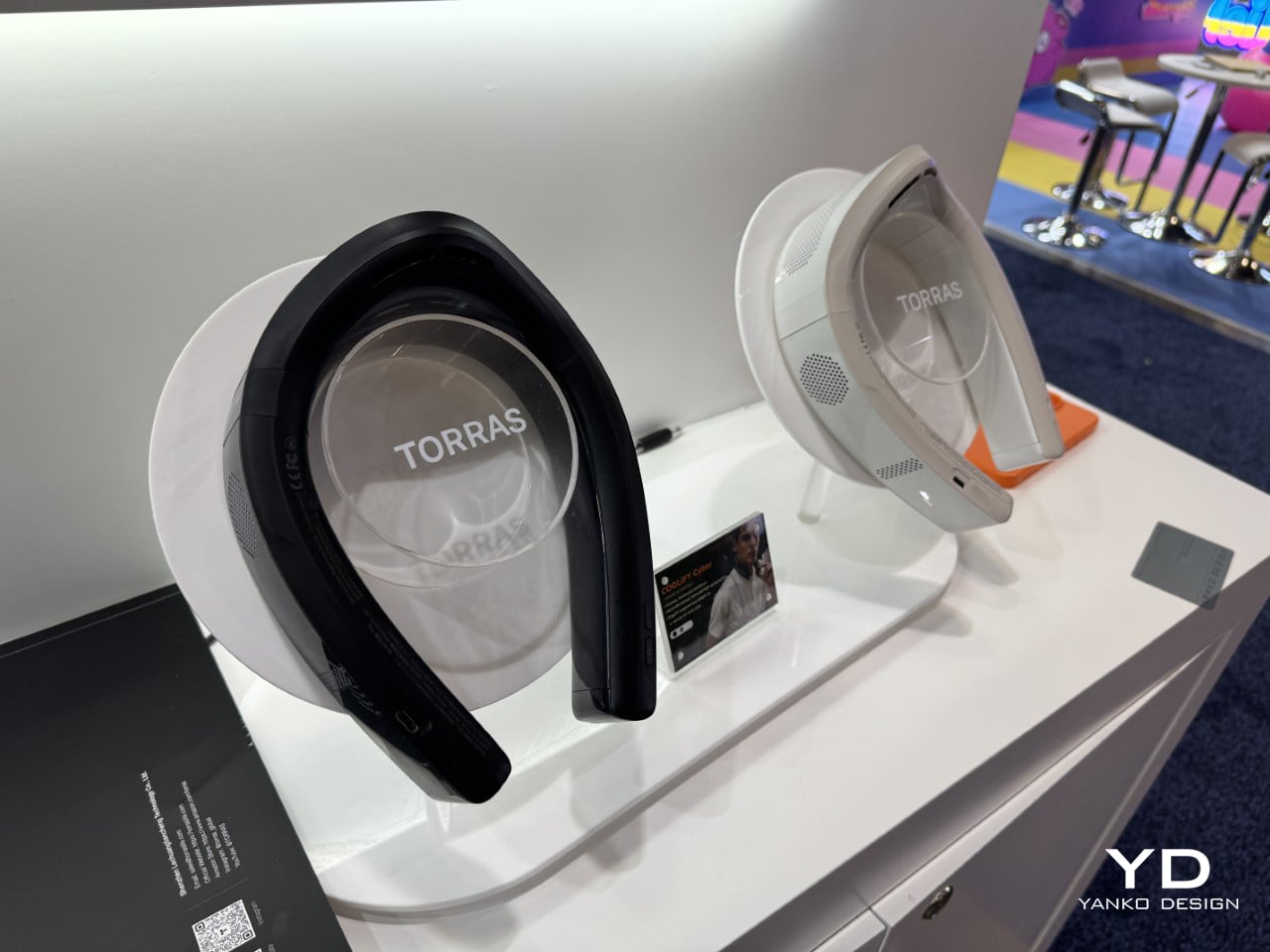
The COOLiFY range also saw some changes with the Cyber, TORRAS’ latest neck wearable. Building on the existing line, the COOLiFY Cyber comes with a larger cooling plate and air ducts, creating a bigger impact. The air ducts blow wind (cold or hot) towards the neck and face, while the cooling plates rely on an electric current that passes through a semiconductor to rapidly cool down. With 3 speed settings to choose from, 3 heat/cool plates, and a total of 36 outlets, the COOLiFY Cyber is the equivalent of wearing an air conditioner on your neck.
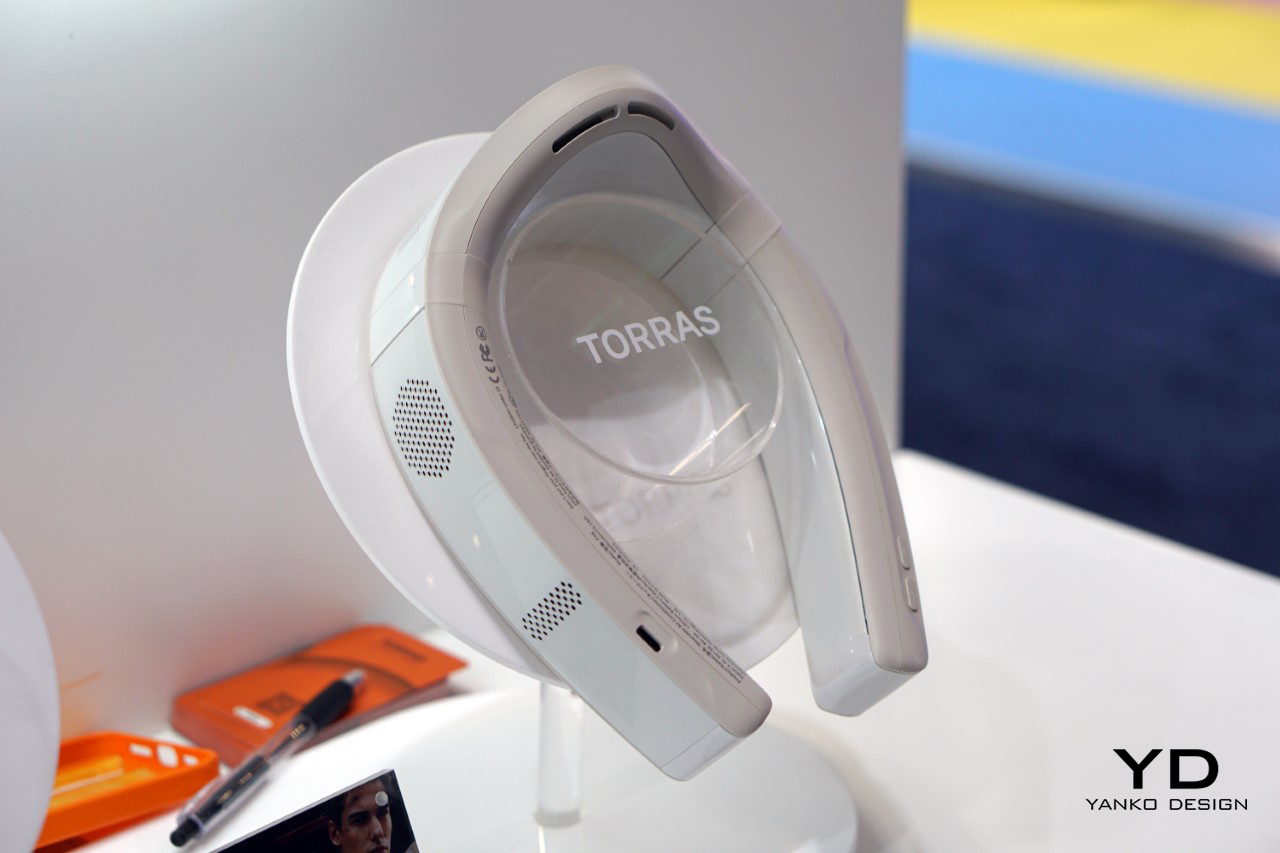
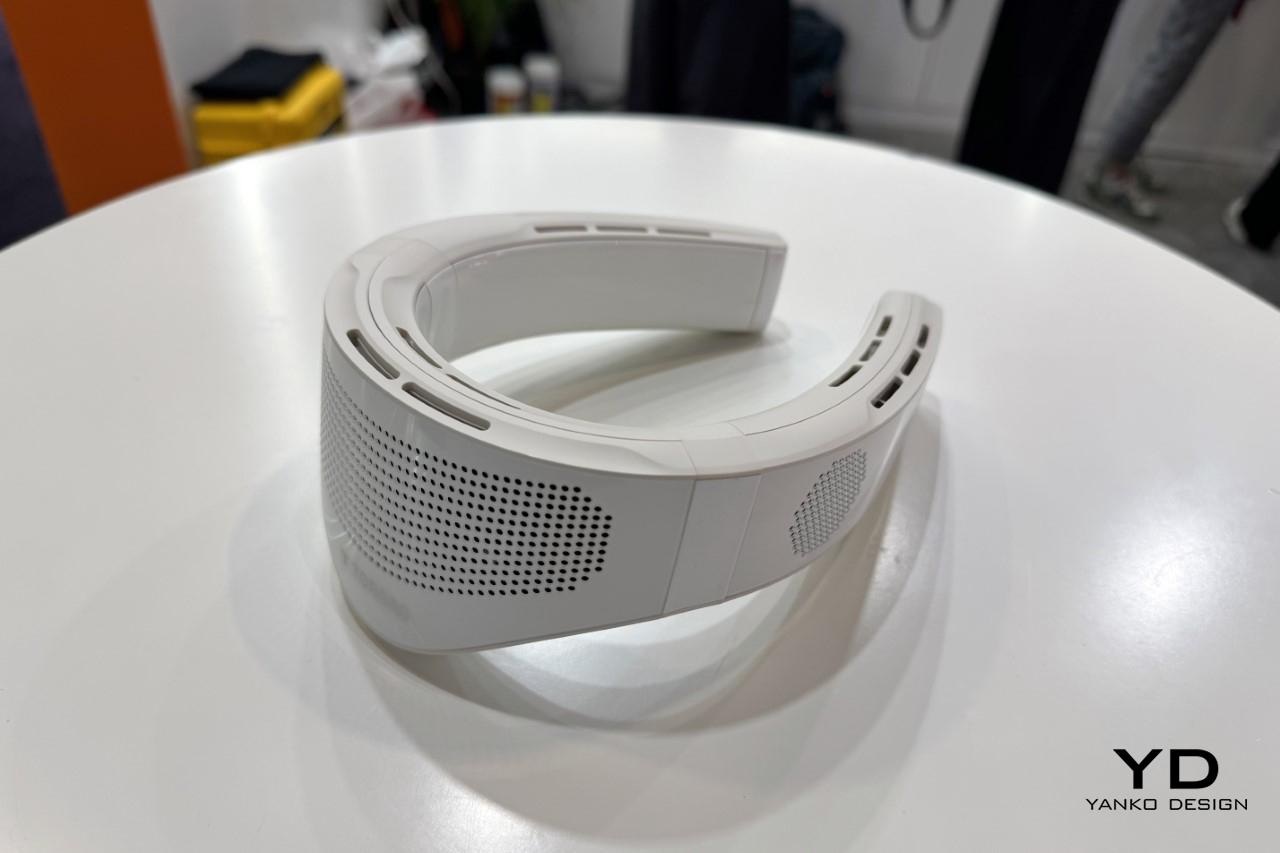
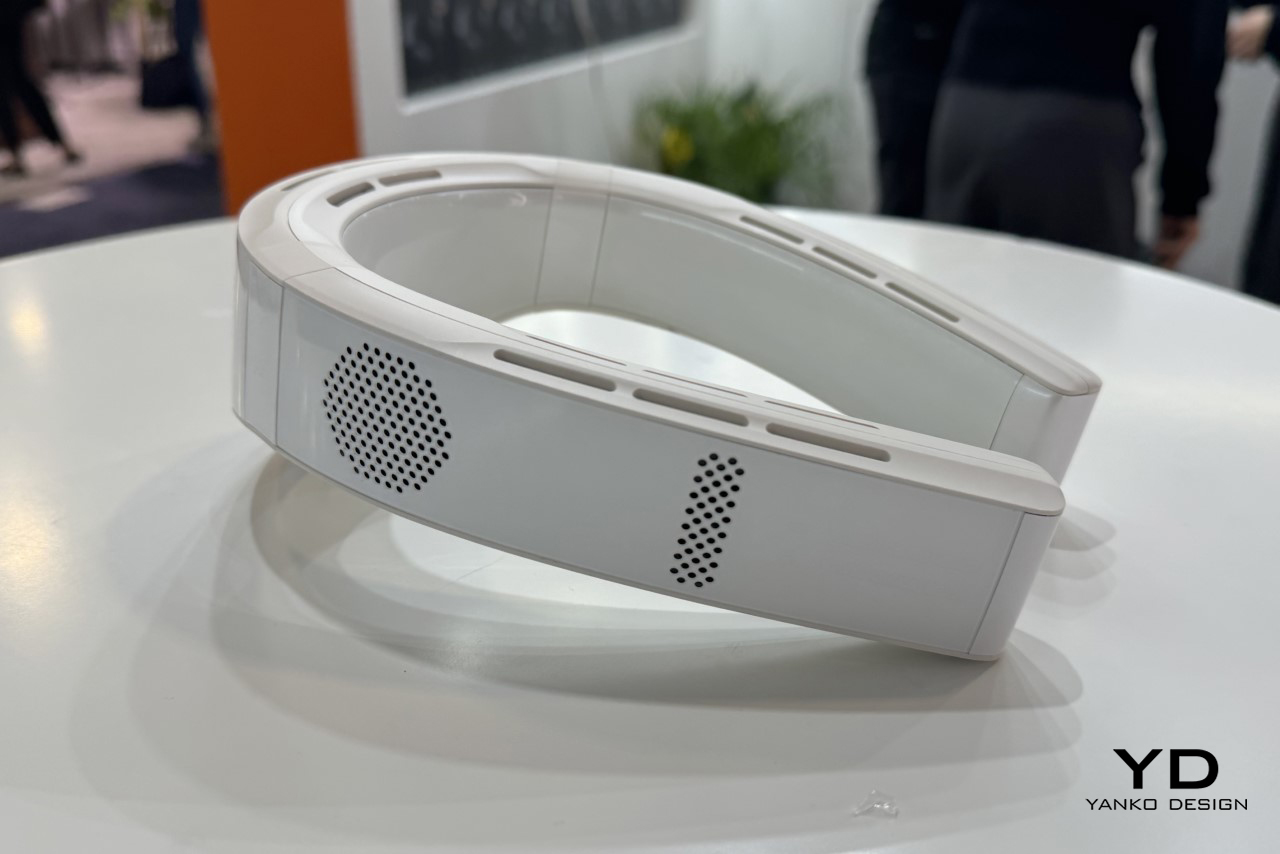
The COOLiFY Cyber sports an incredibly slick design that can easily be worn around any neck thanks to its flexible horseshoe-shaped design. It’s made to be lightweight, it charges via USB-C, and from personal experience, it feels a lot like wearing an ice or heat pack around your neck – something you’ll probably appreciate in the harsh summers and winters. The neck’s unique location (near the face and connected to the spine) makes it a perfect spot for something like the COOLiFY Cyber, as its cooling/heating effect can be felt all over you (and not just your neck). The COOLiFY Cyber is slated to launch around March, which is when additional details like battery life and pricing will emerge.
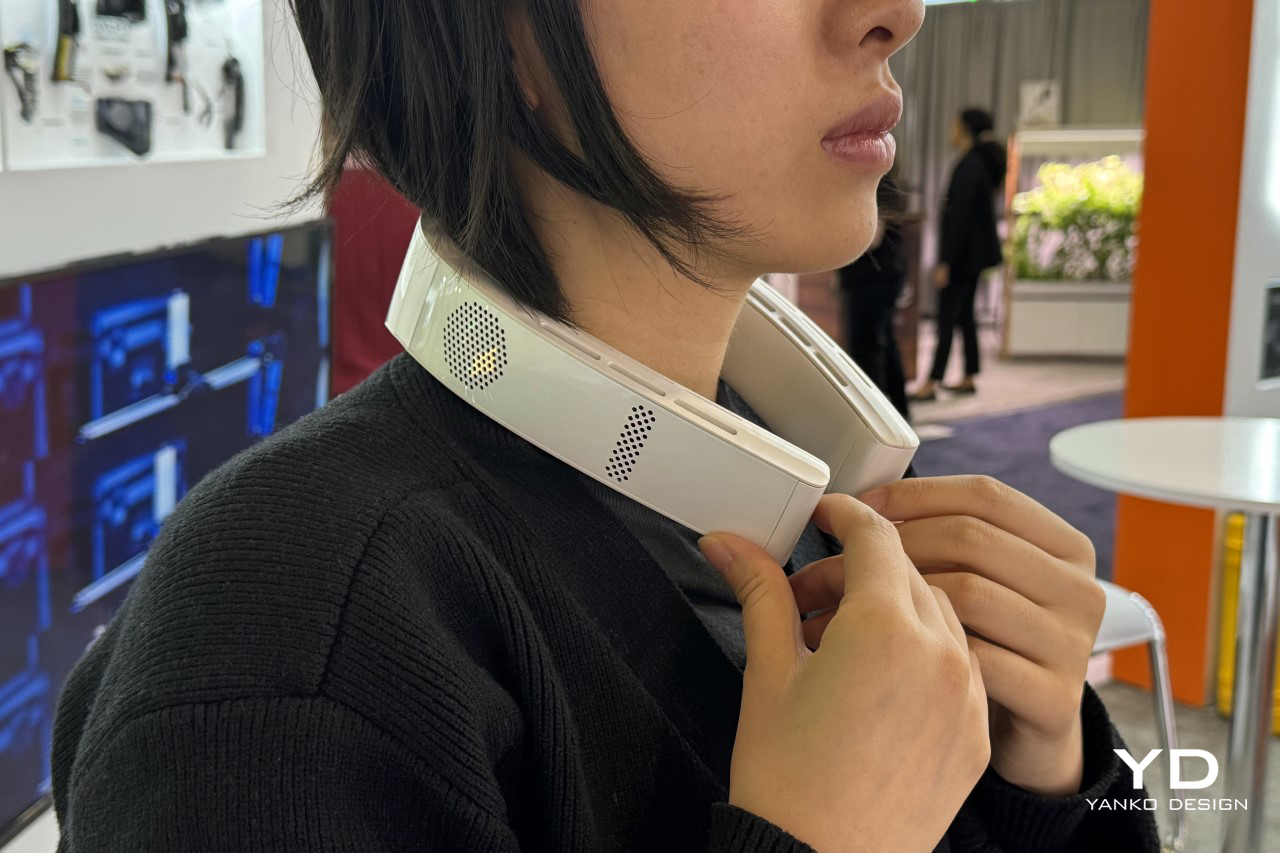
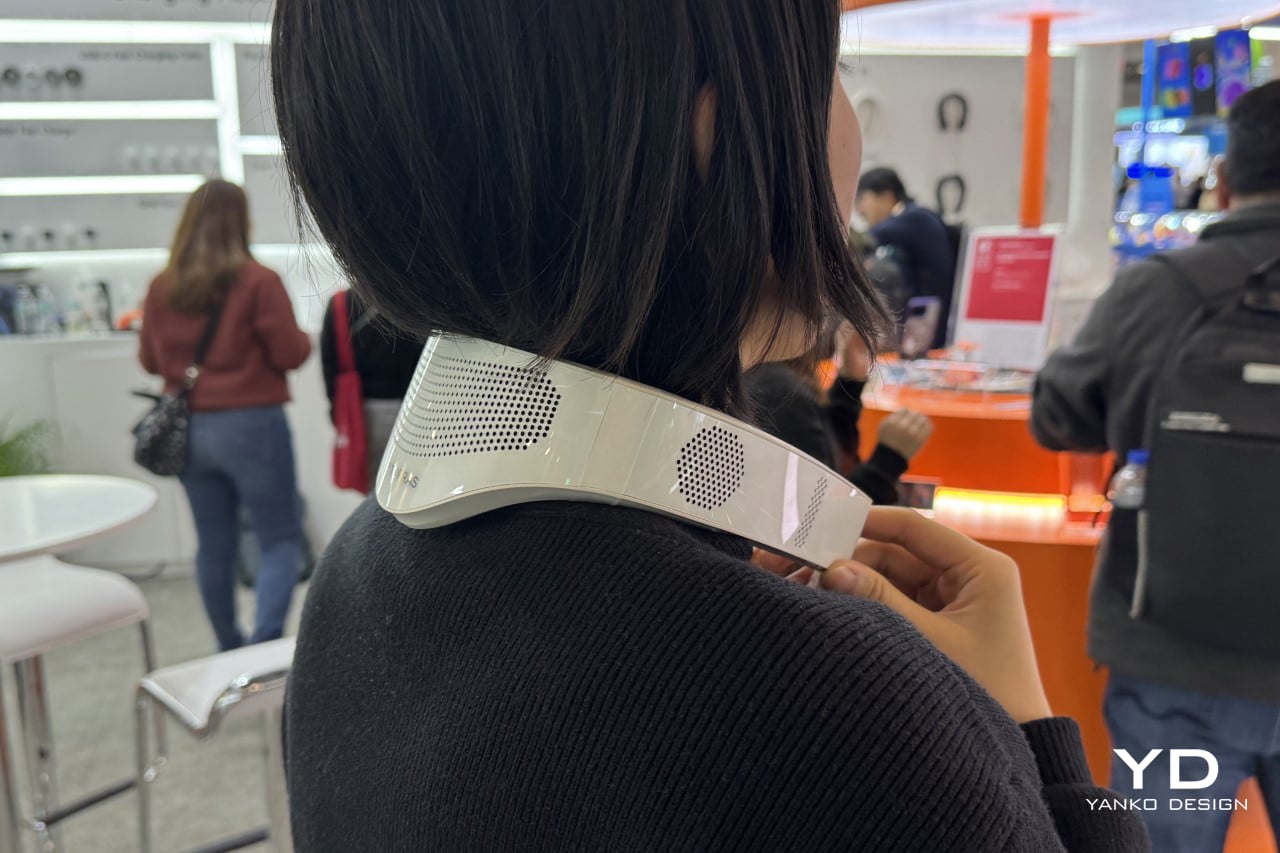
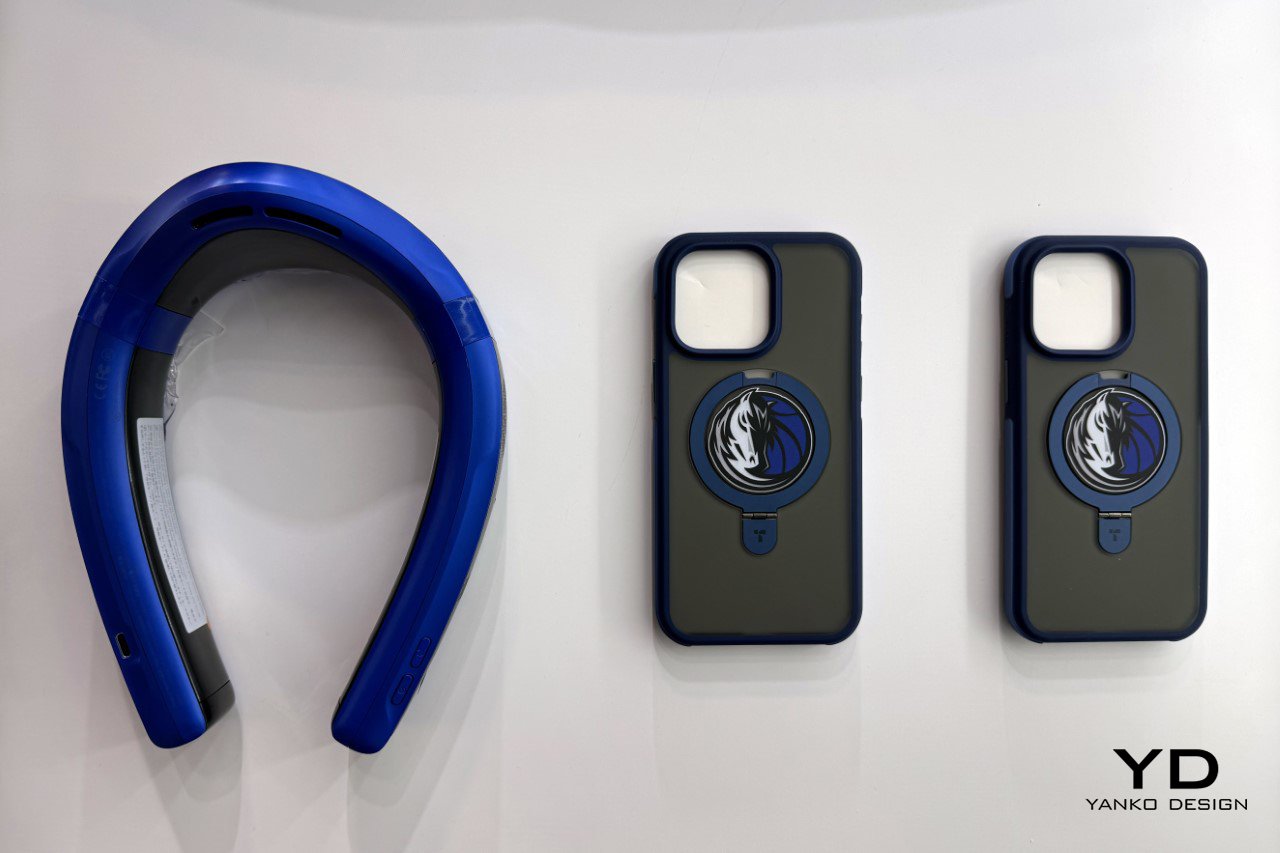
TORRAS even partnered with the Dallas Maverick to create special Mavs-branded merchandise for them and their fans
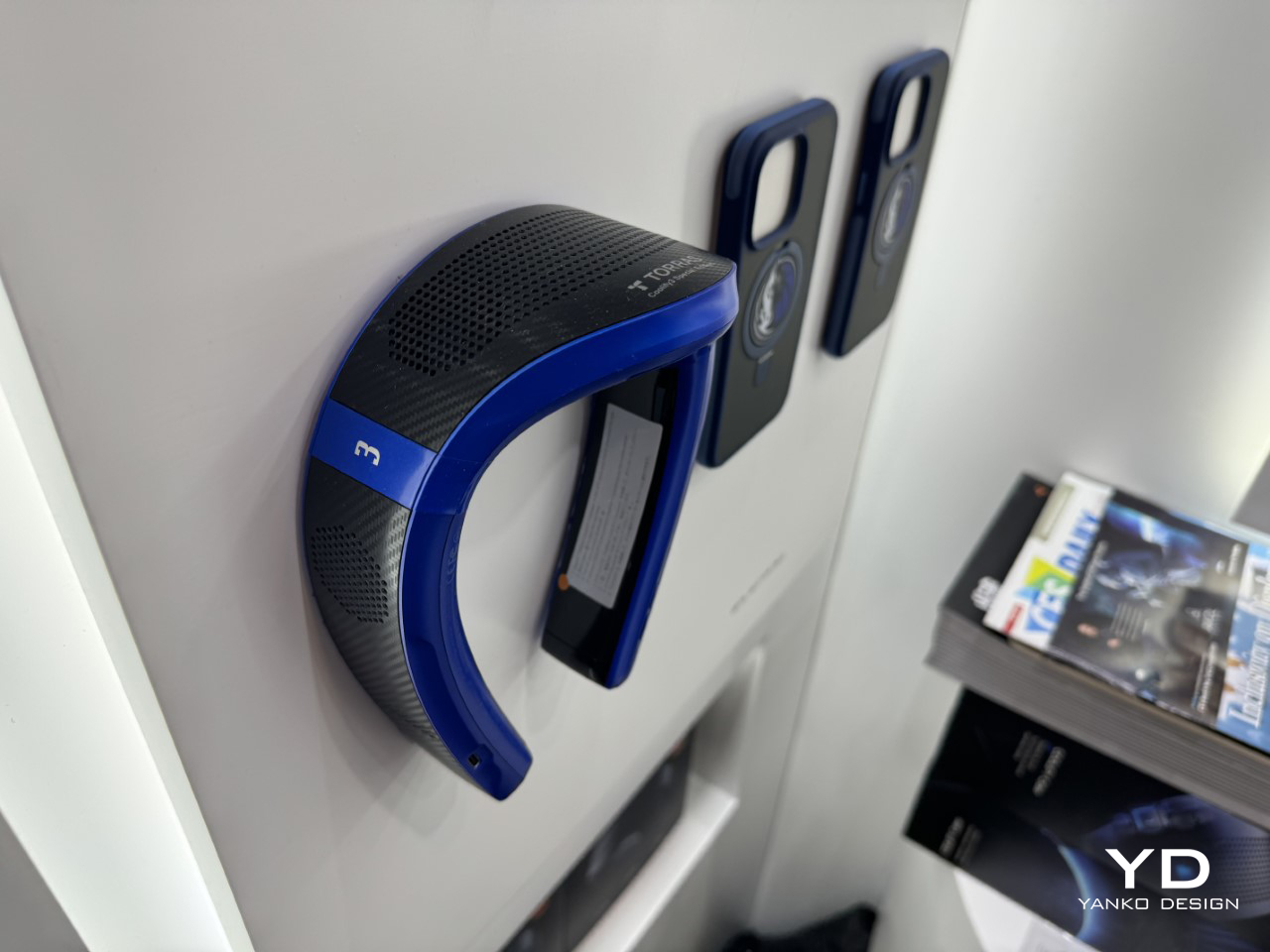
Click Here to Buy a TORRAS COOLiFY Portable Air Conditioner (20% Off)
The post Regular Phone Cases are Dead… These Phone Stands from TORRAS offer Ultimate Hands-free Ergonomics first appeared on Yanko Design.

